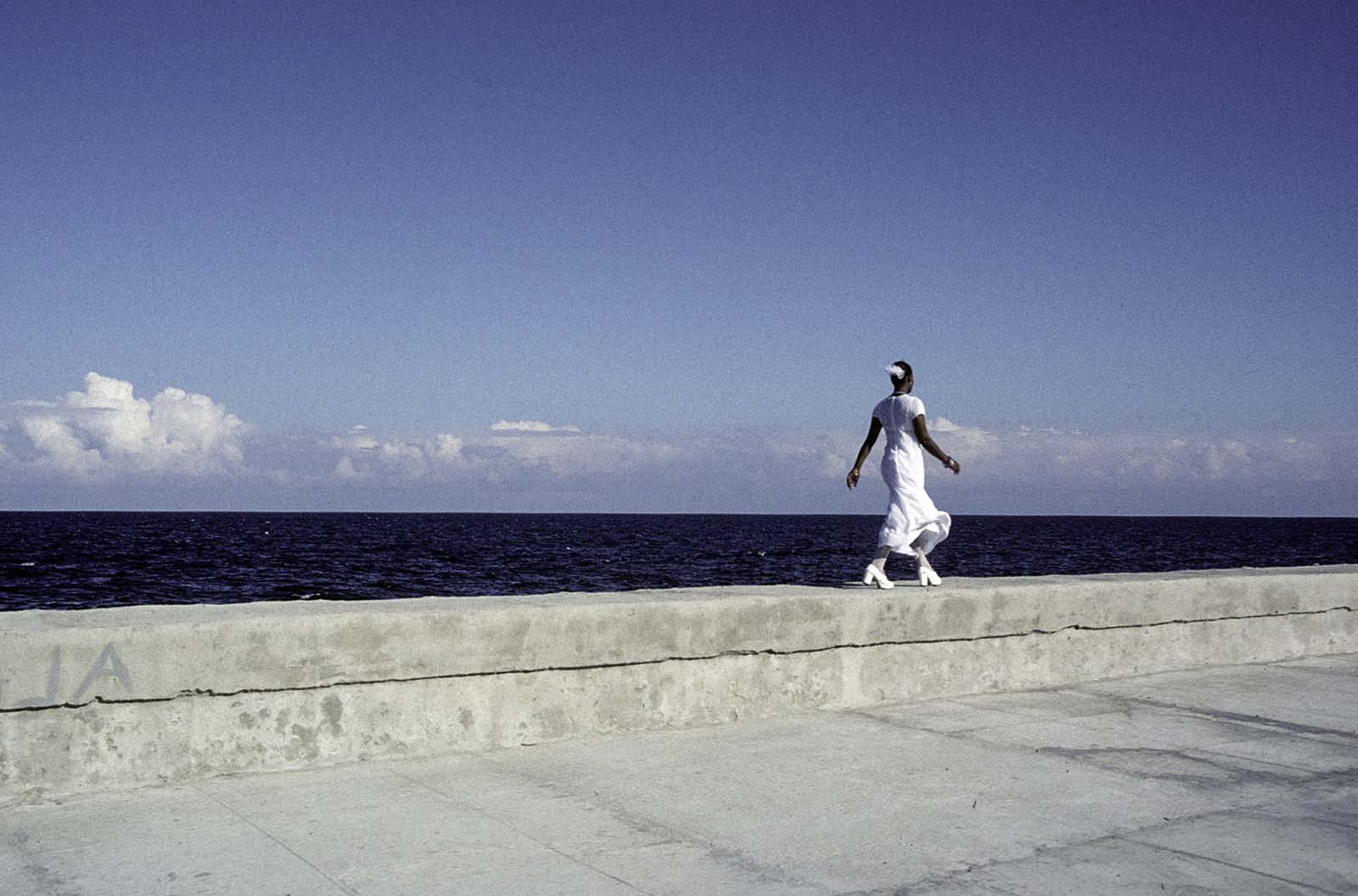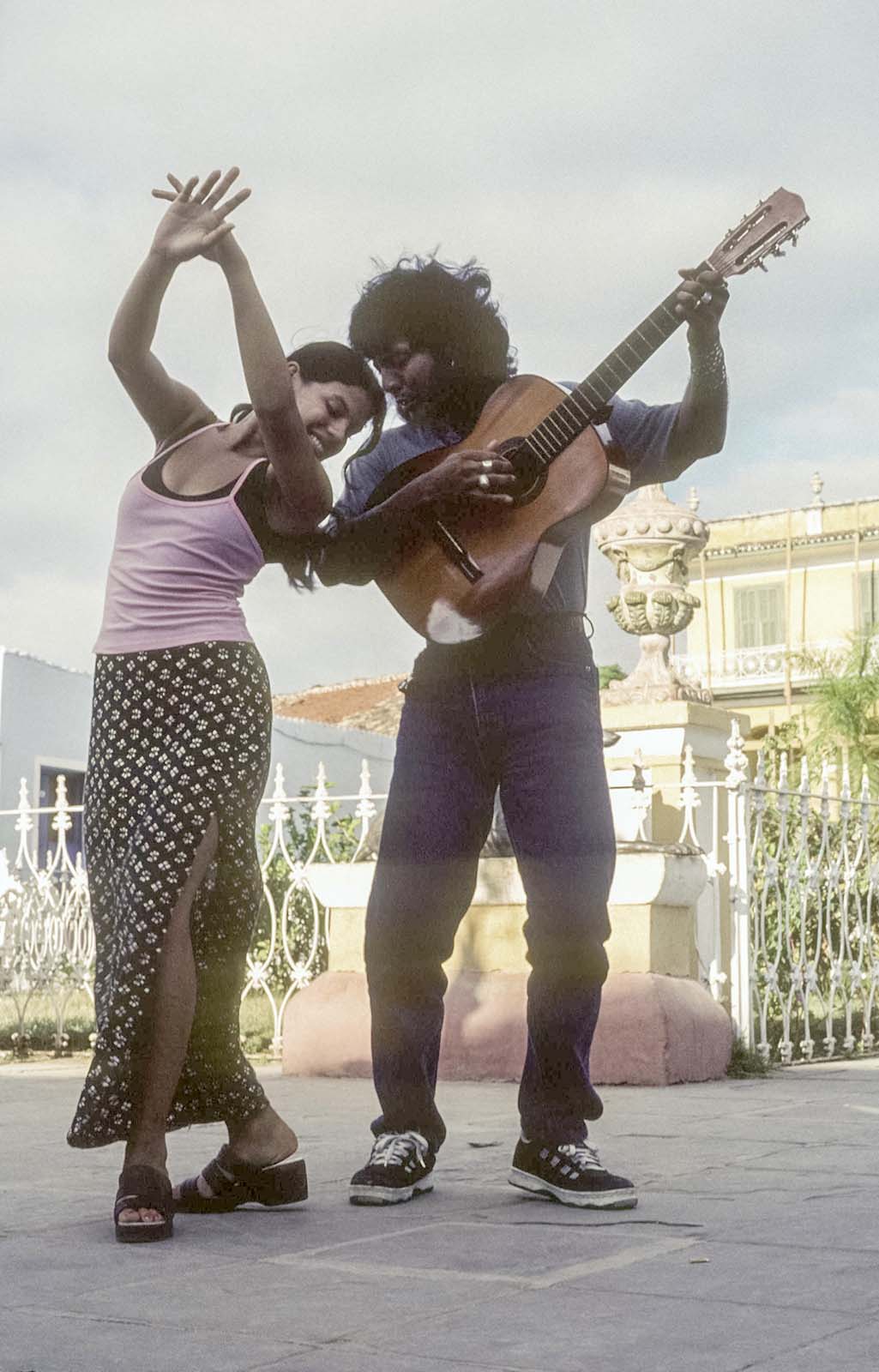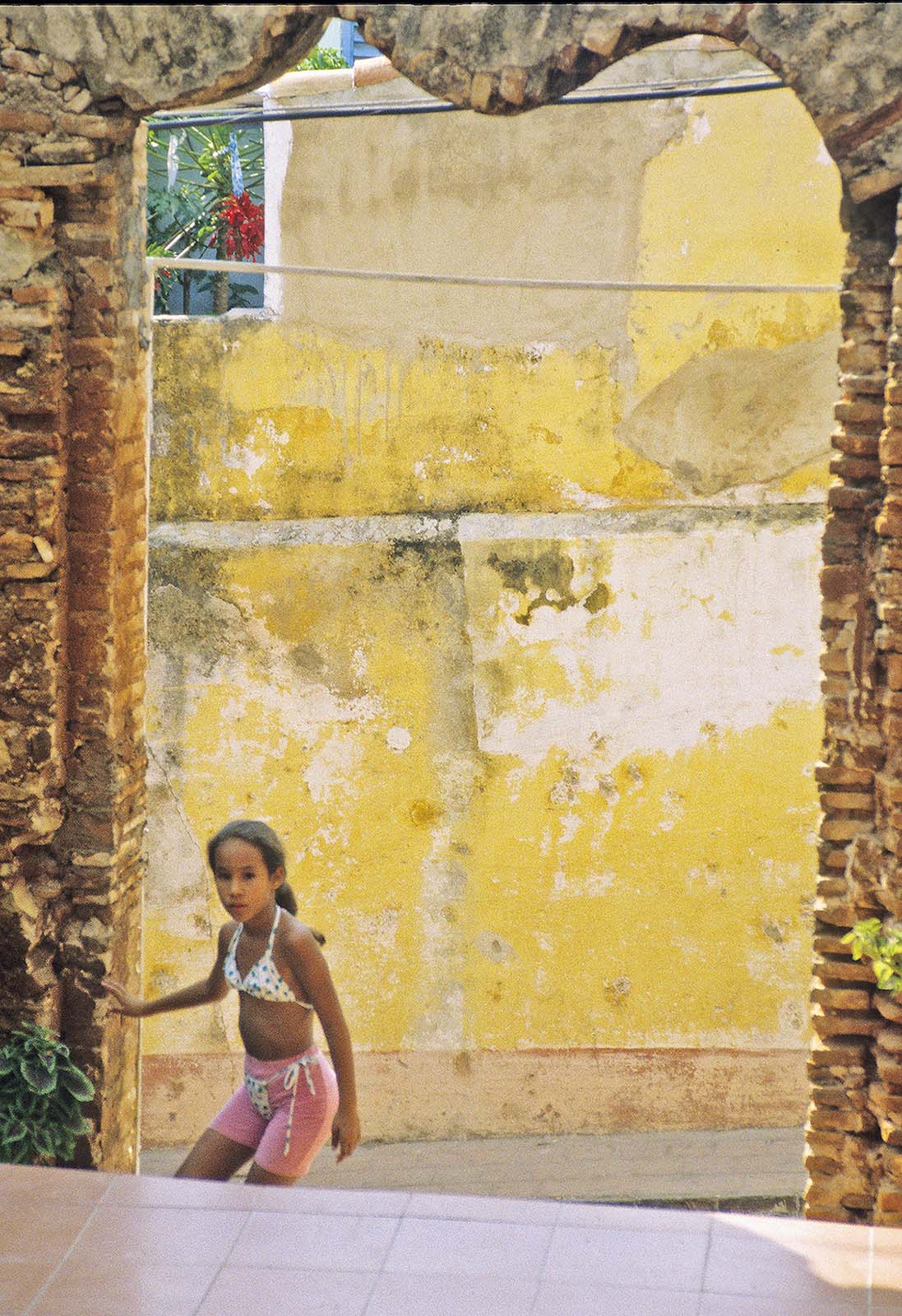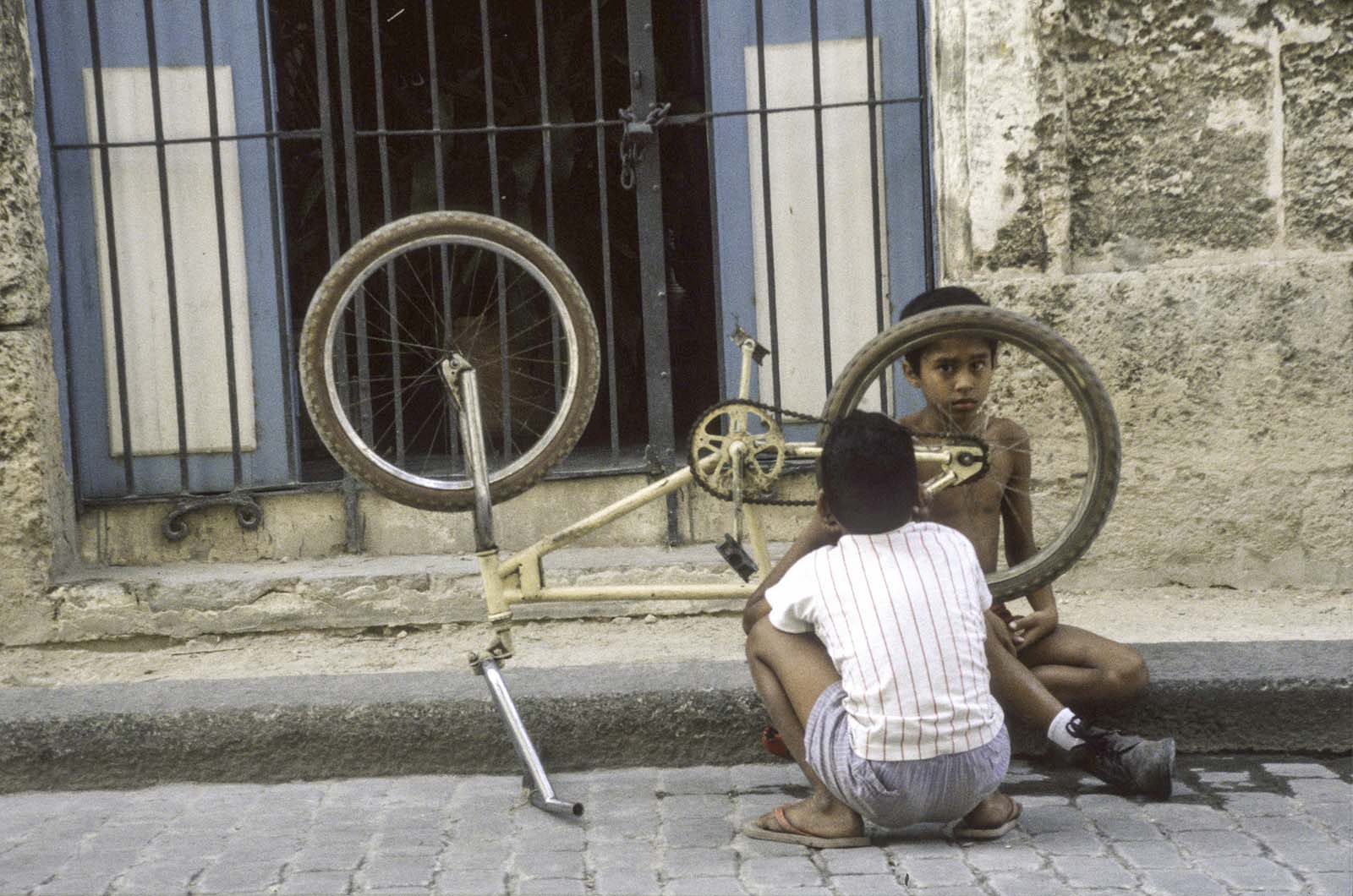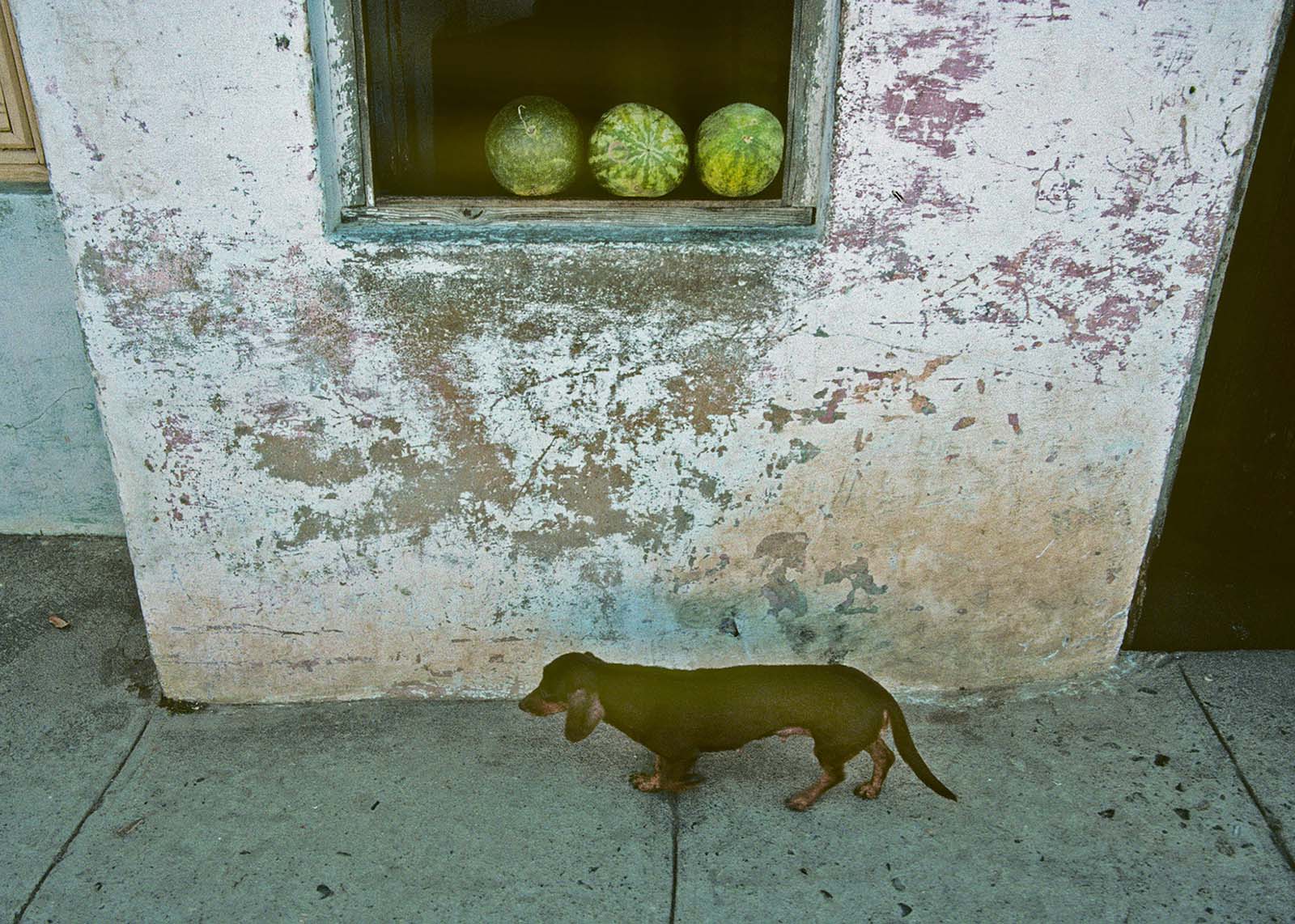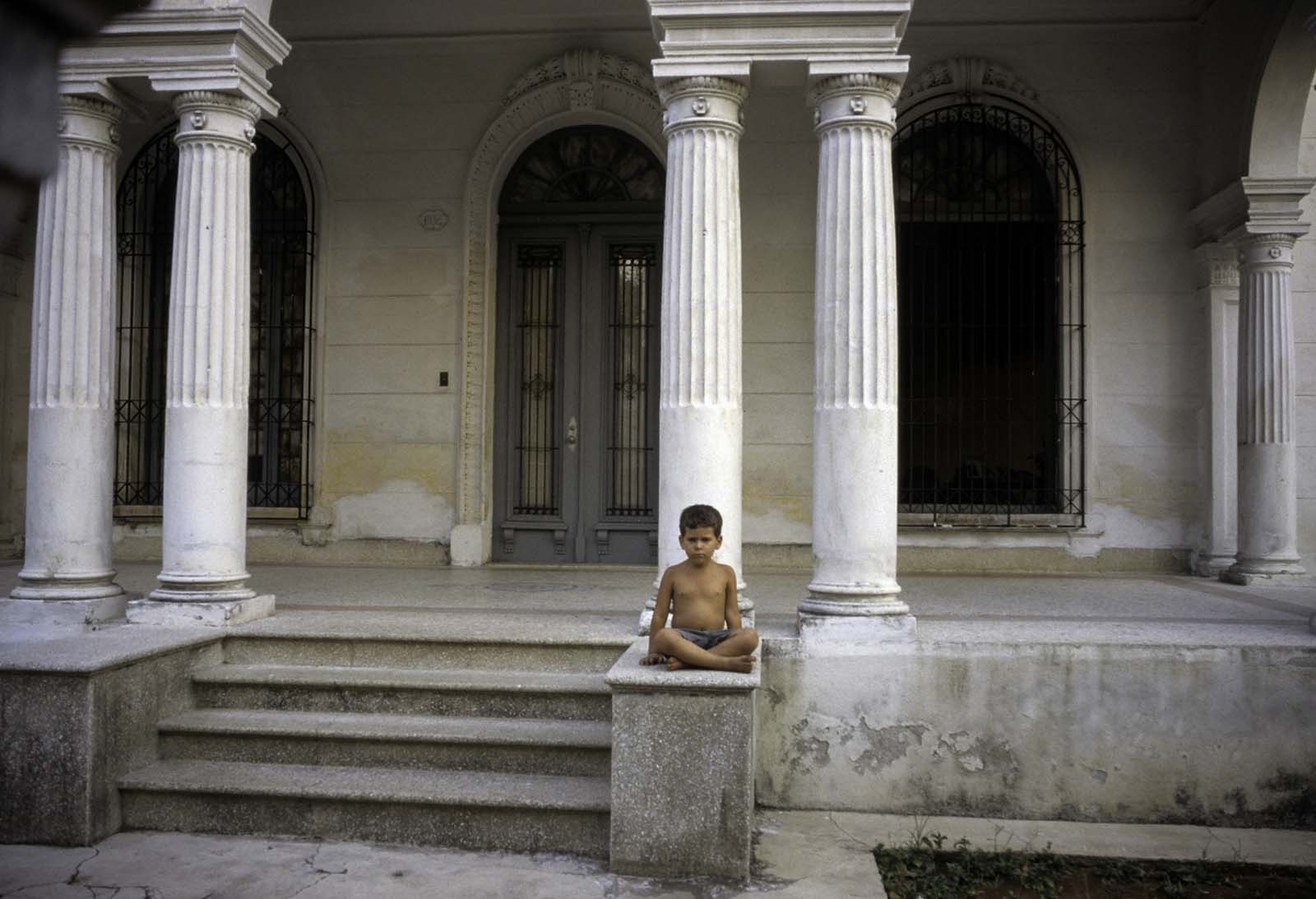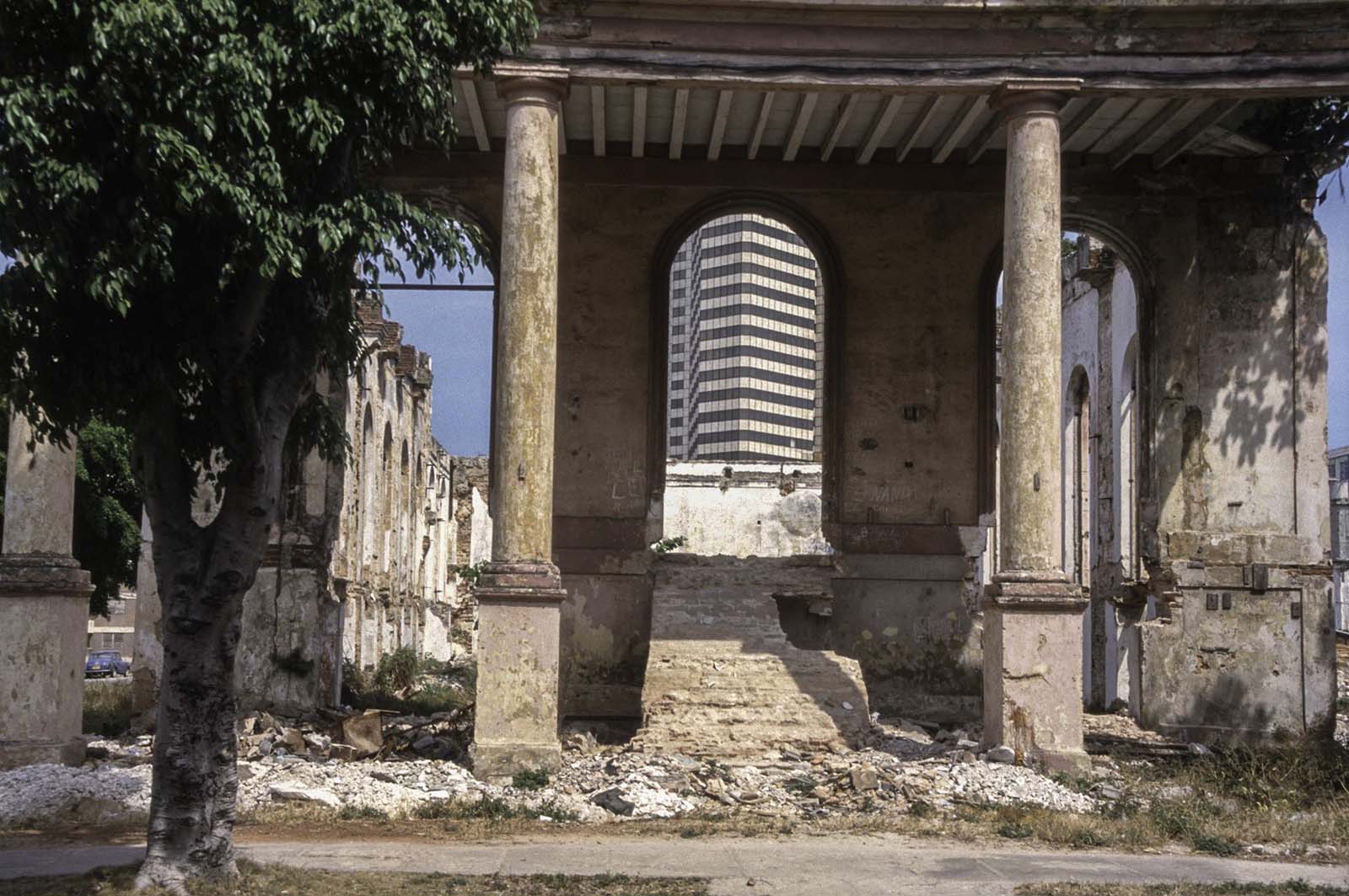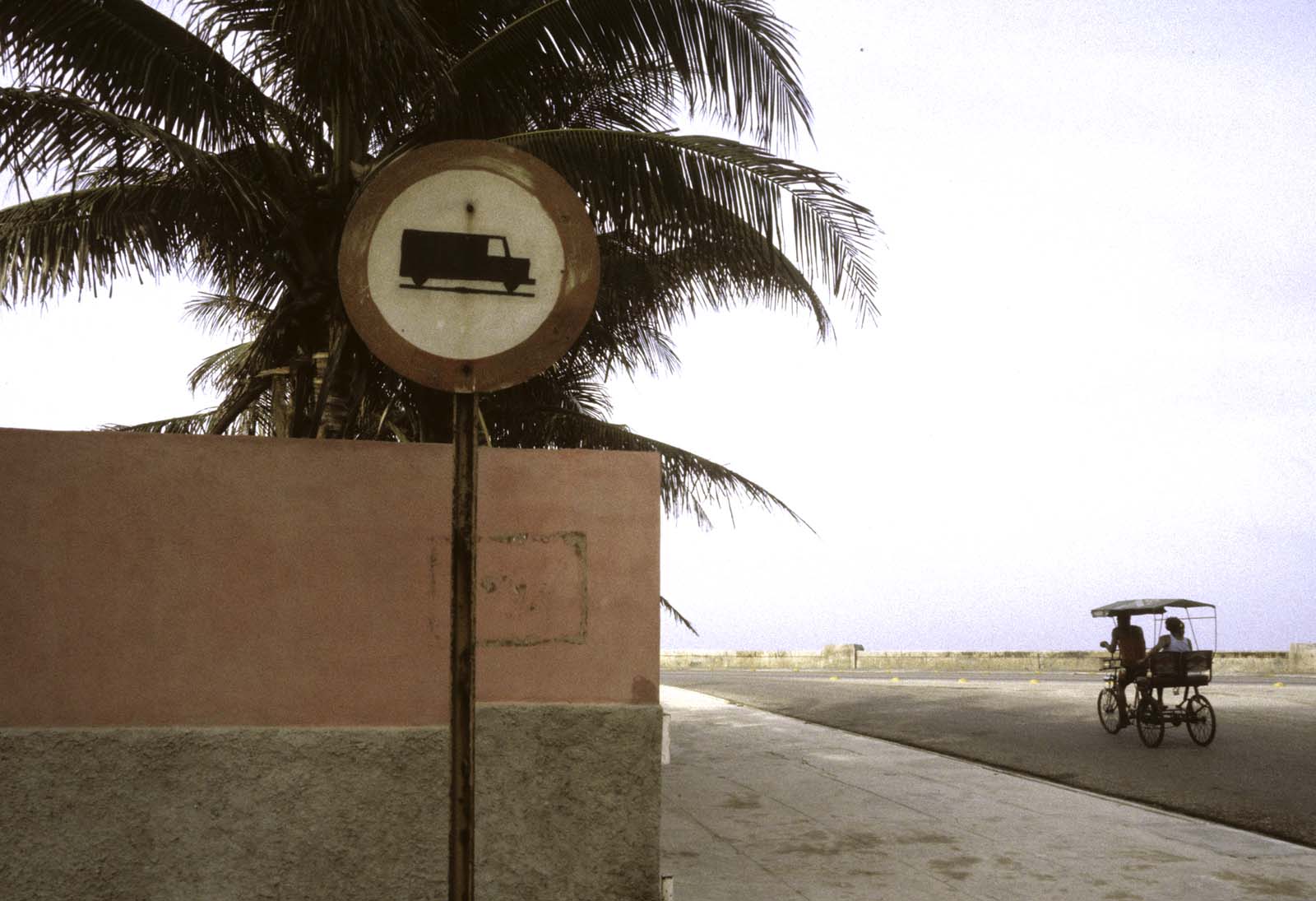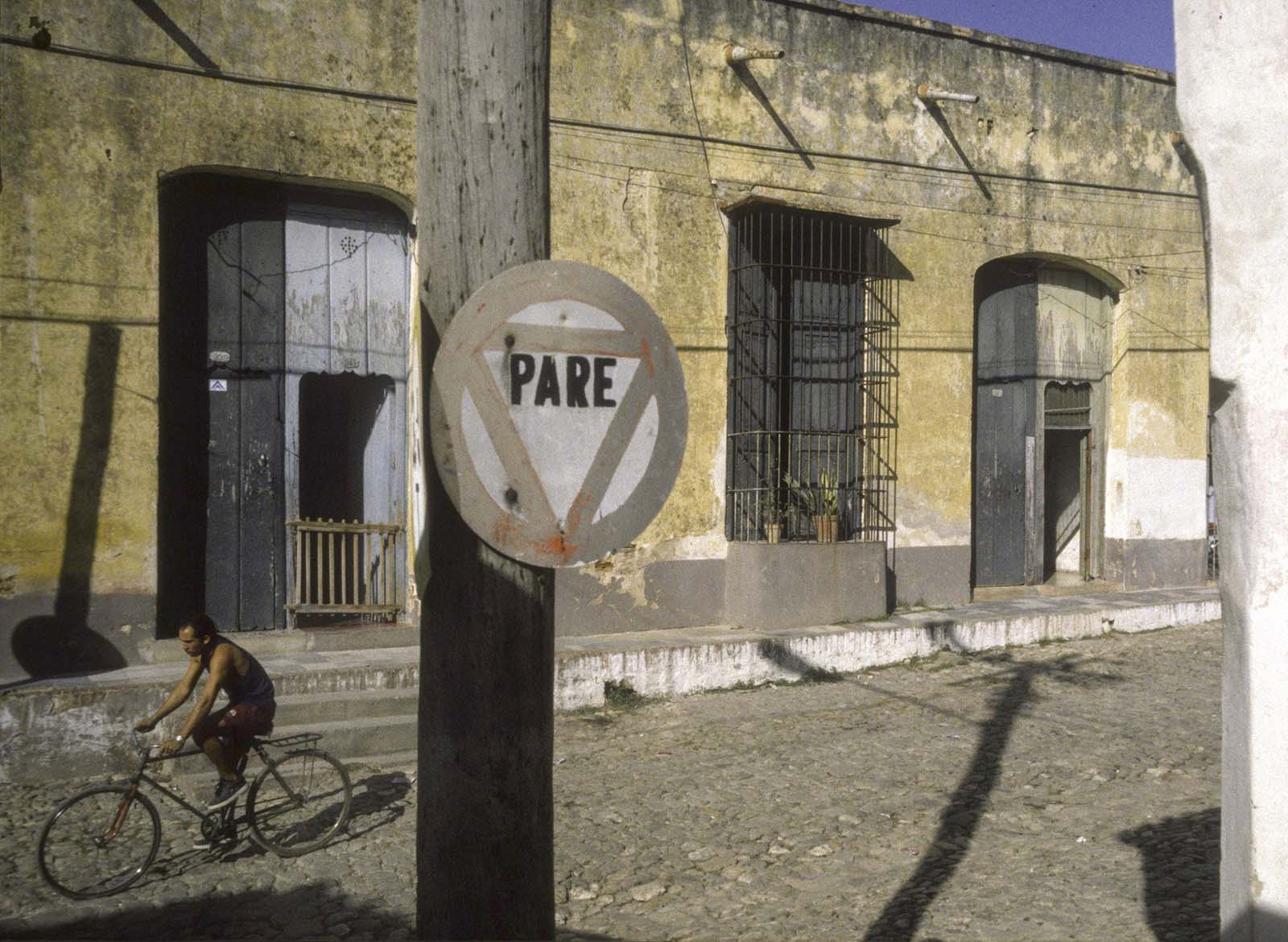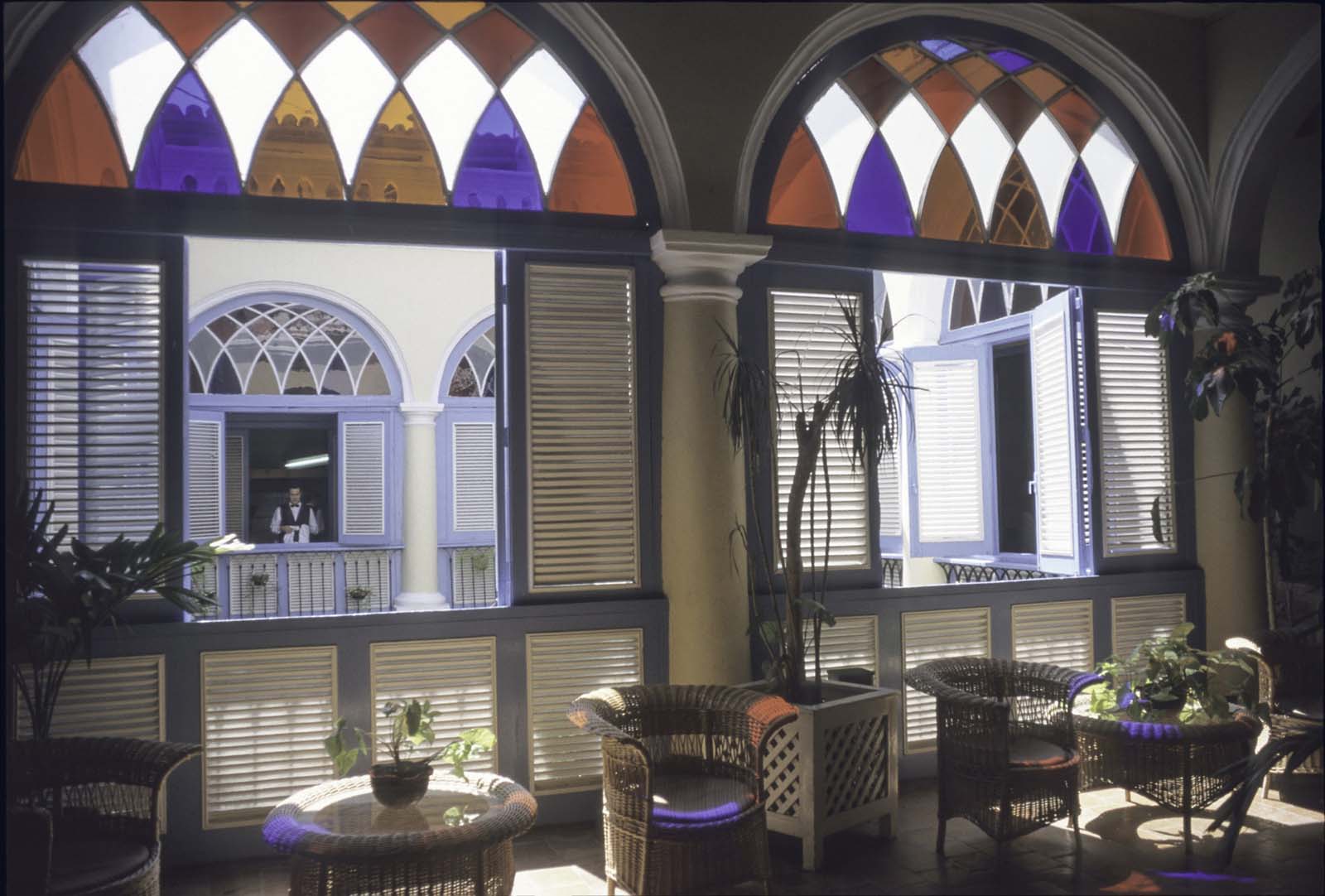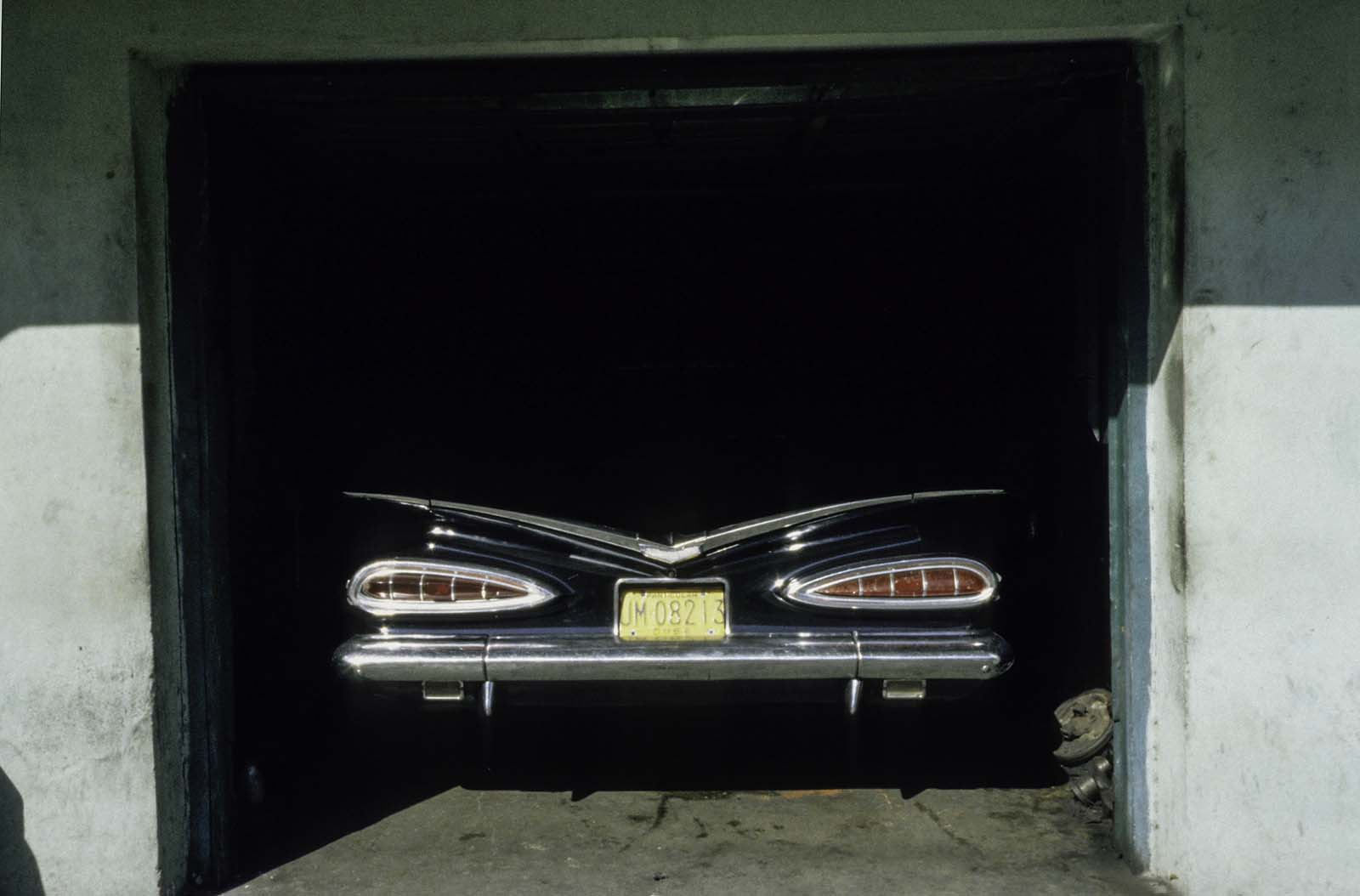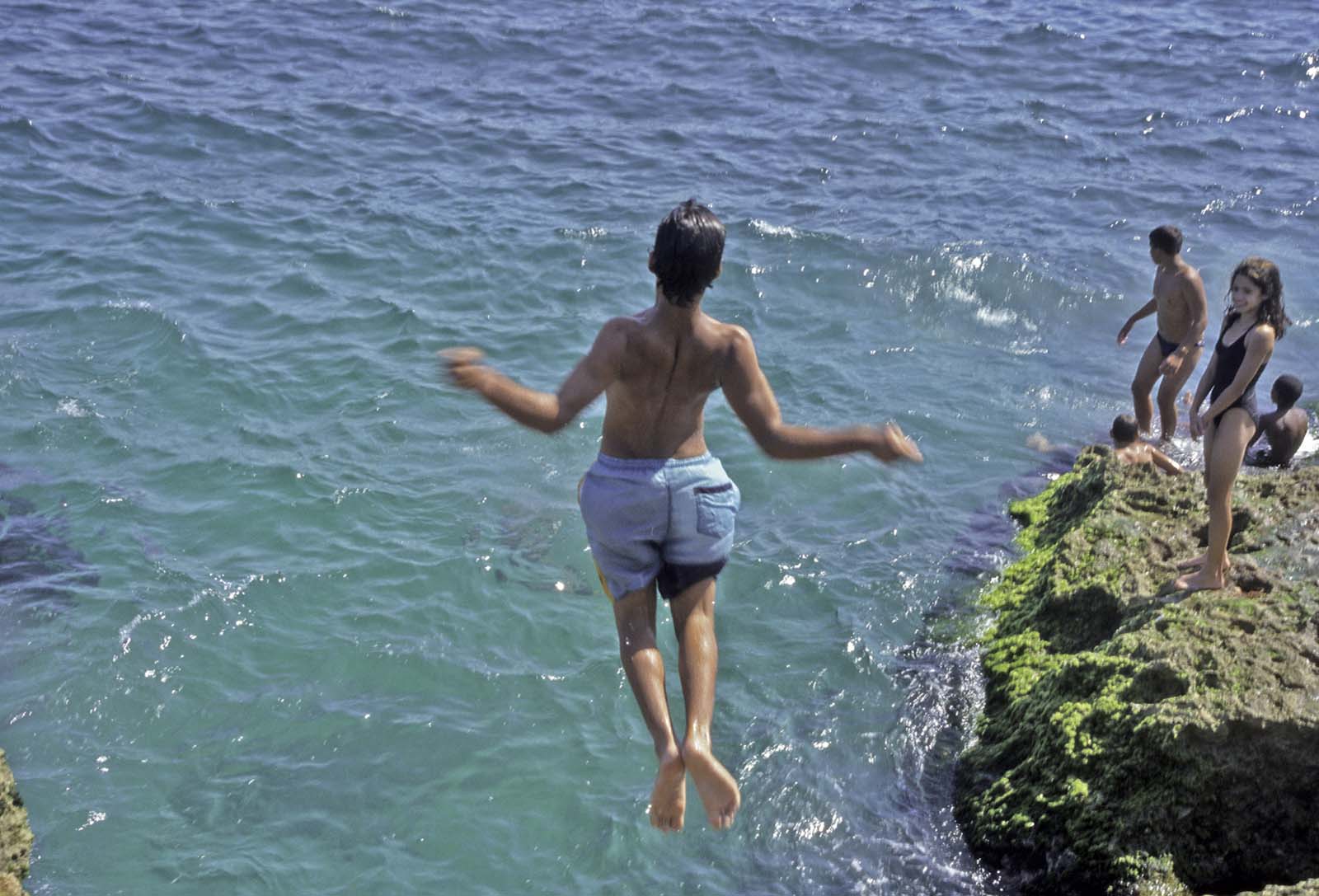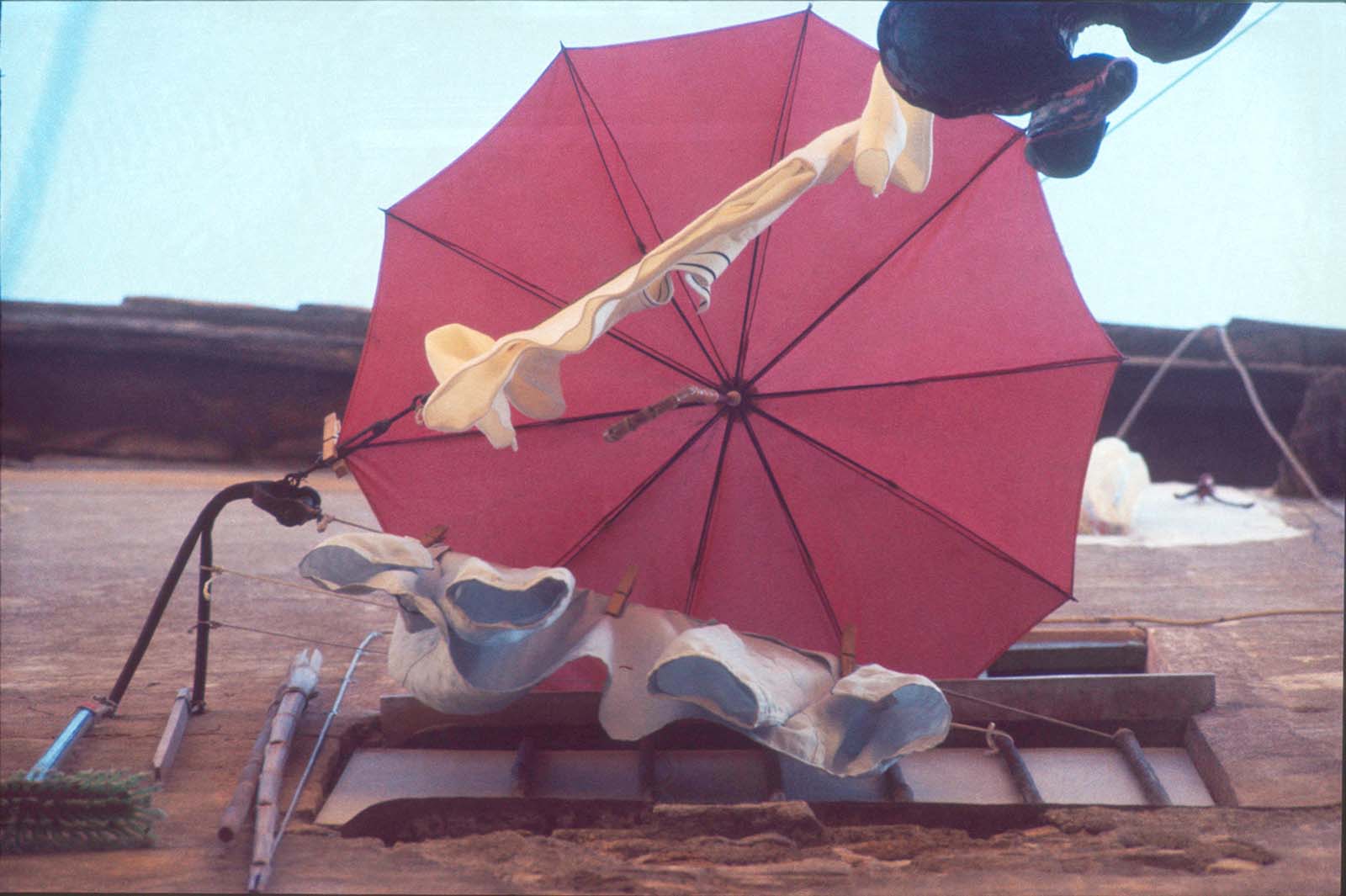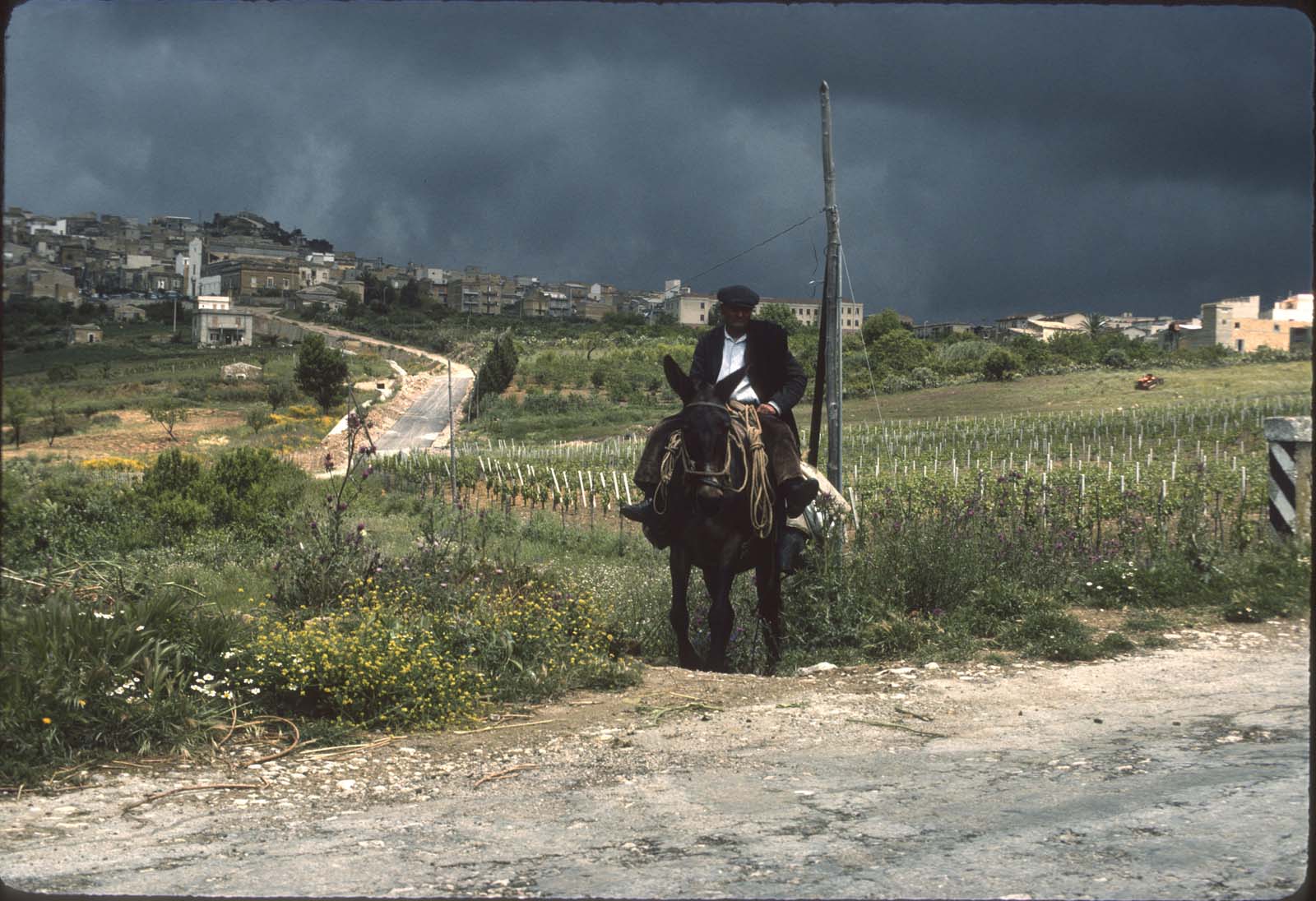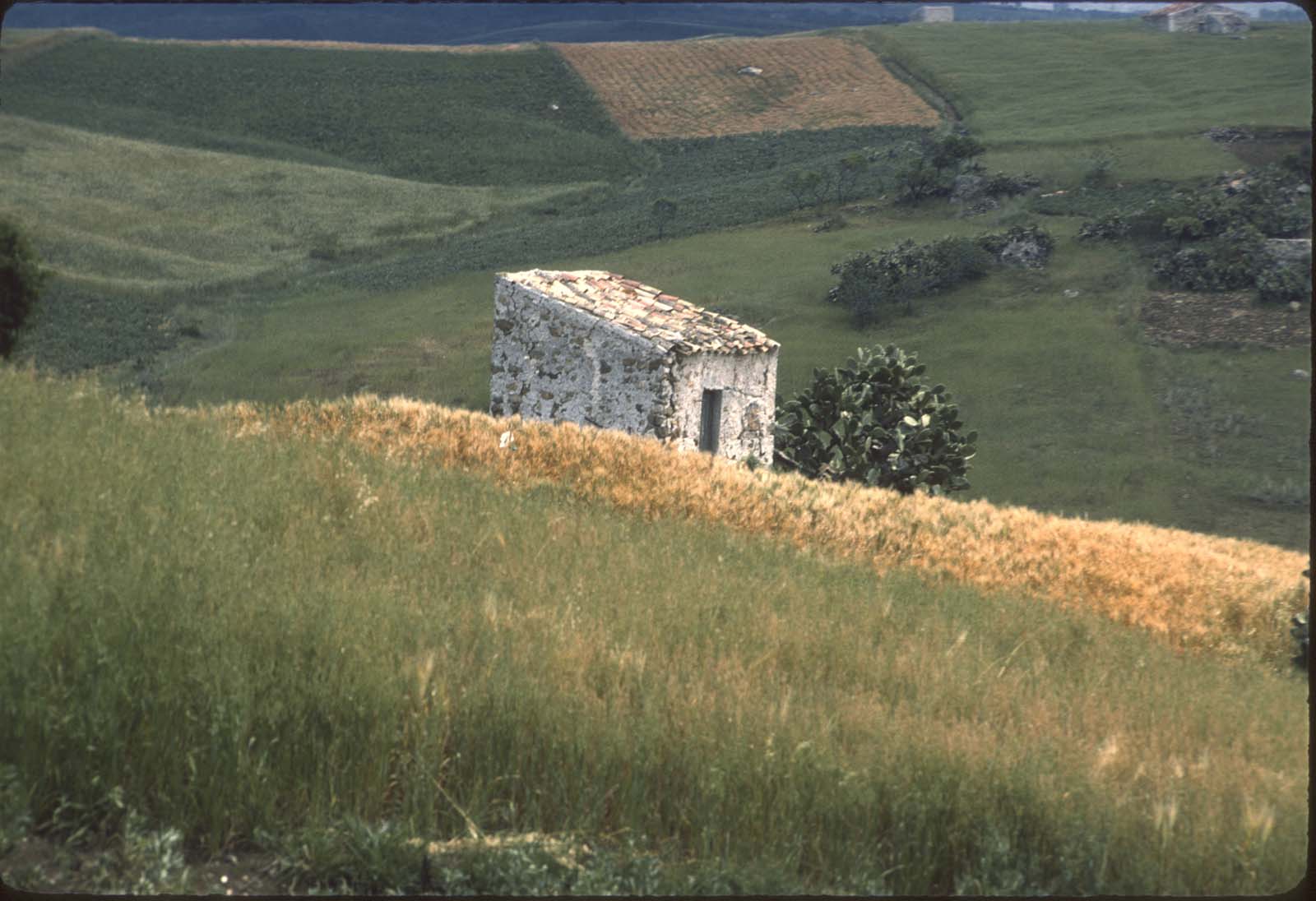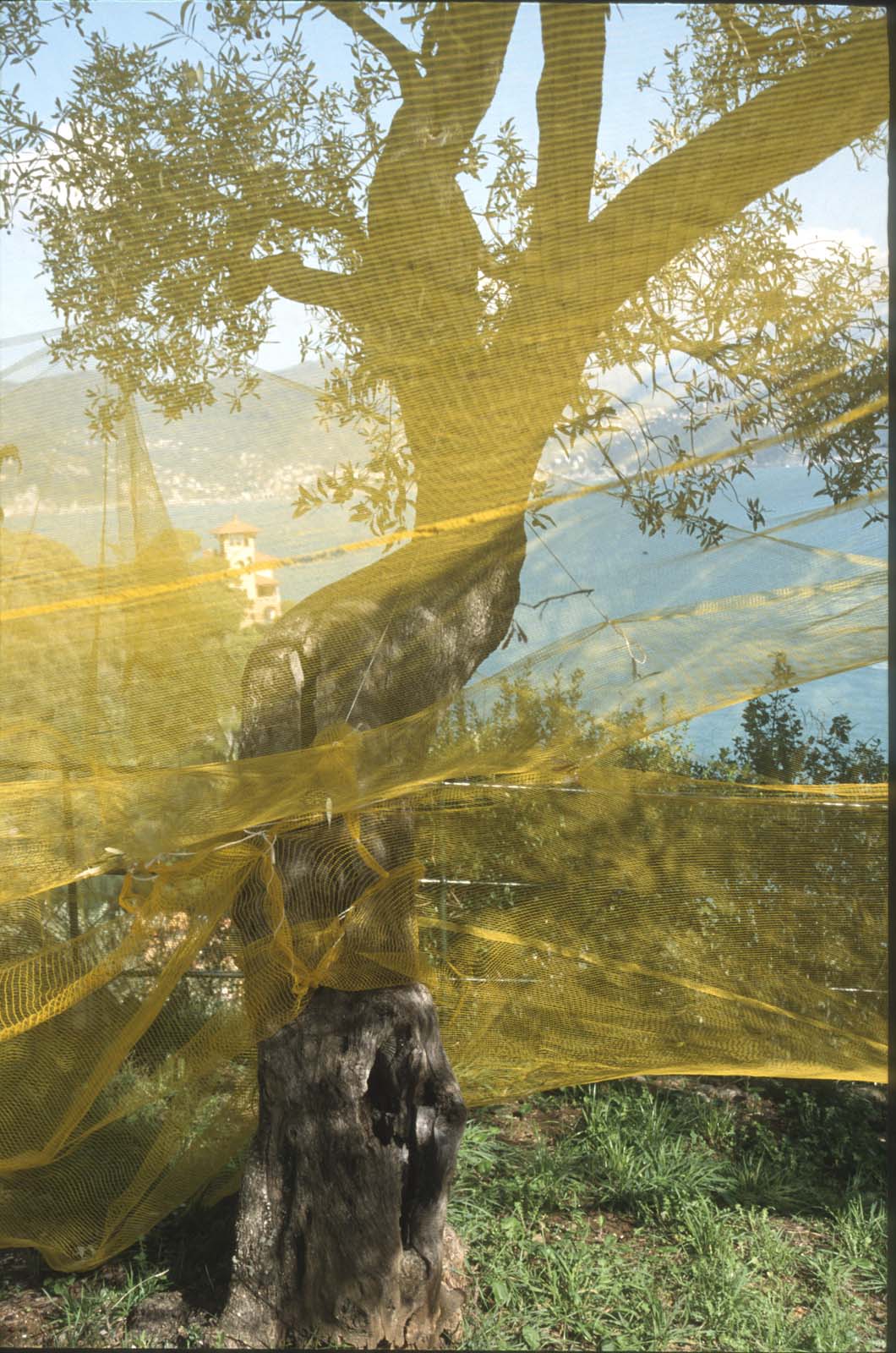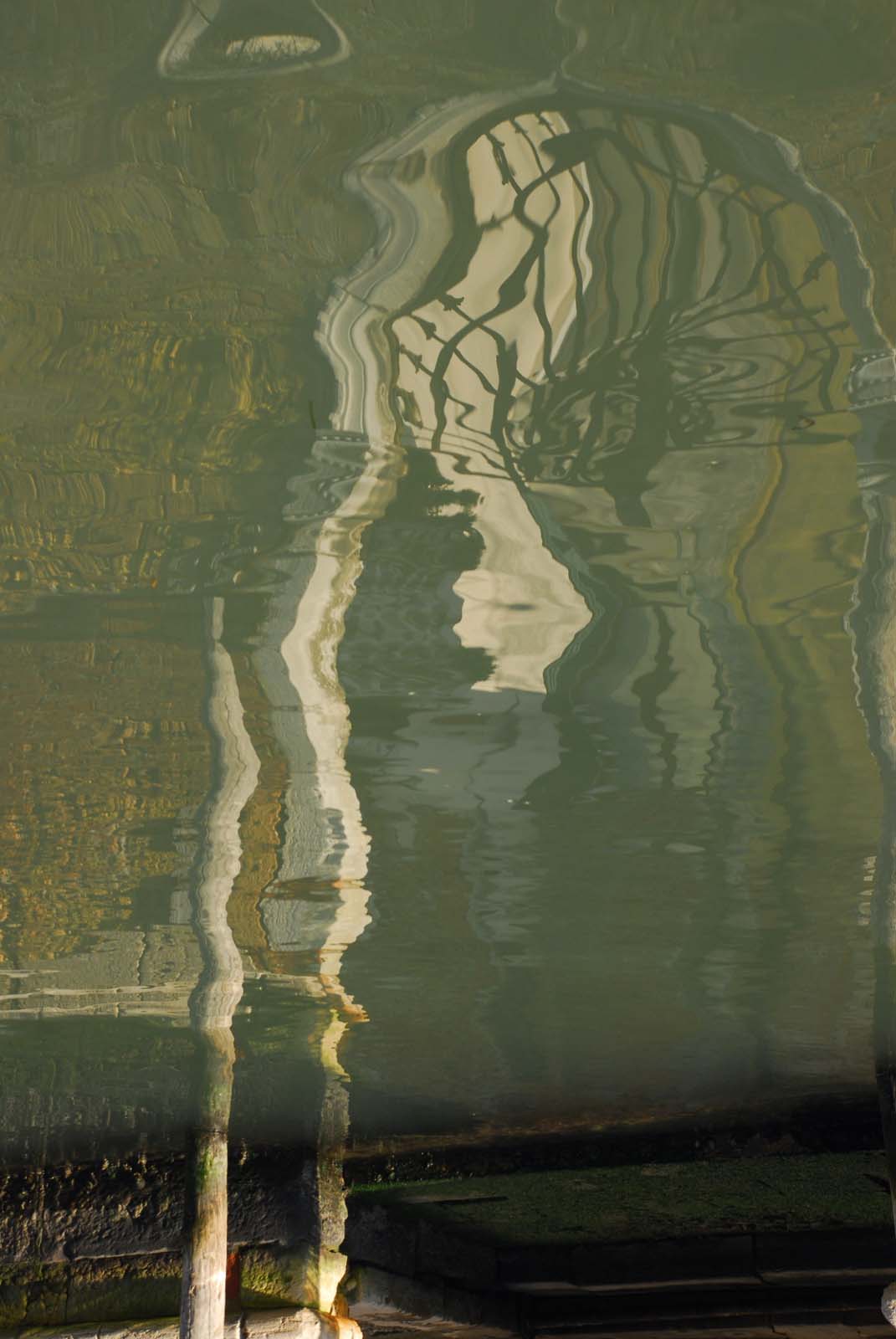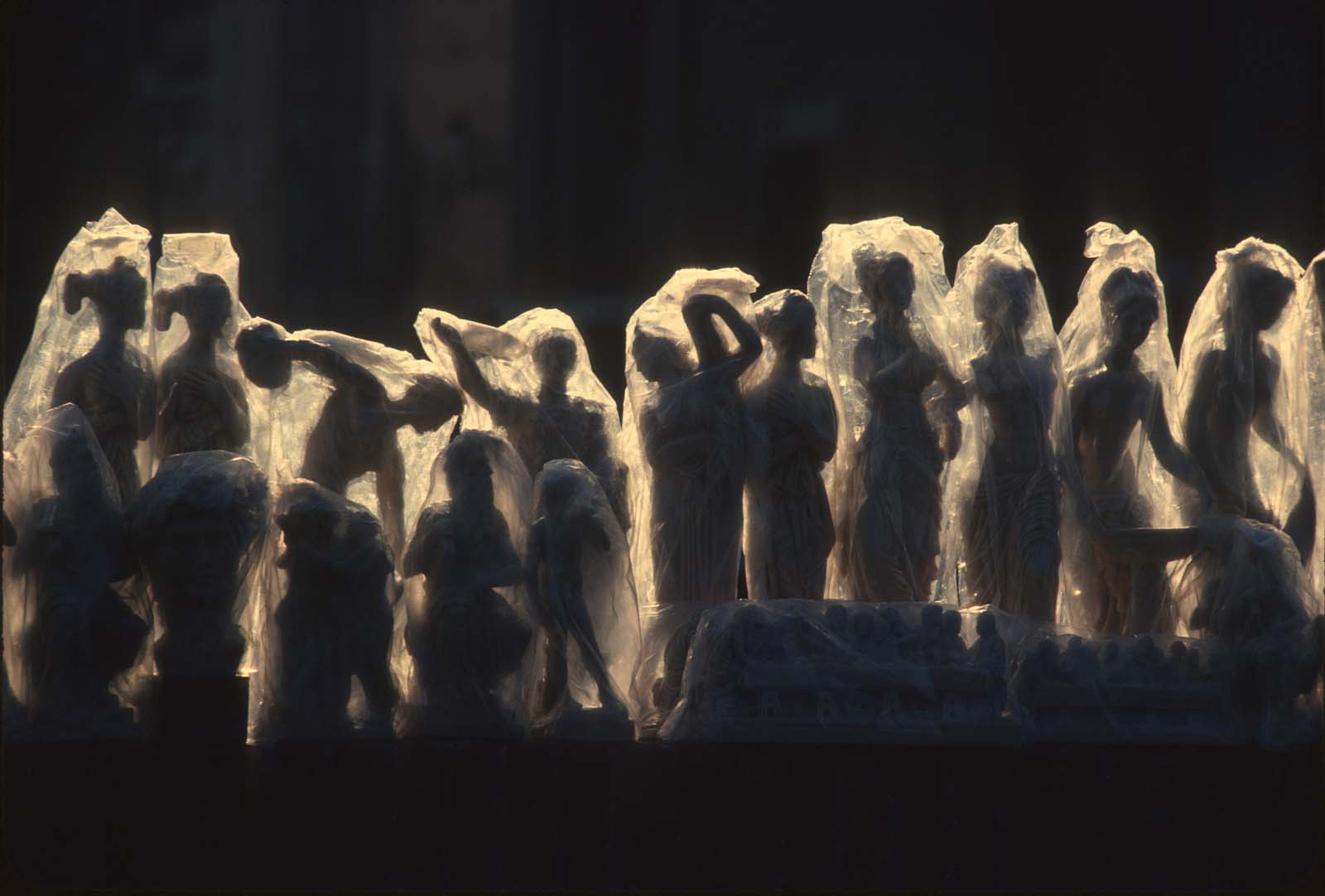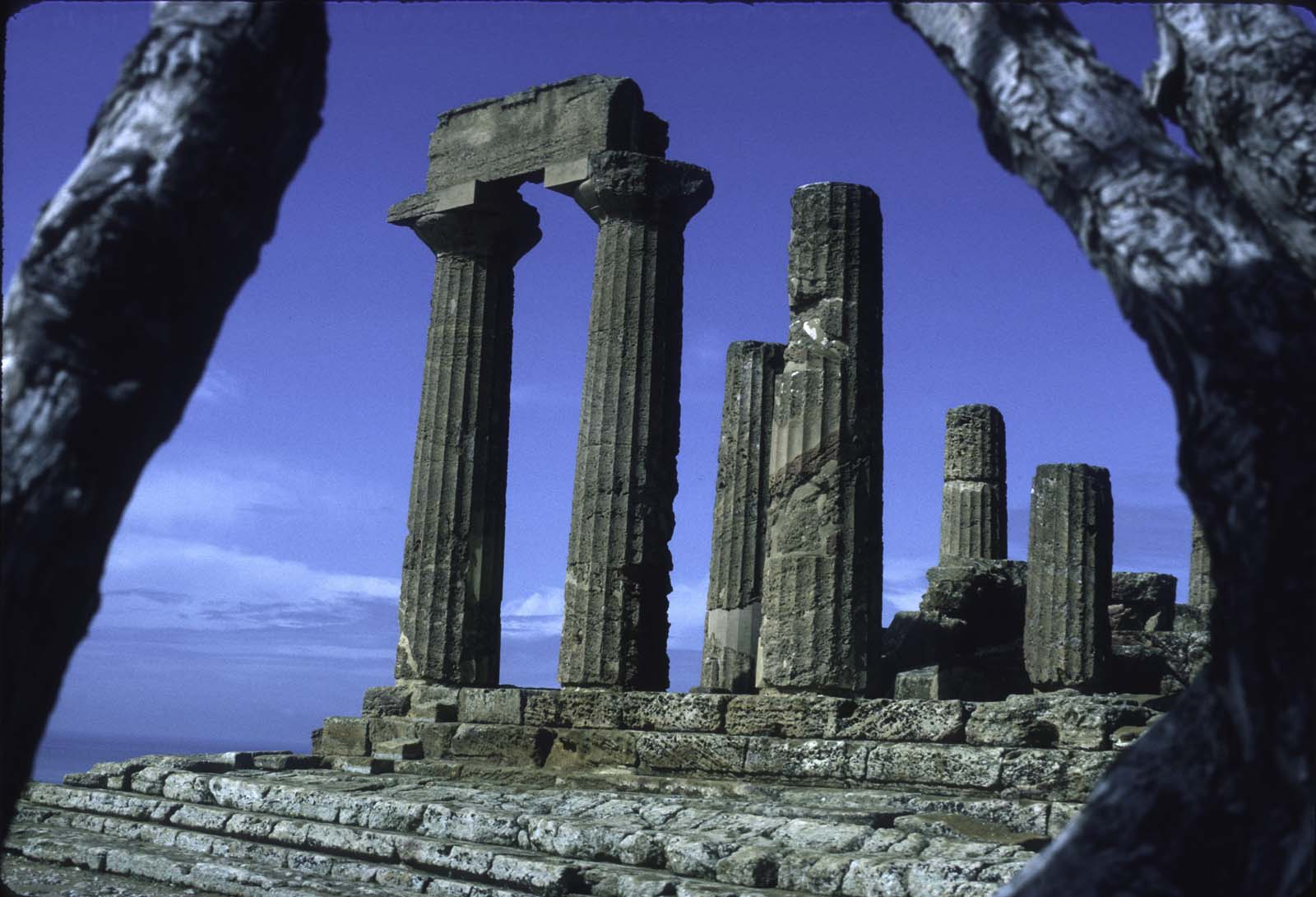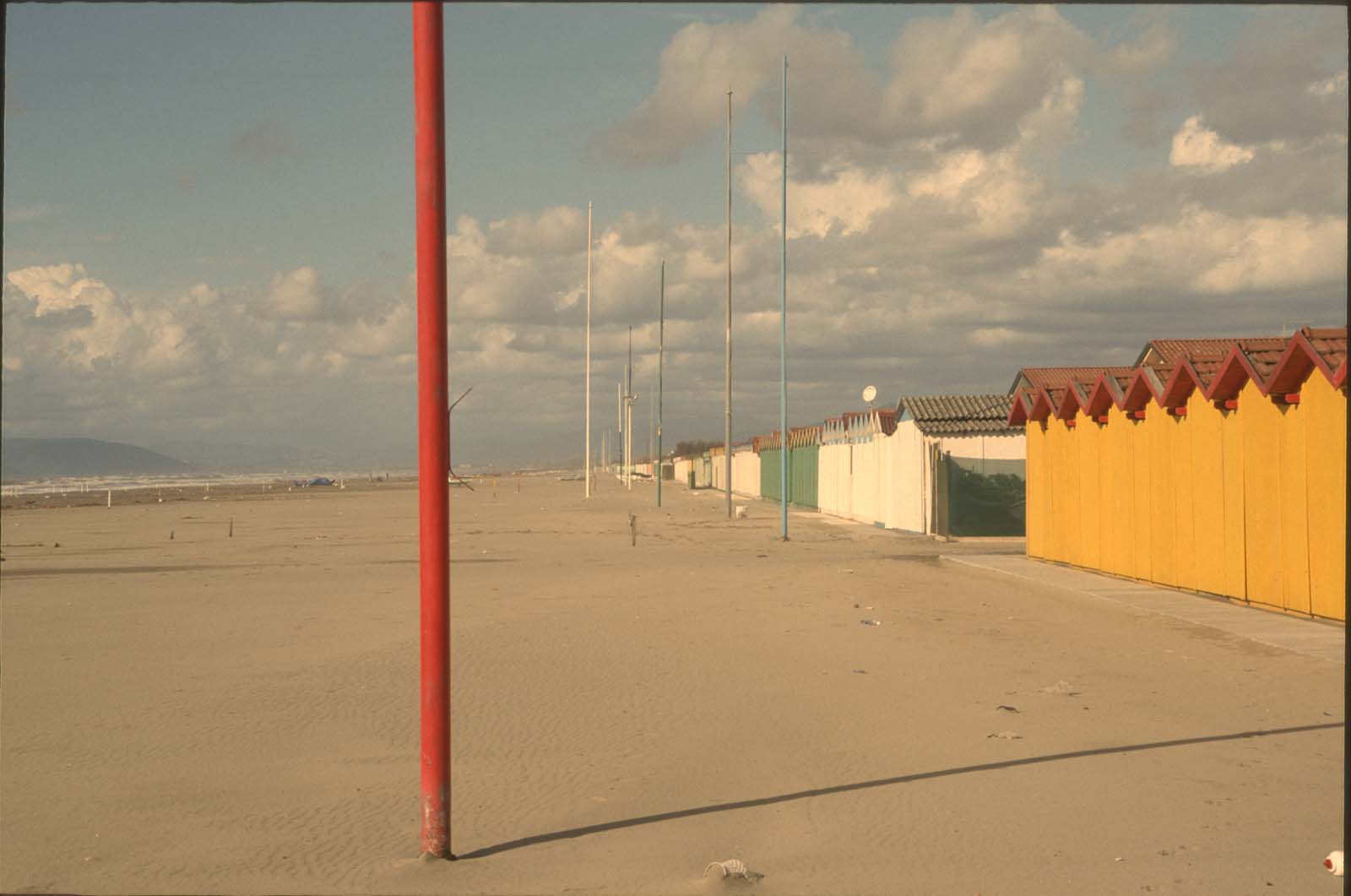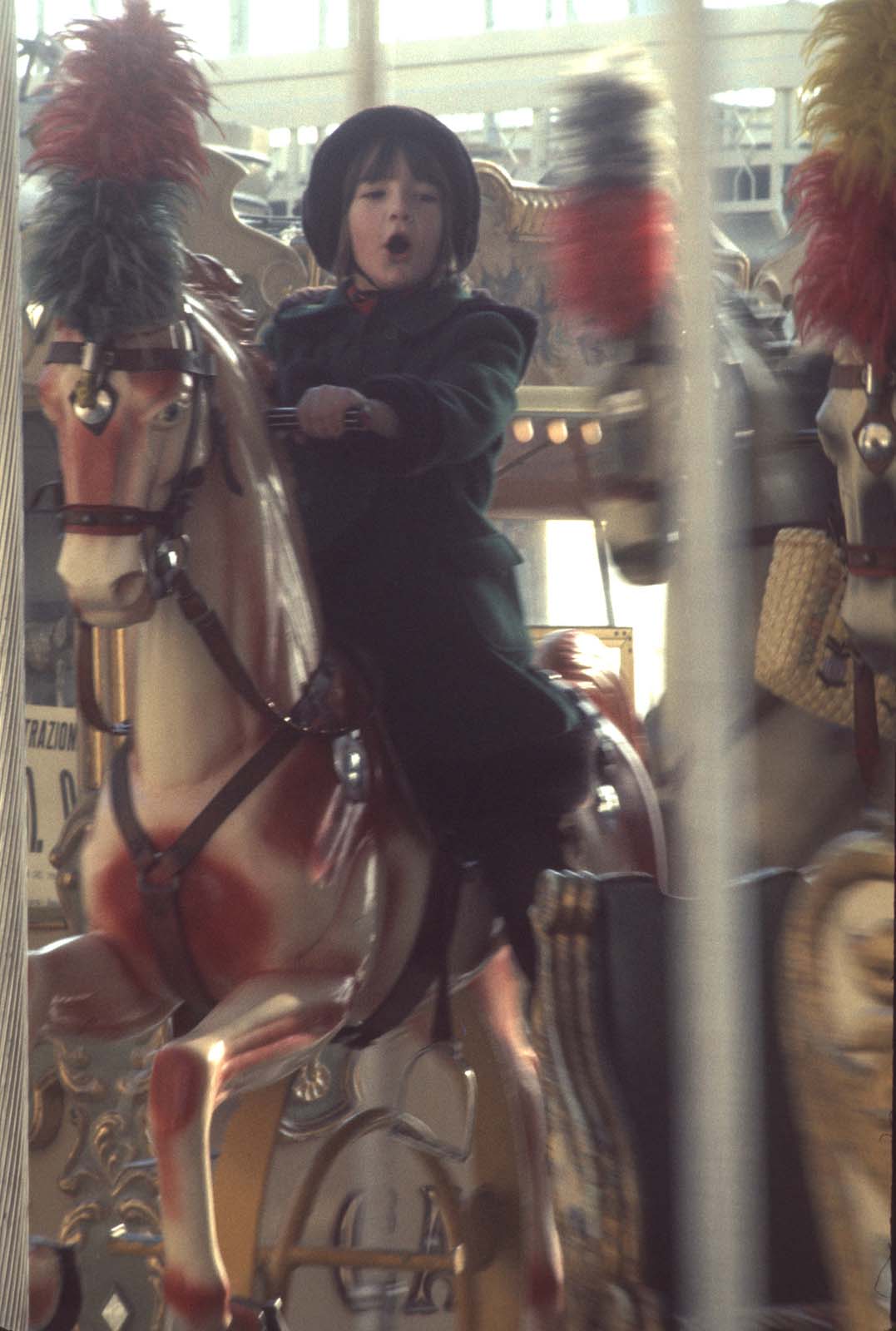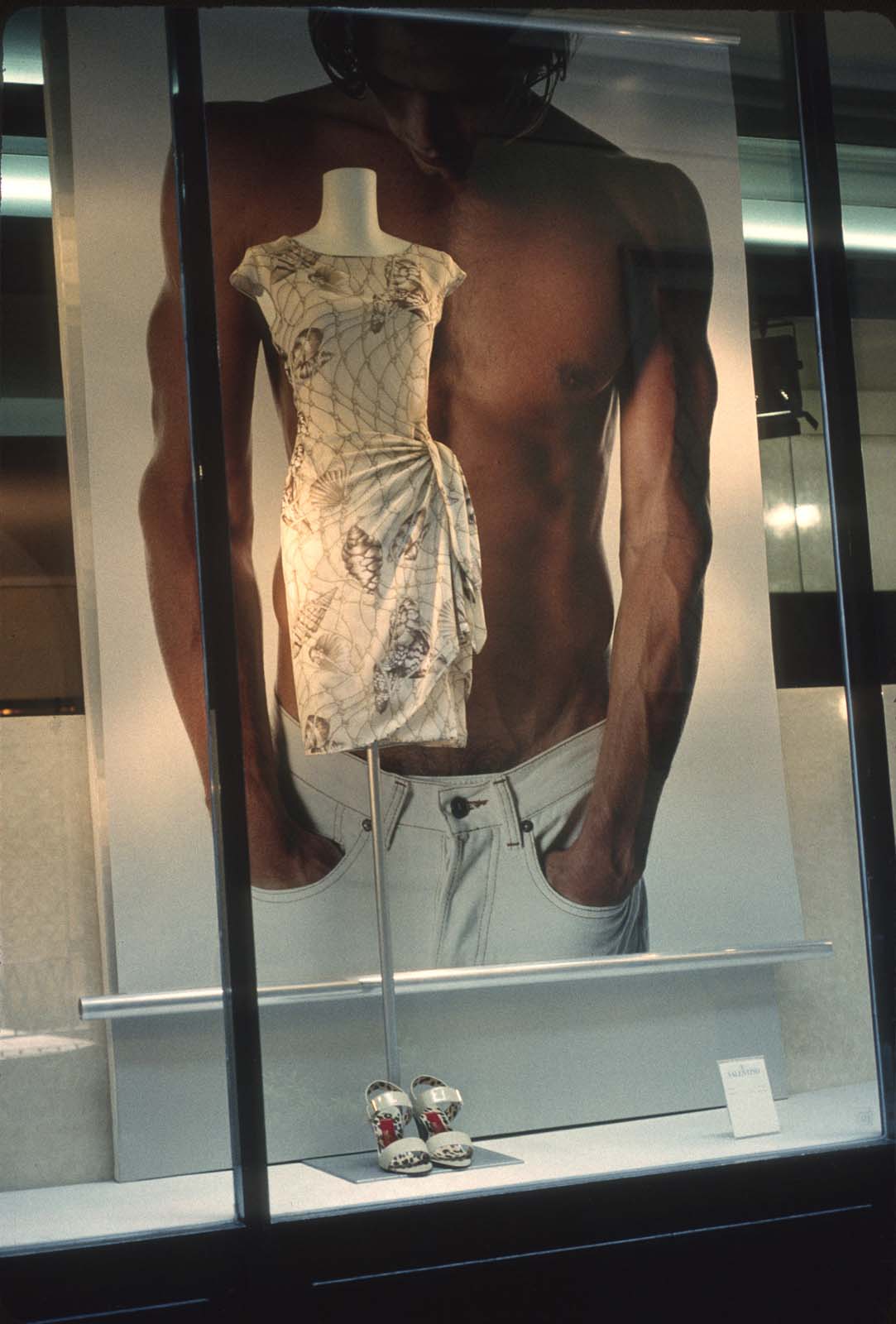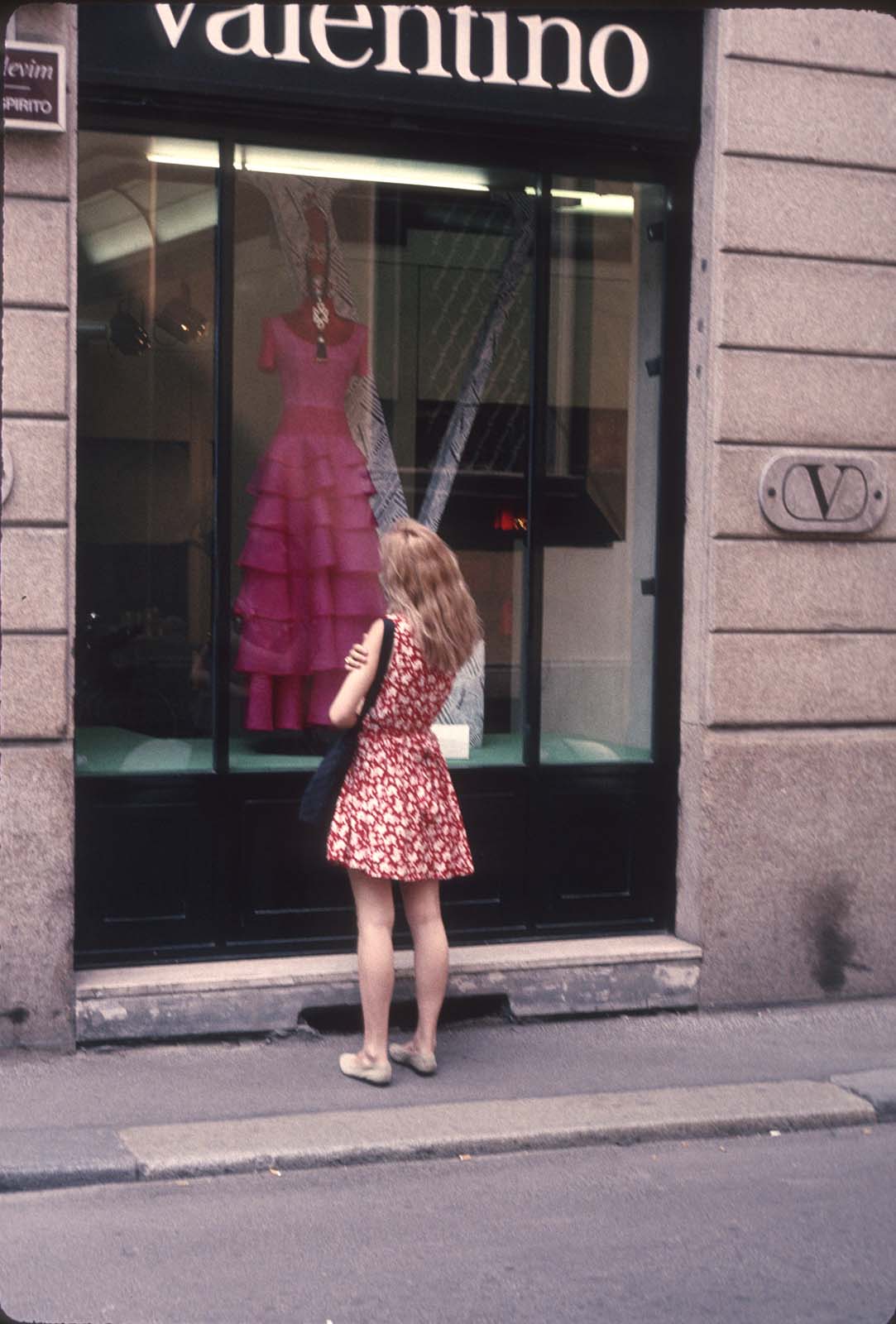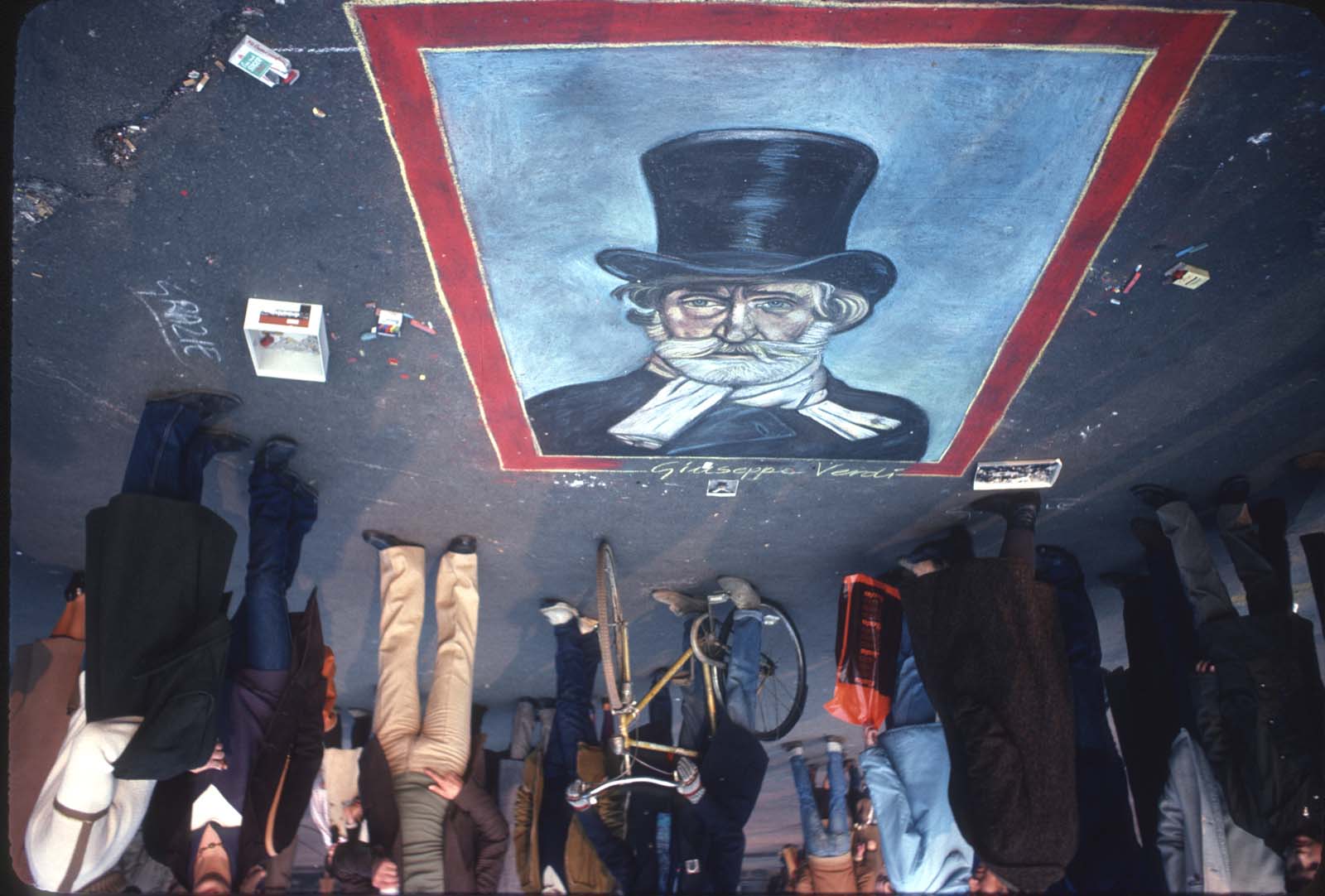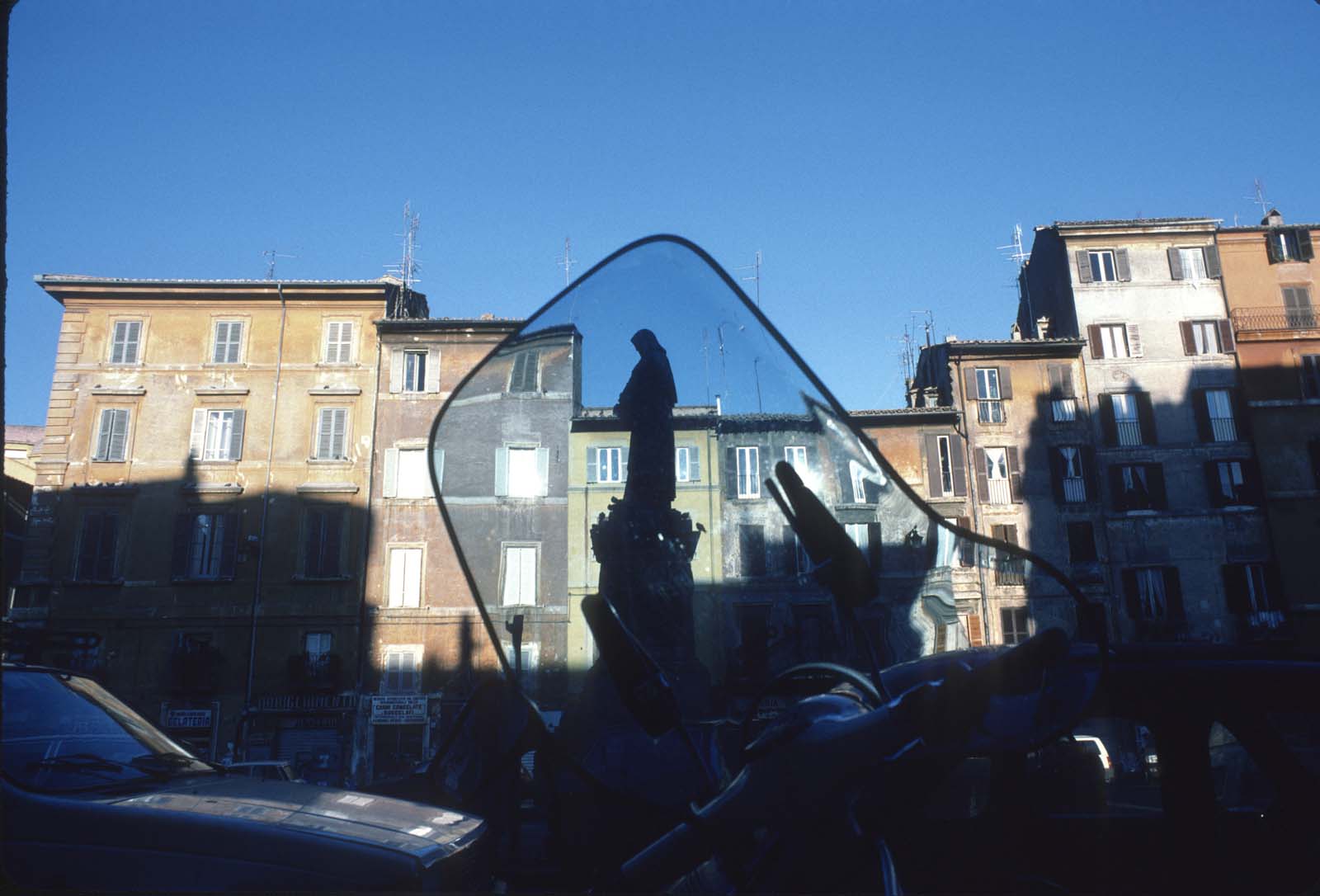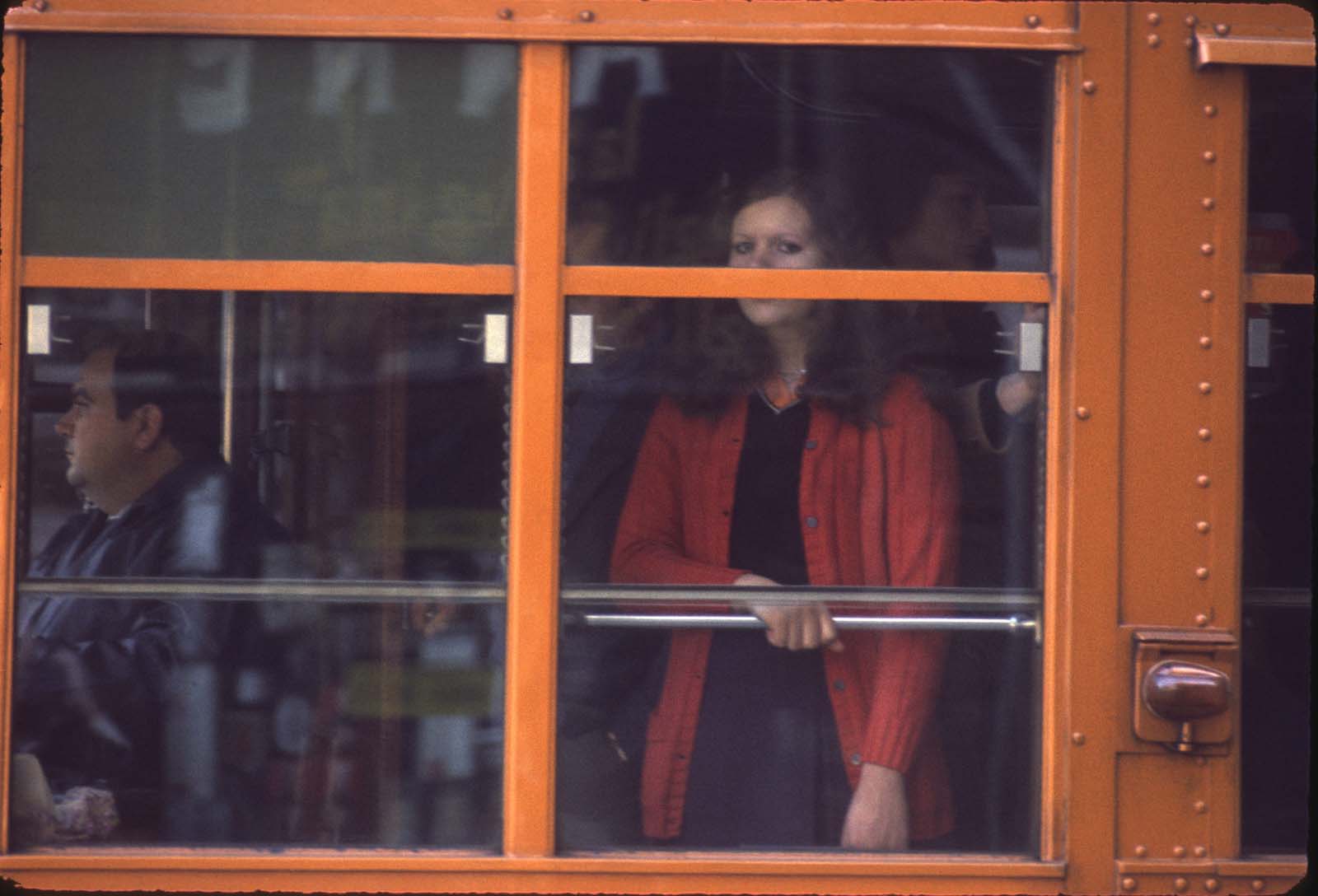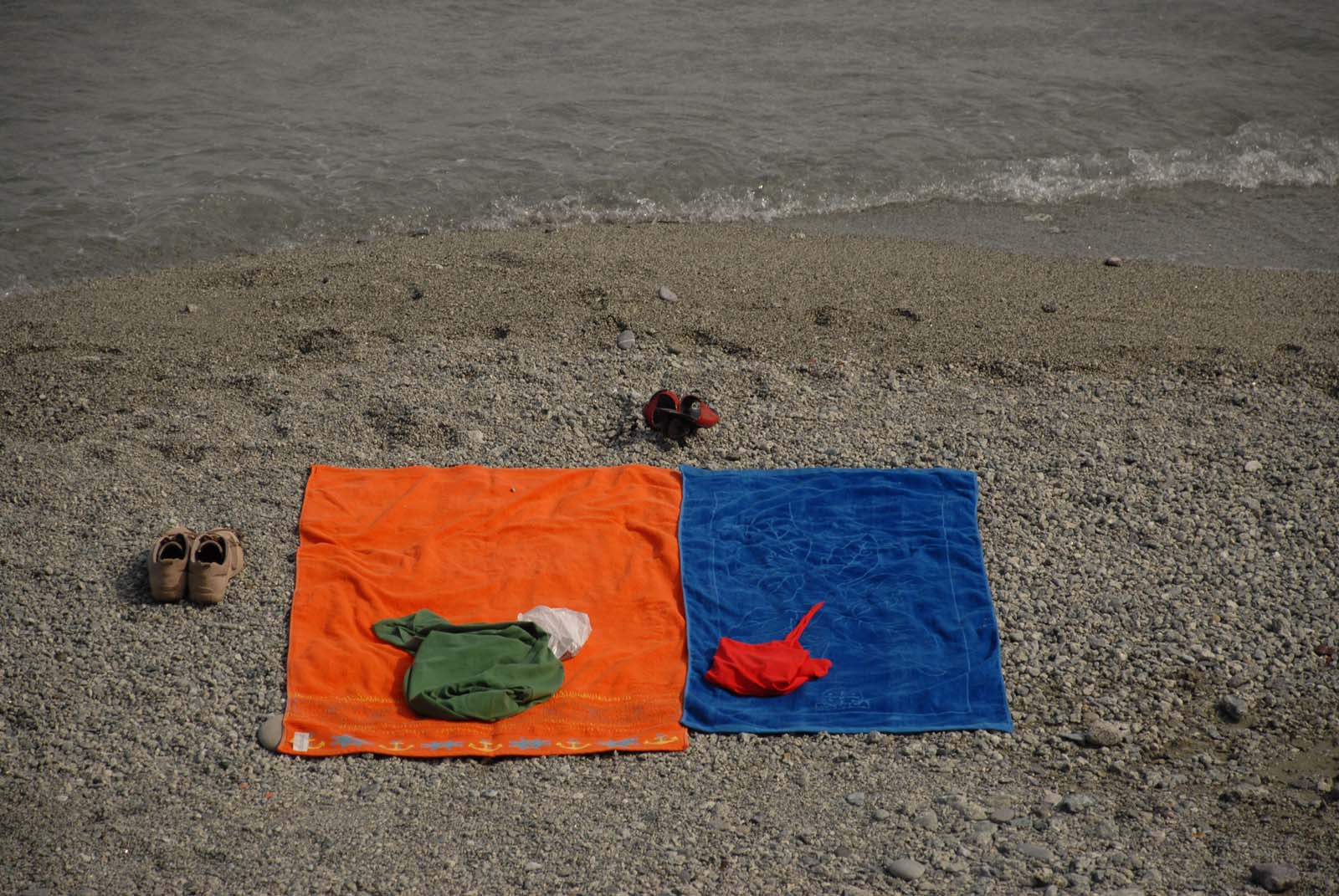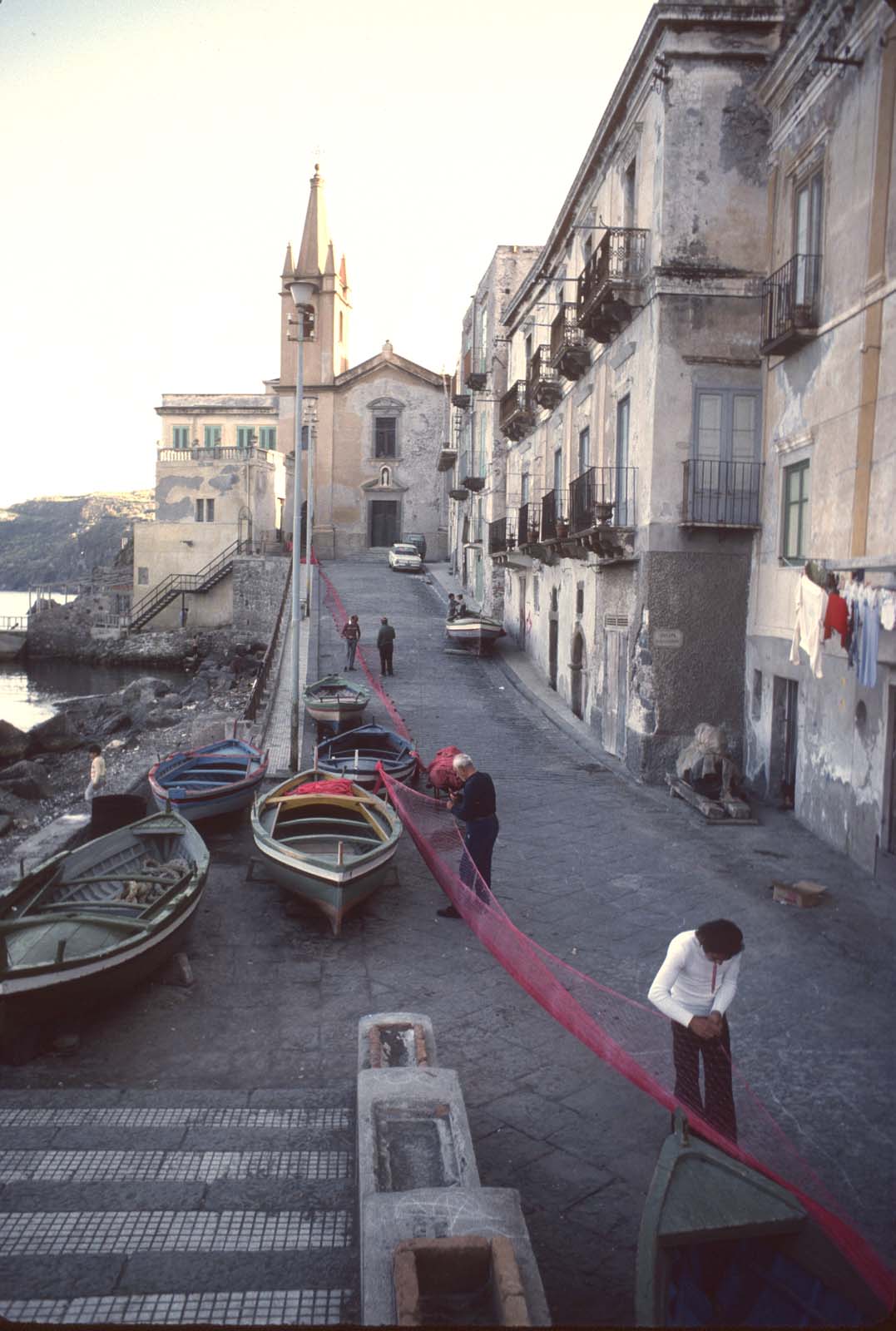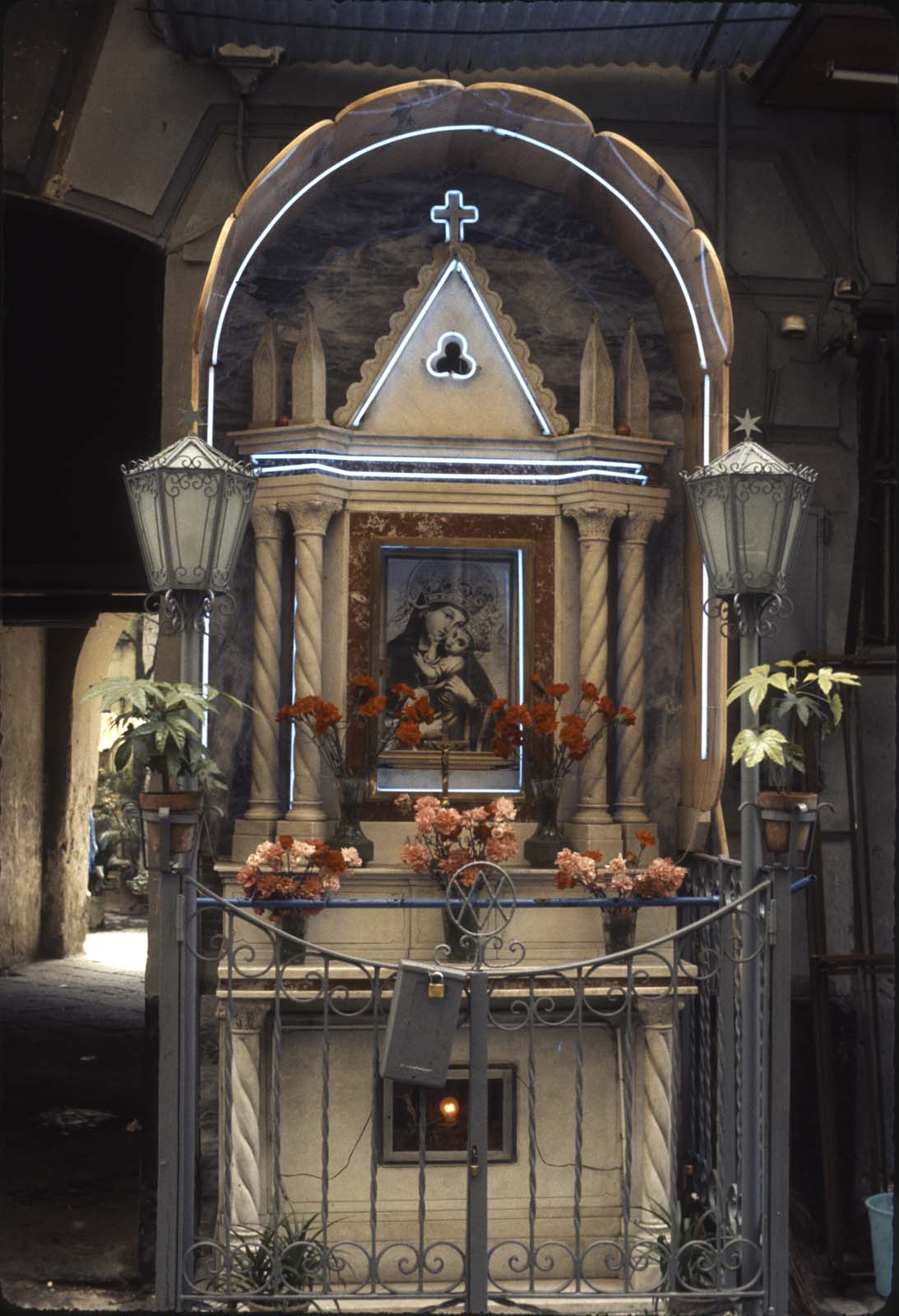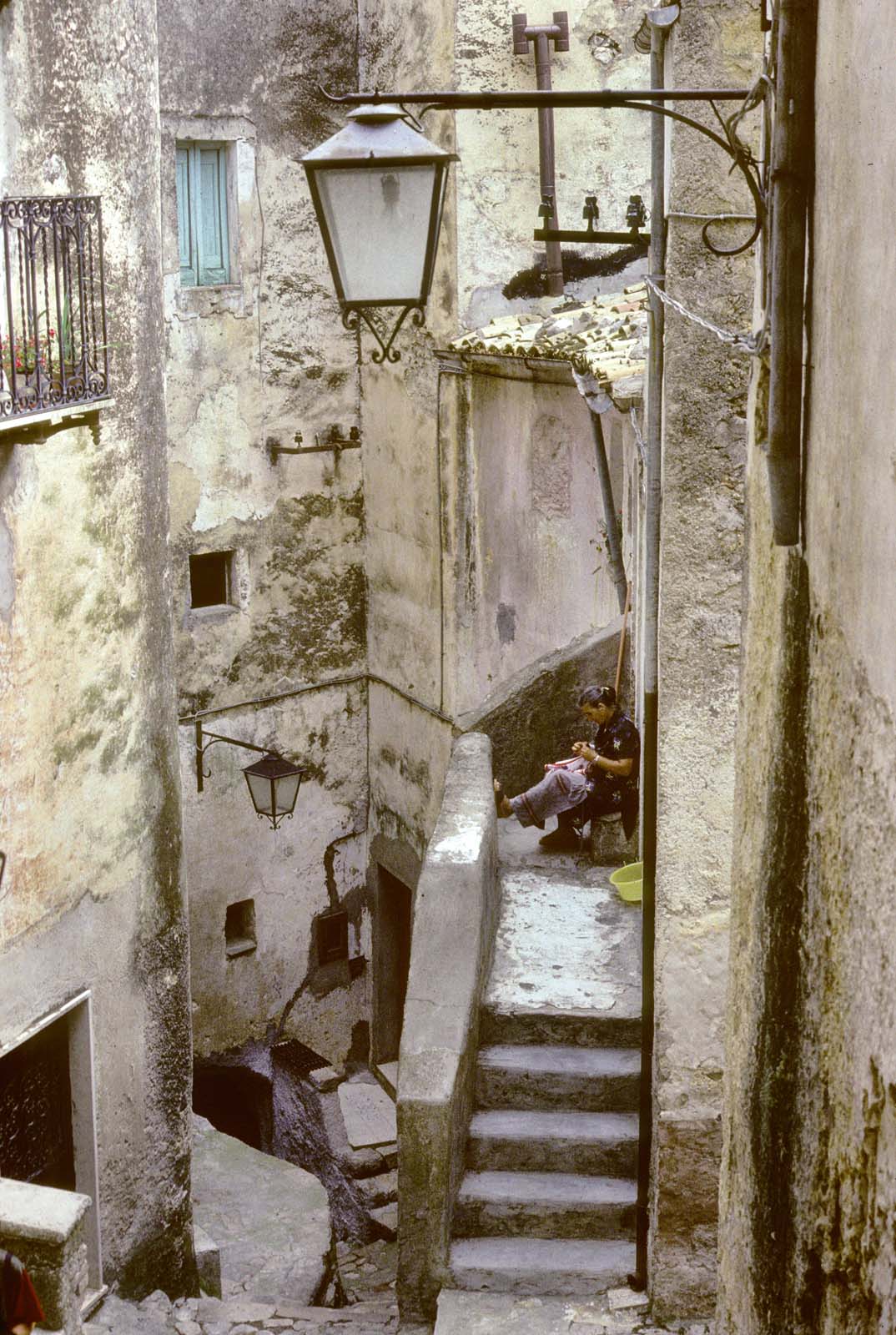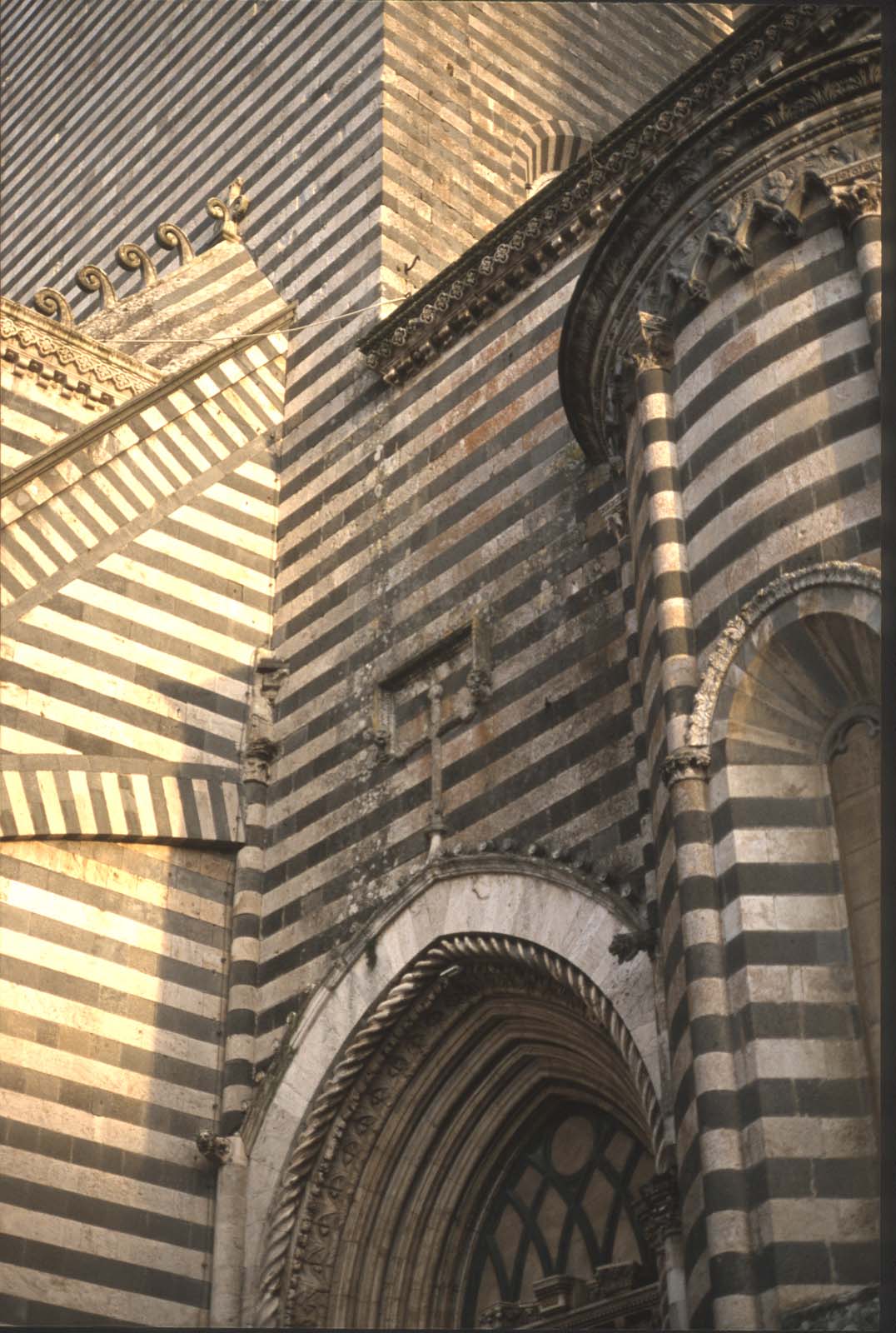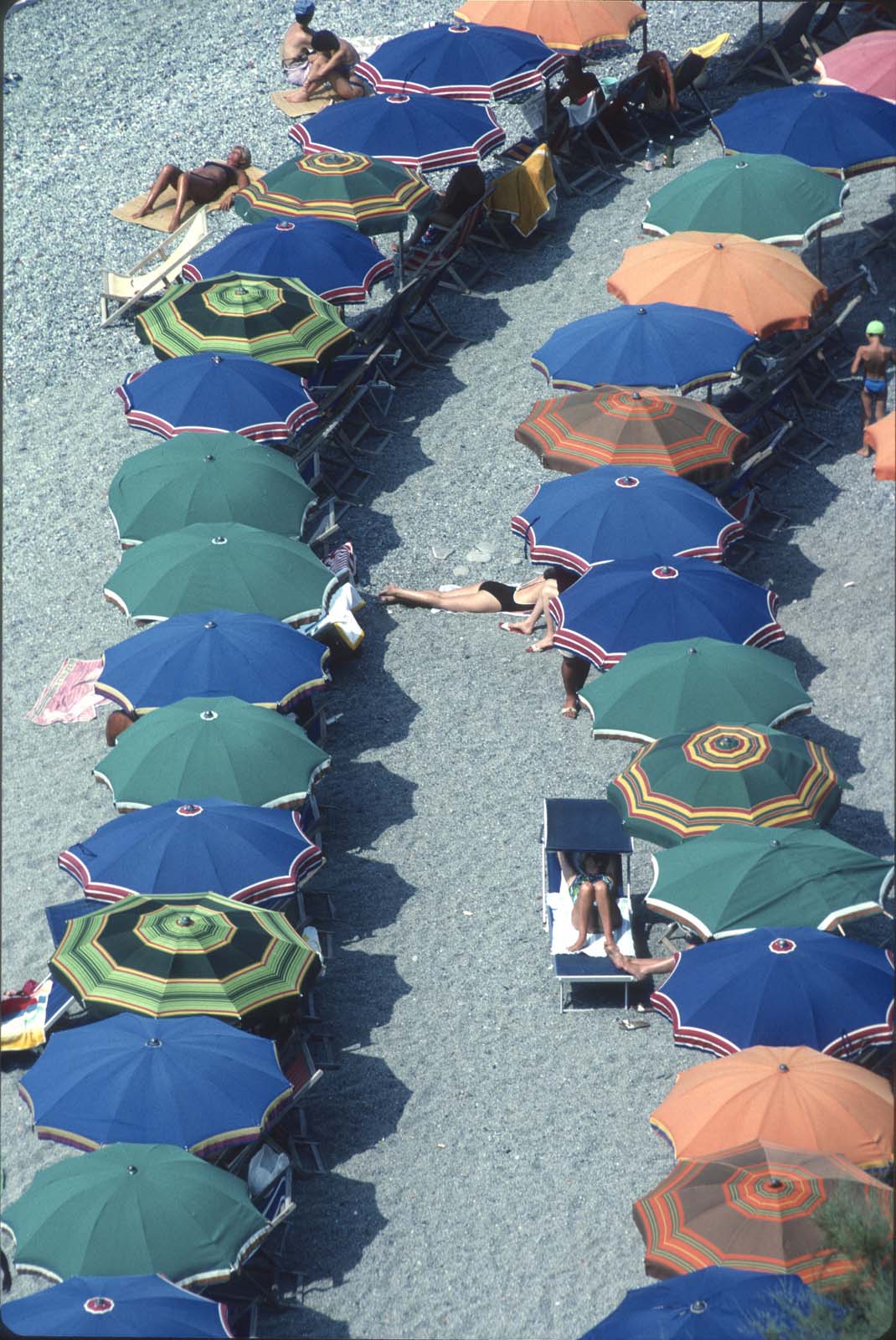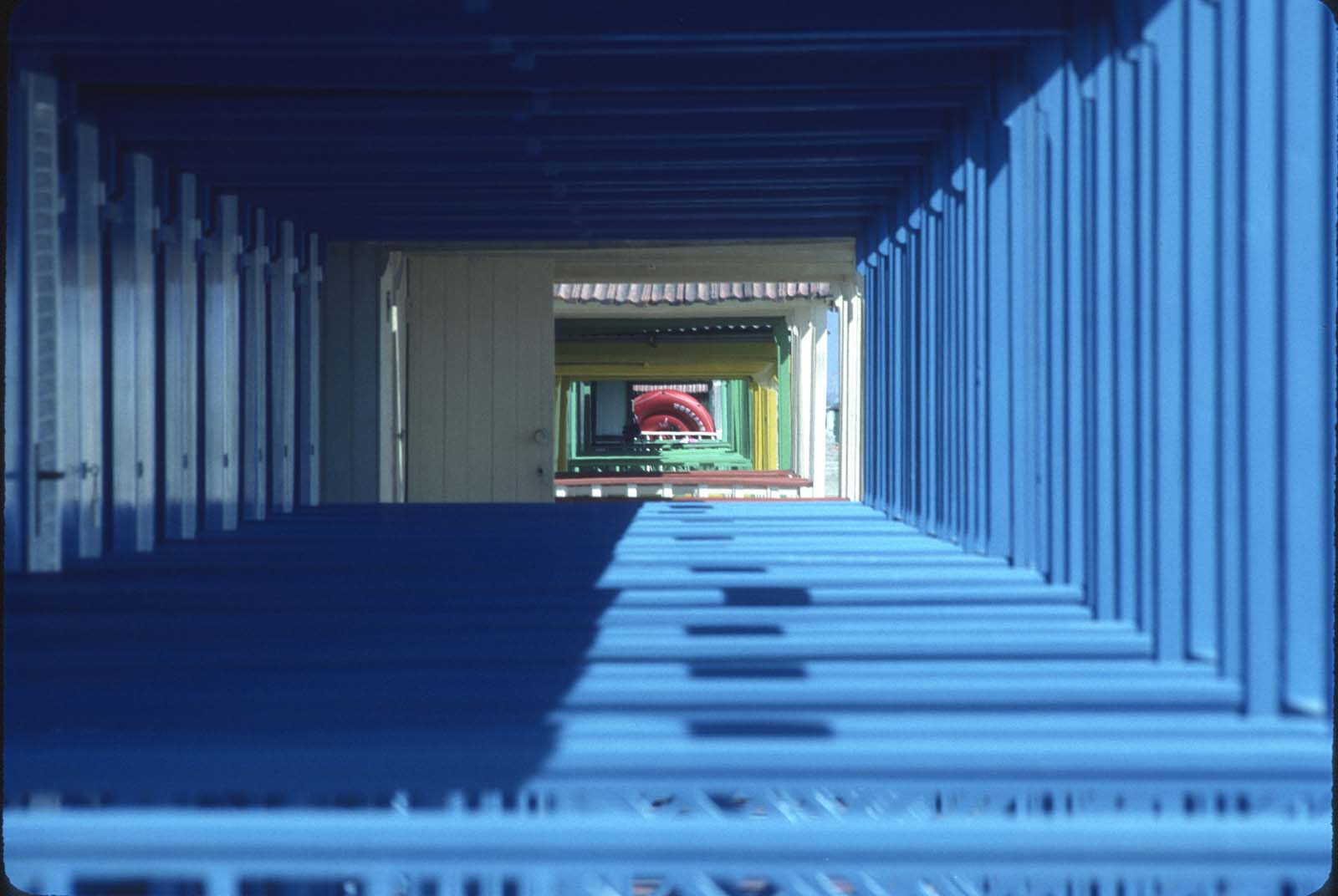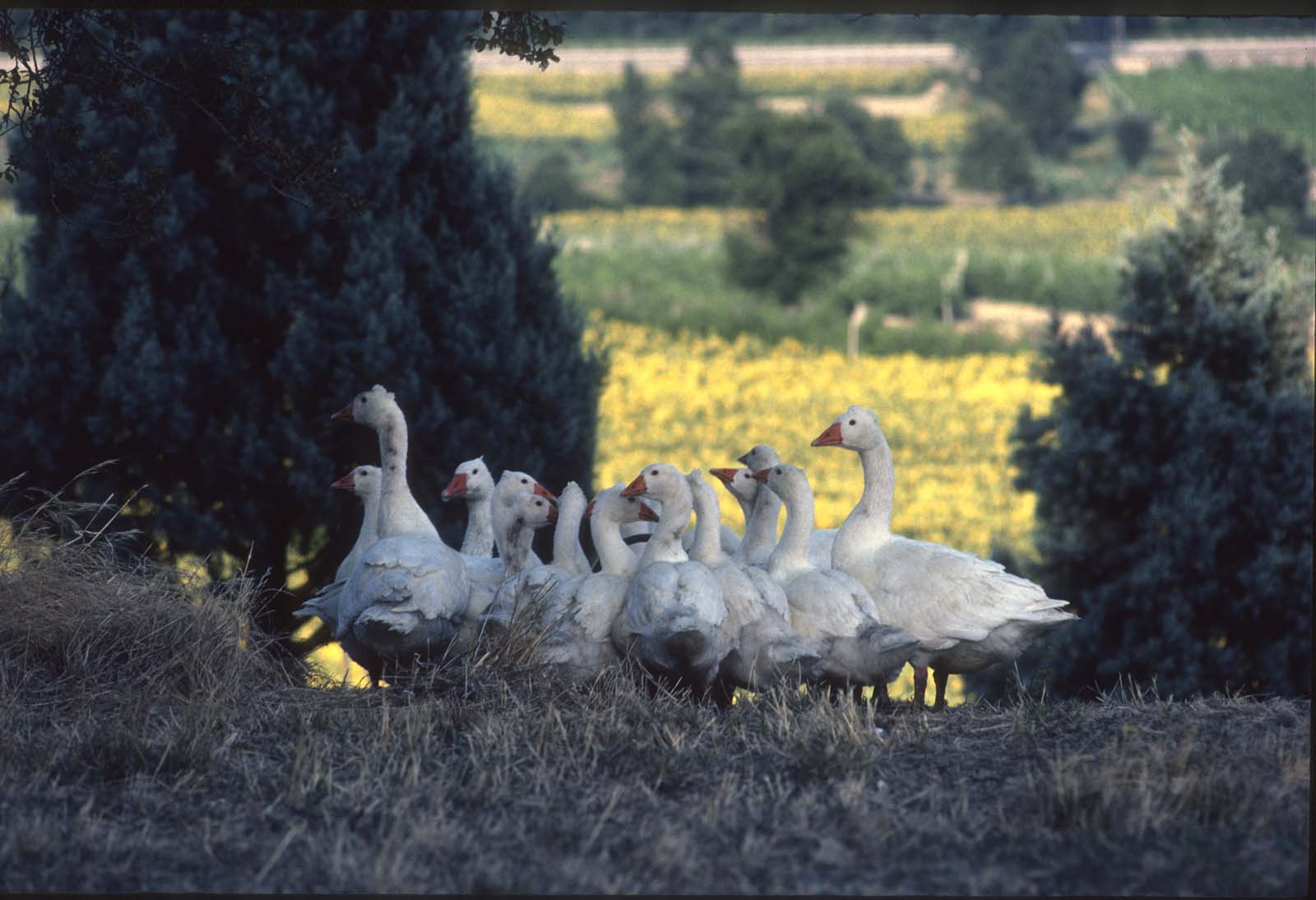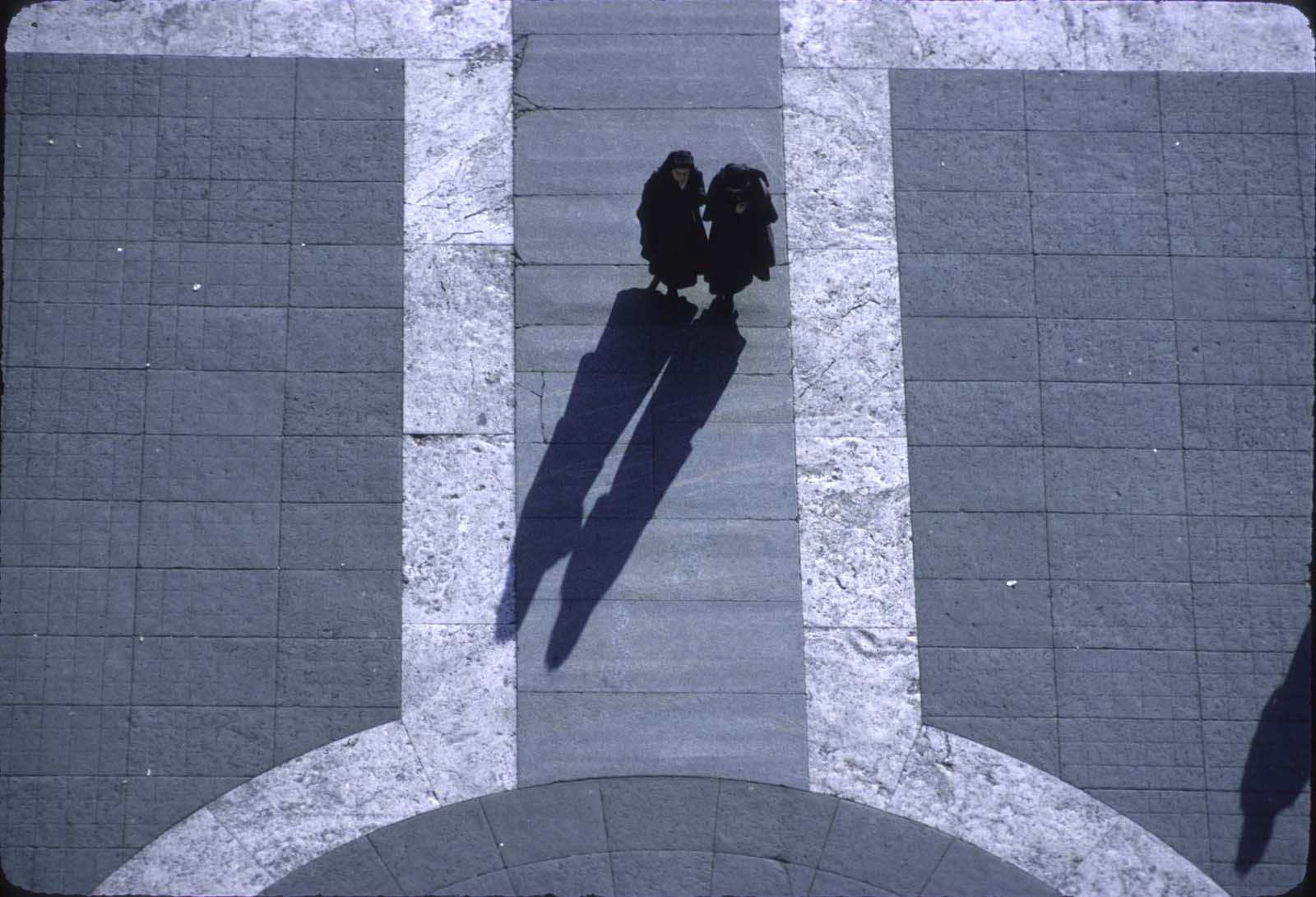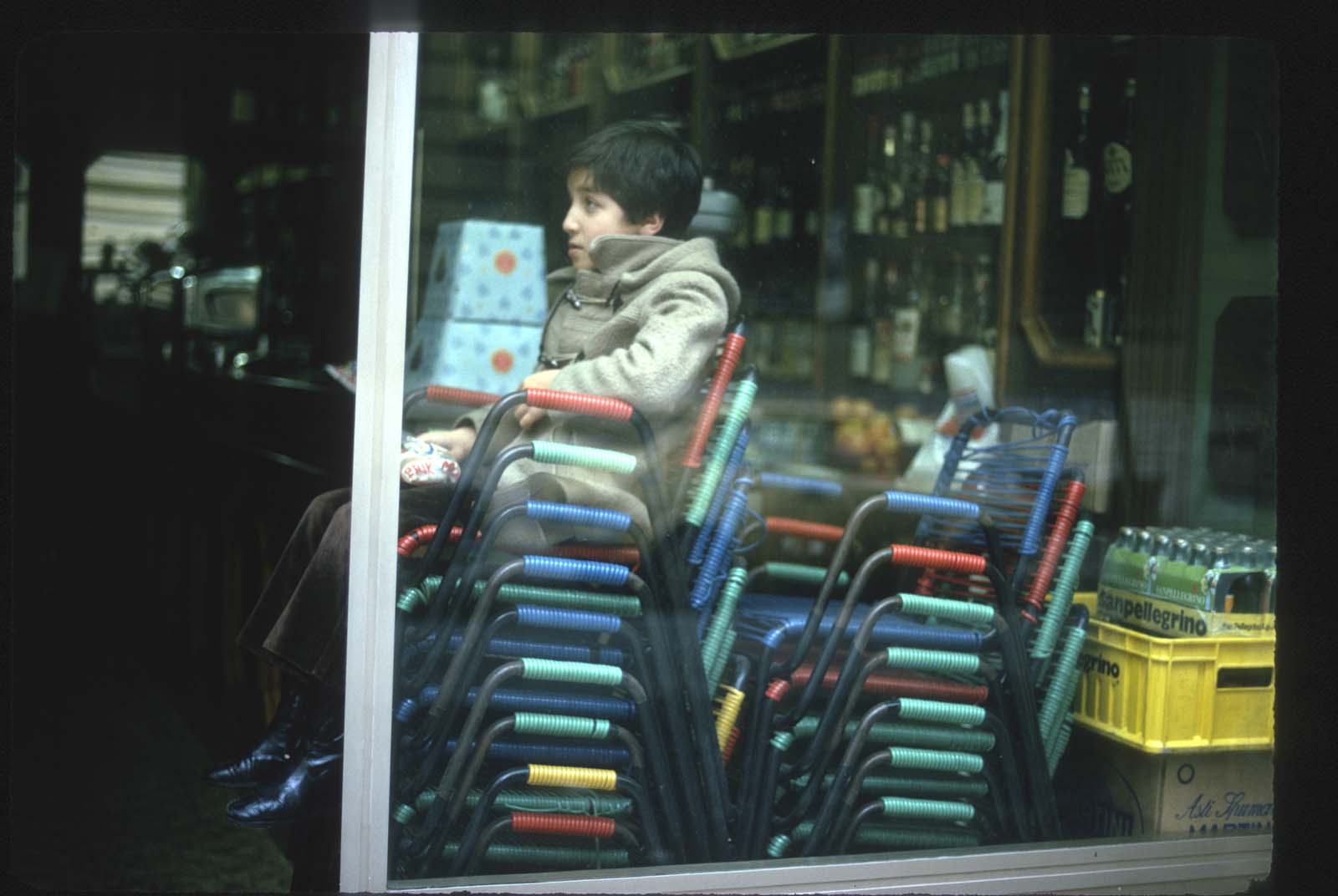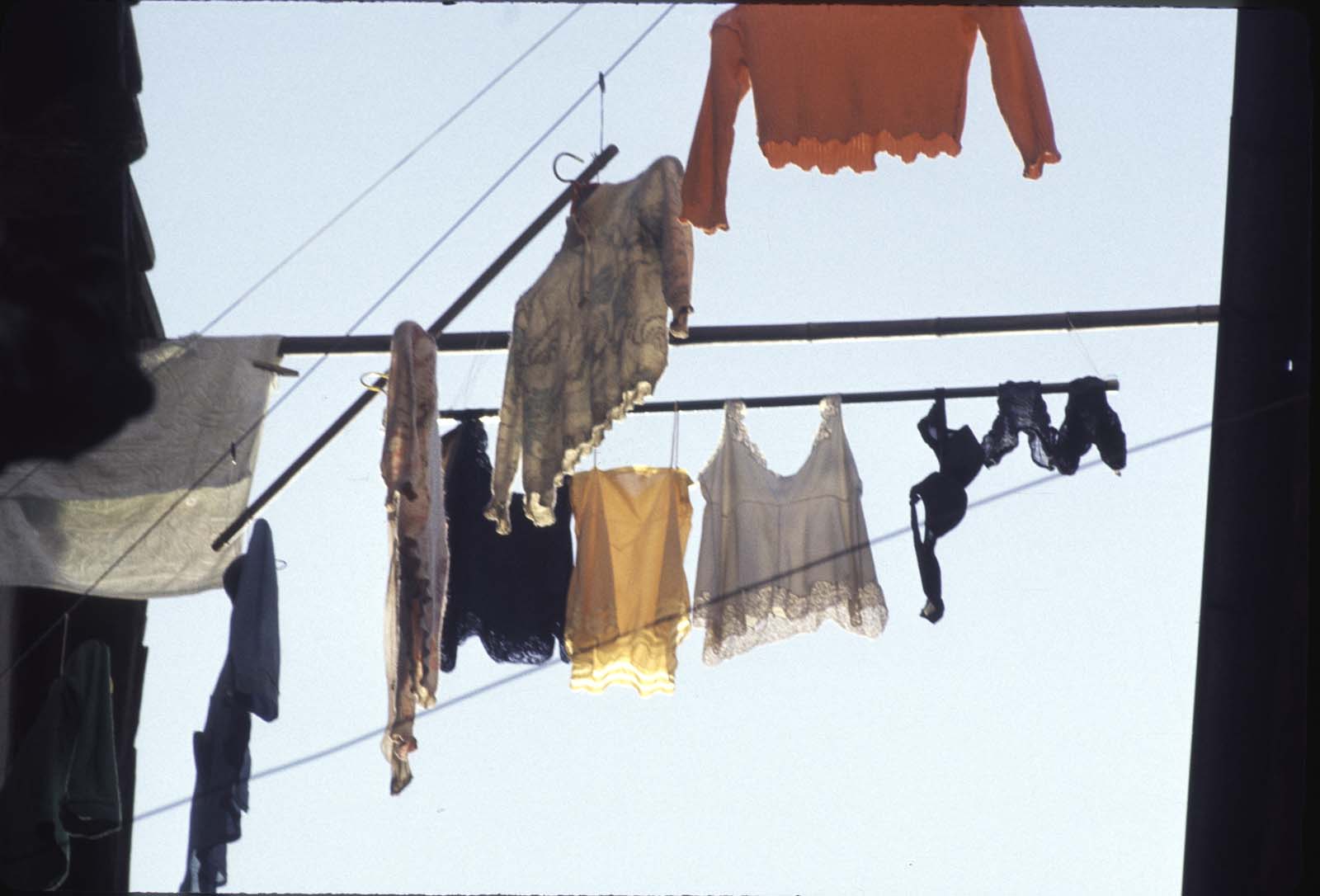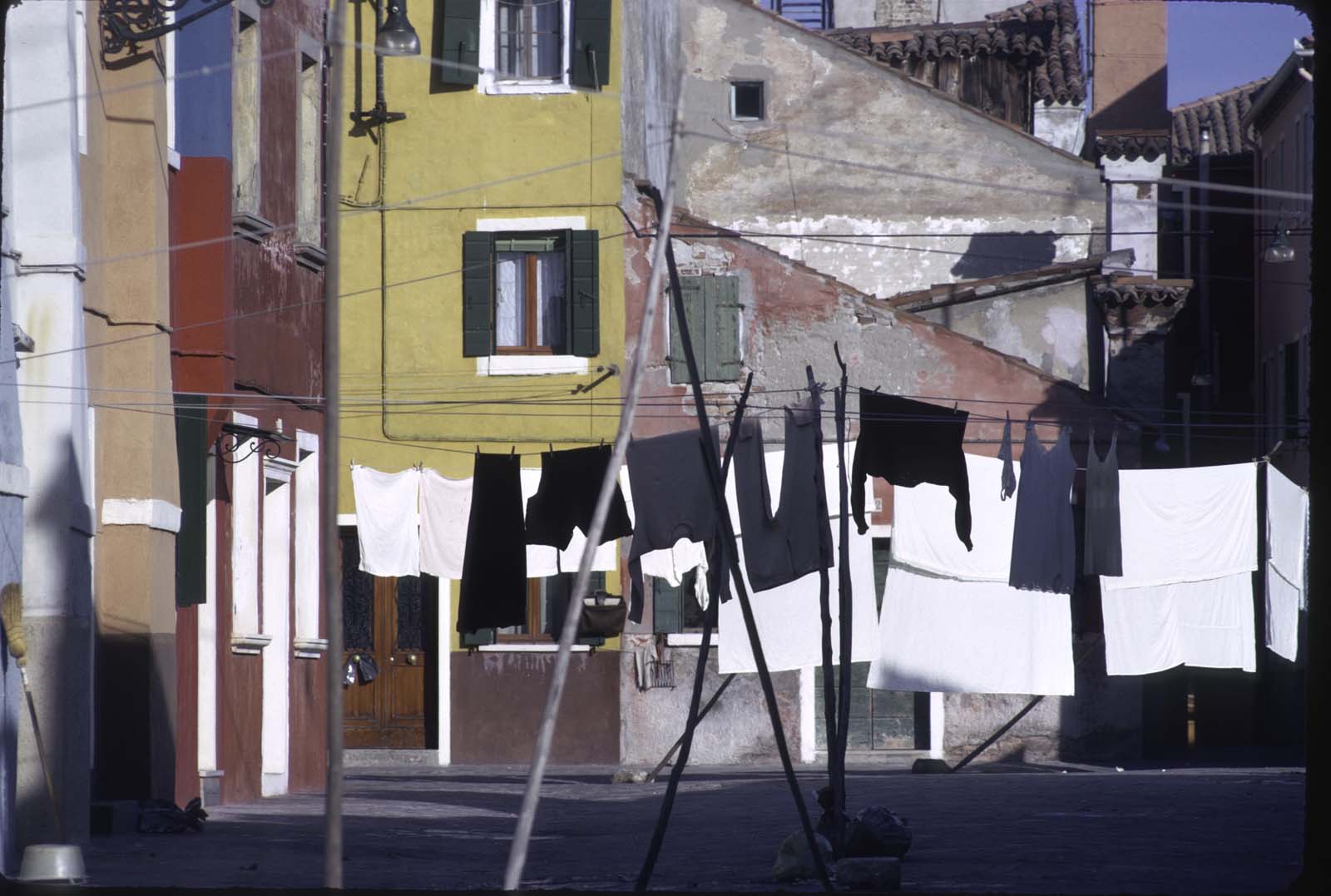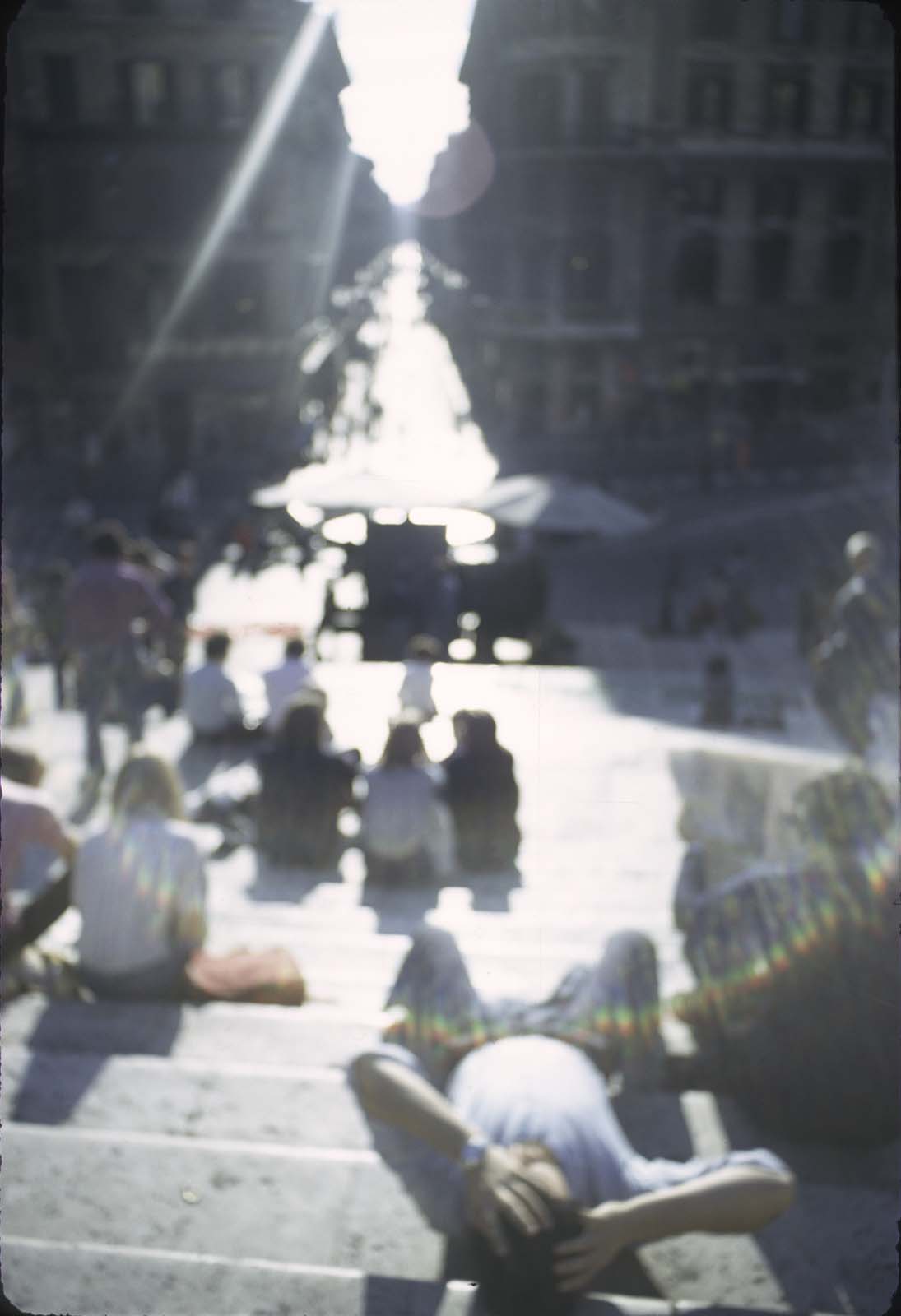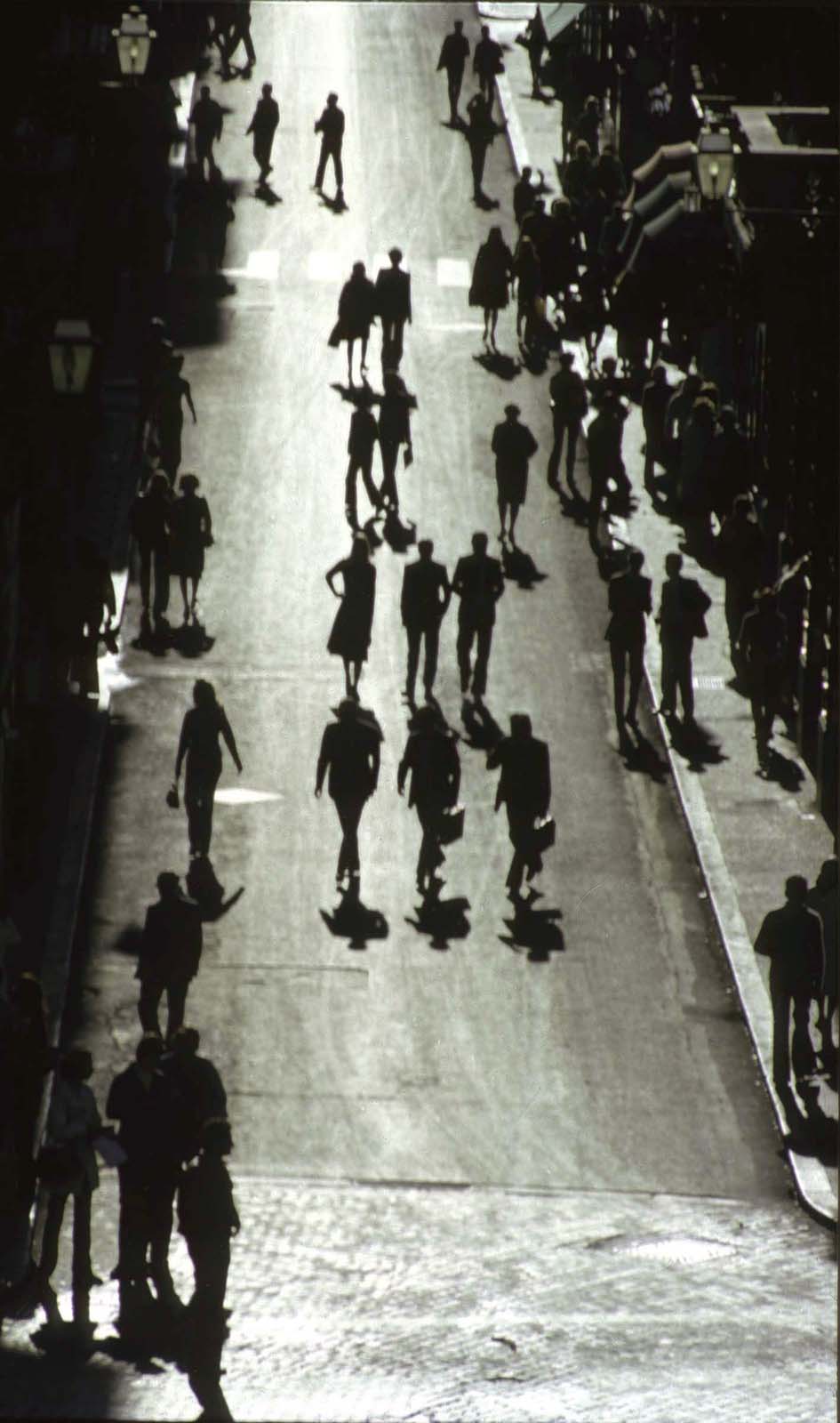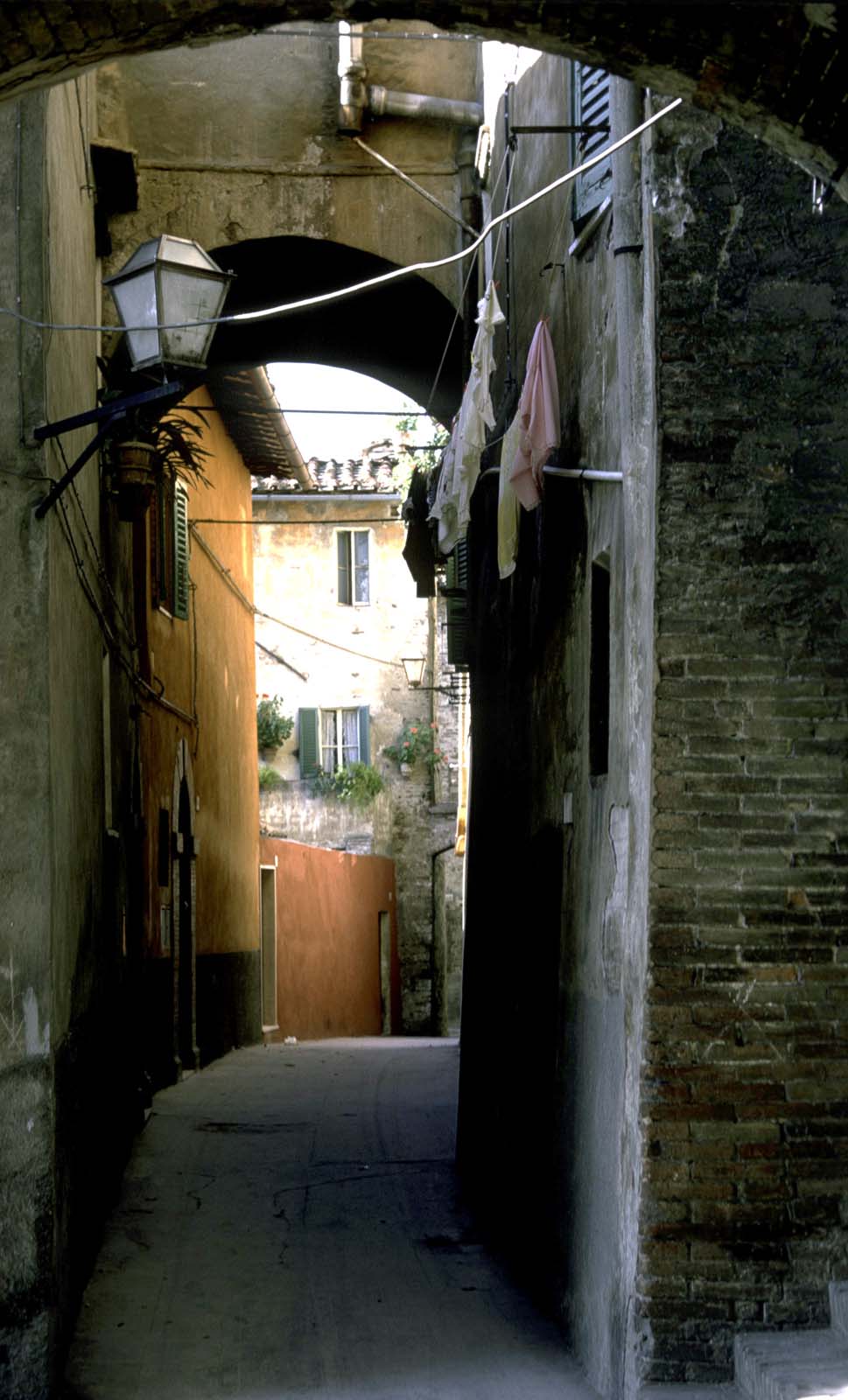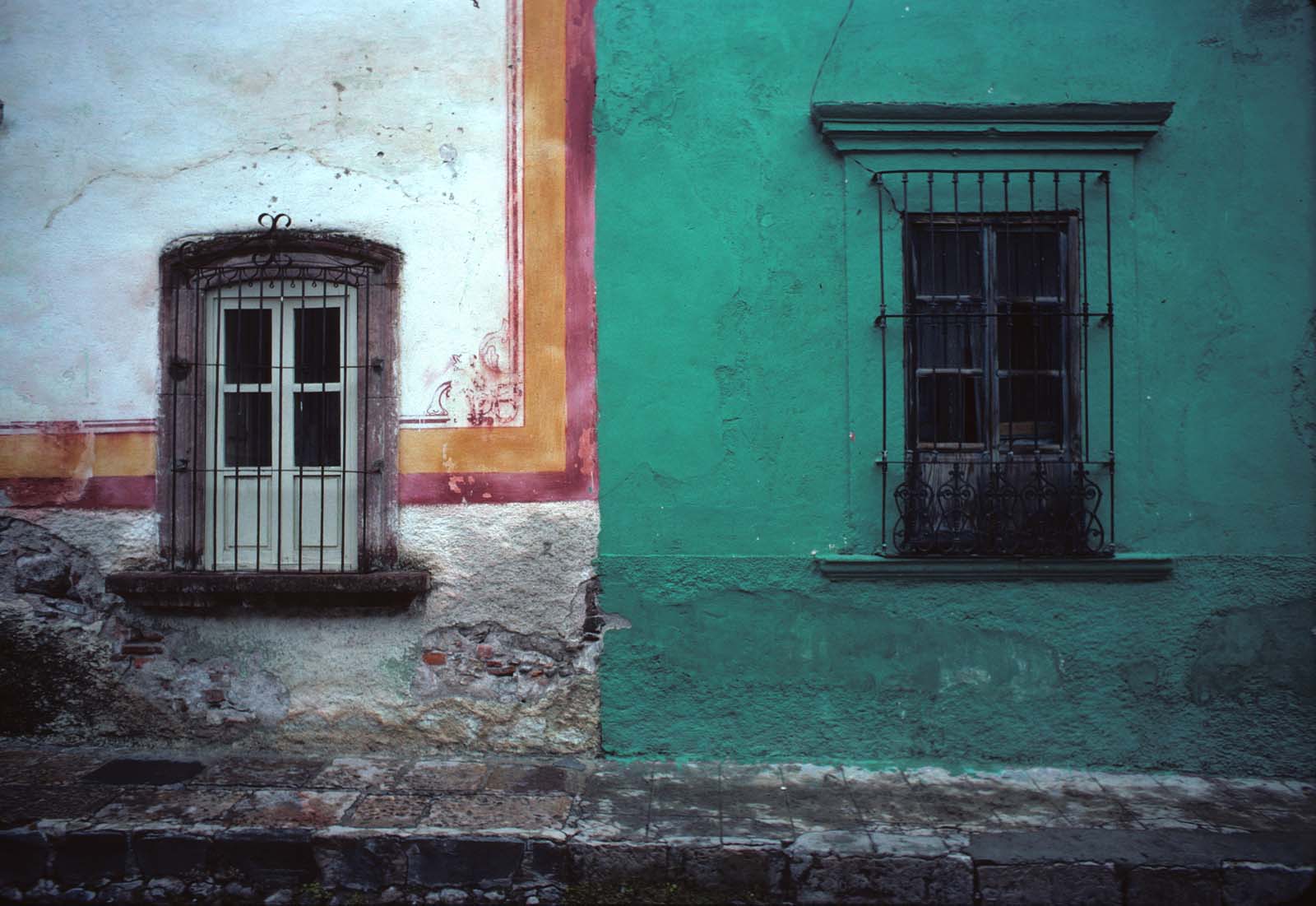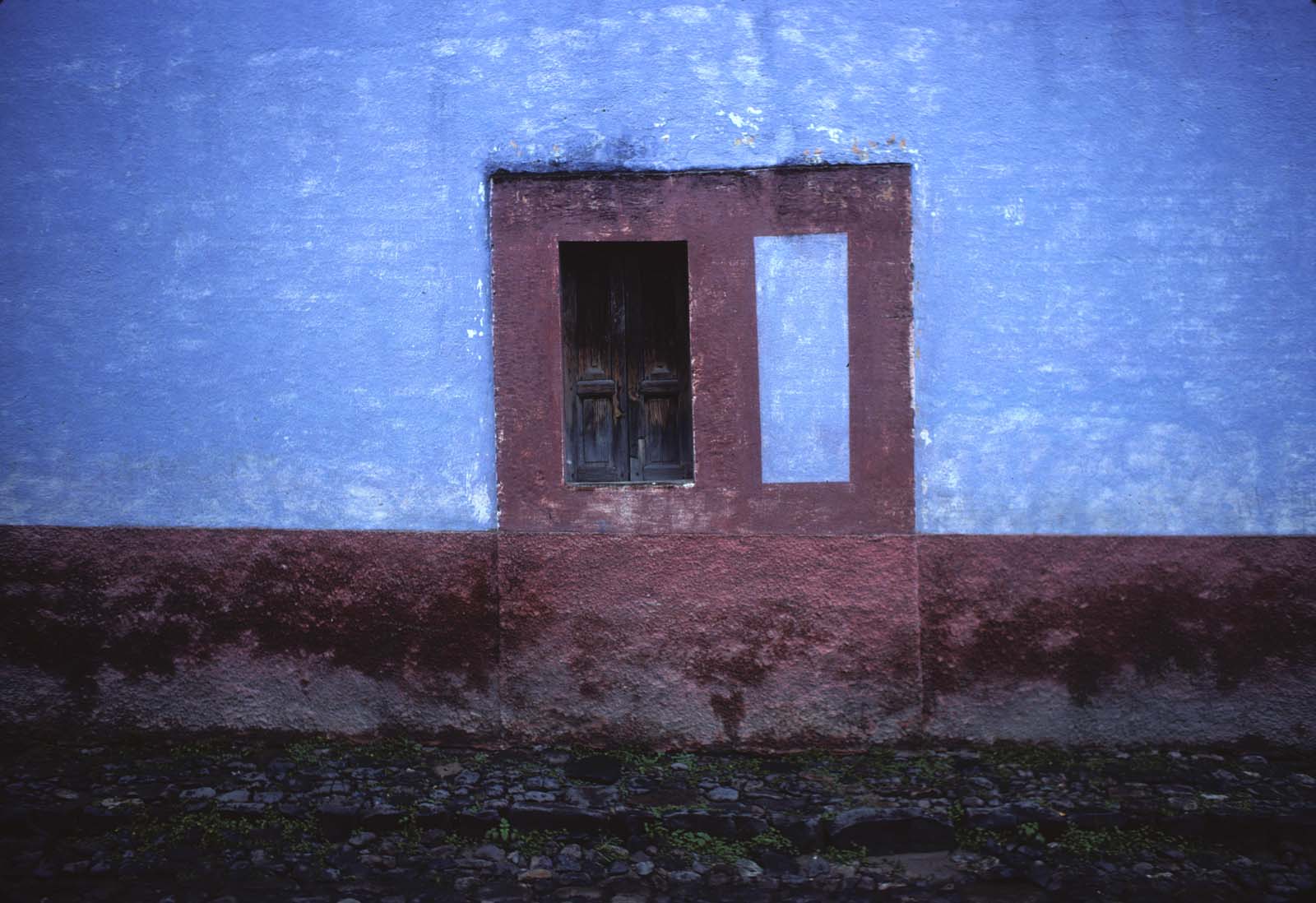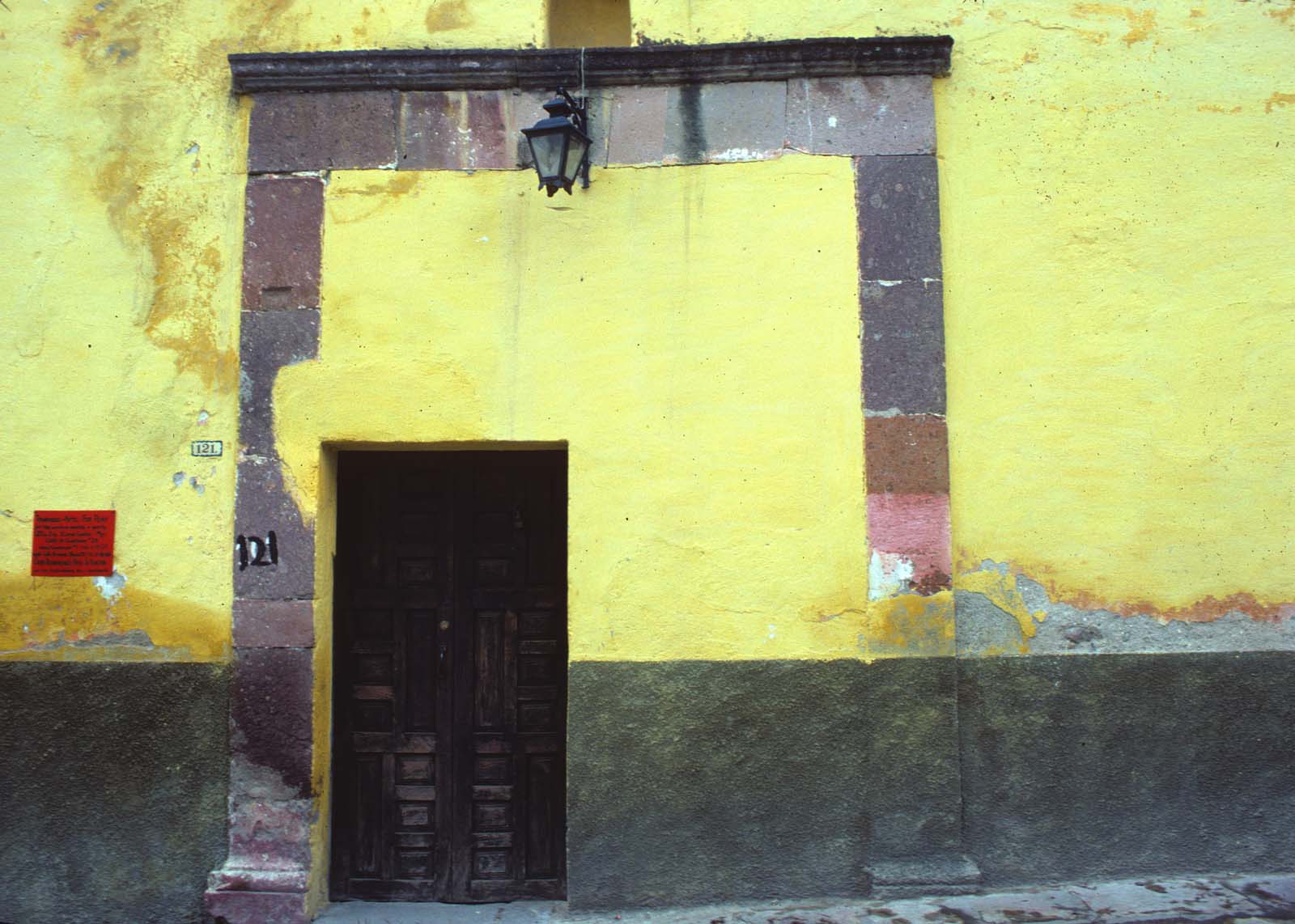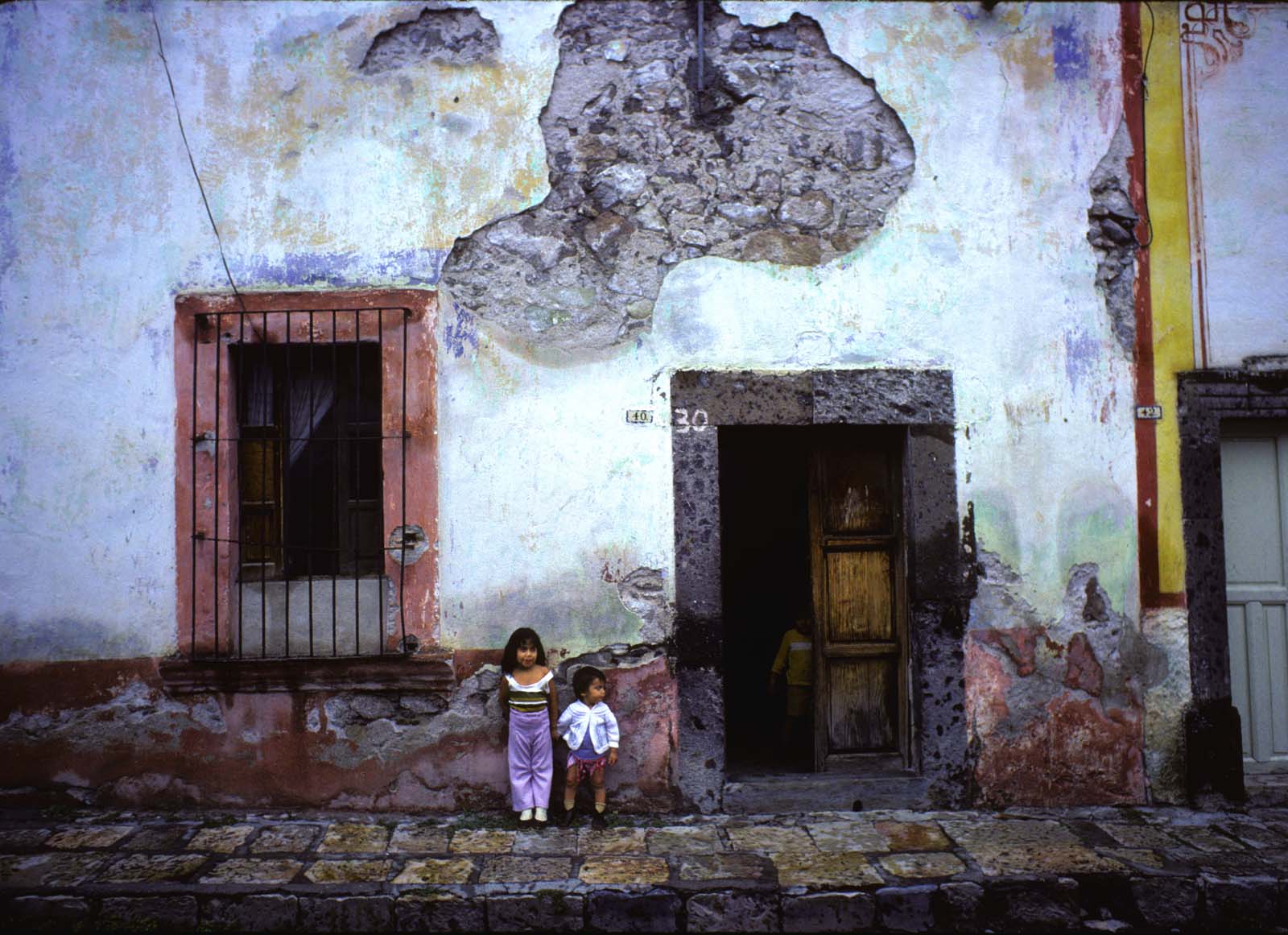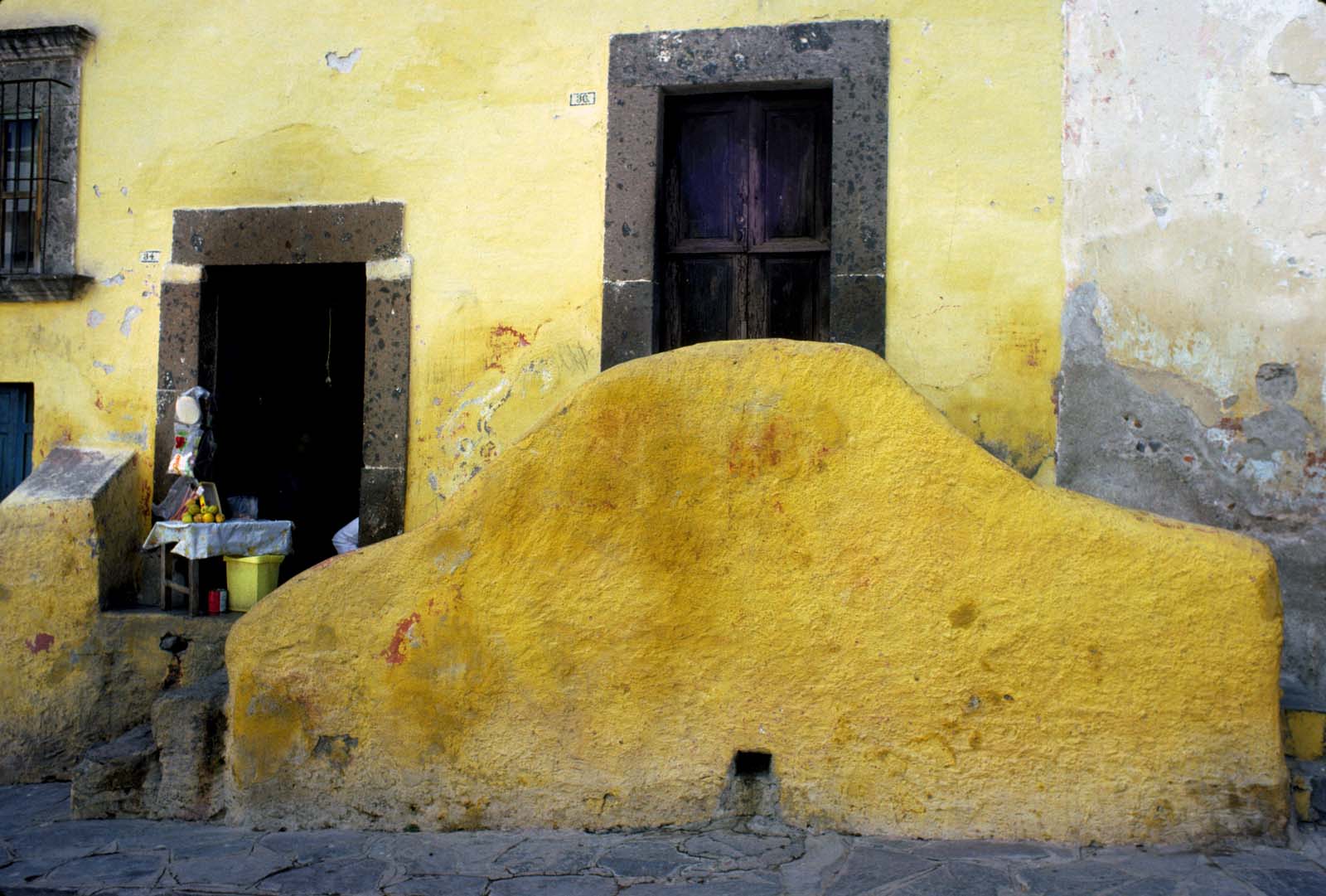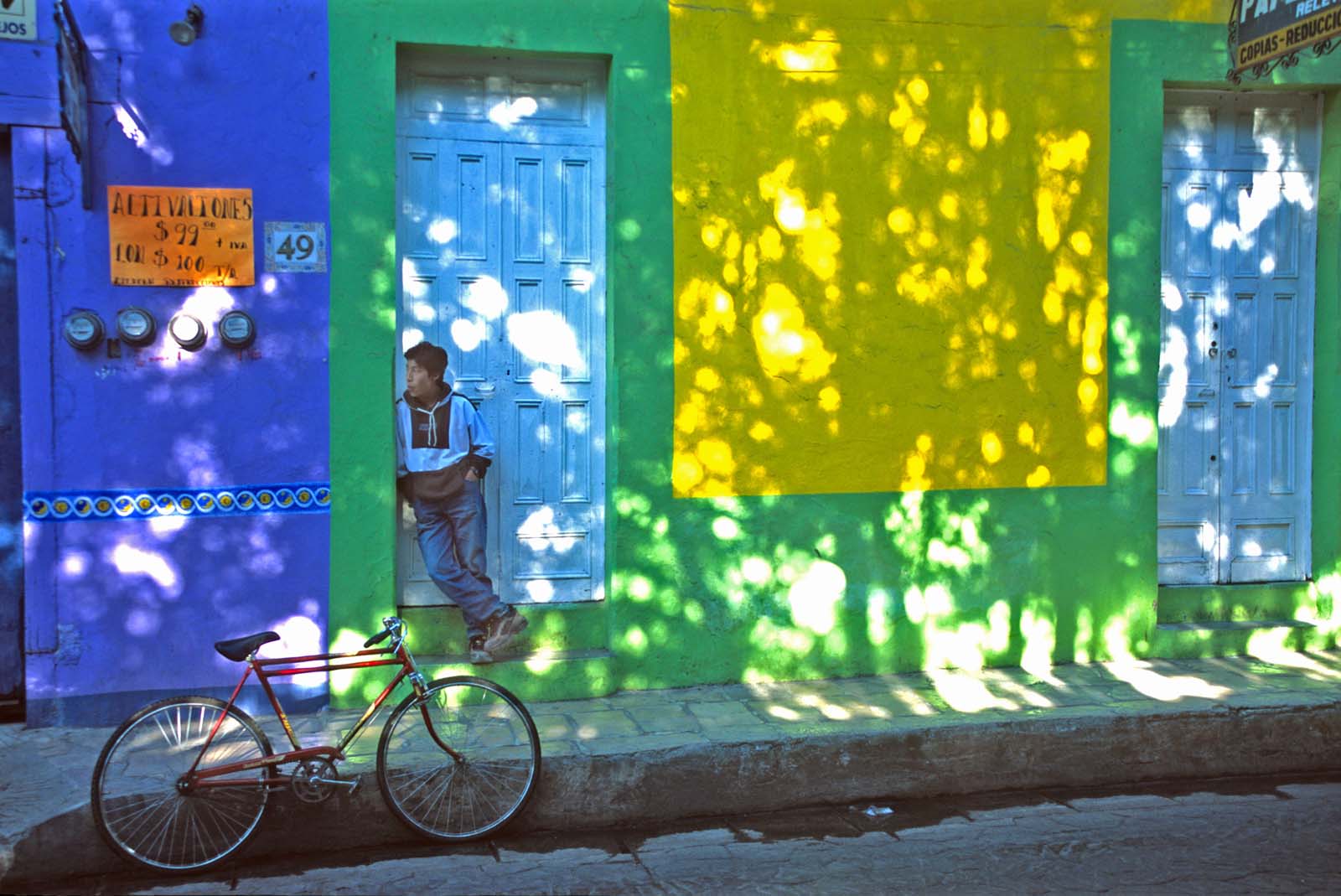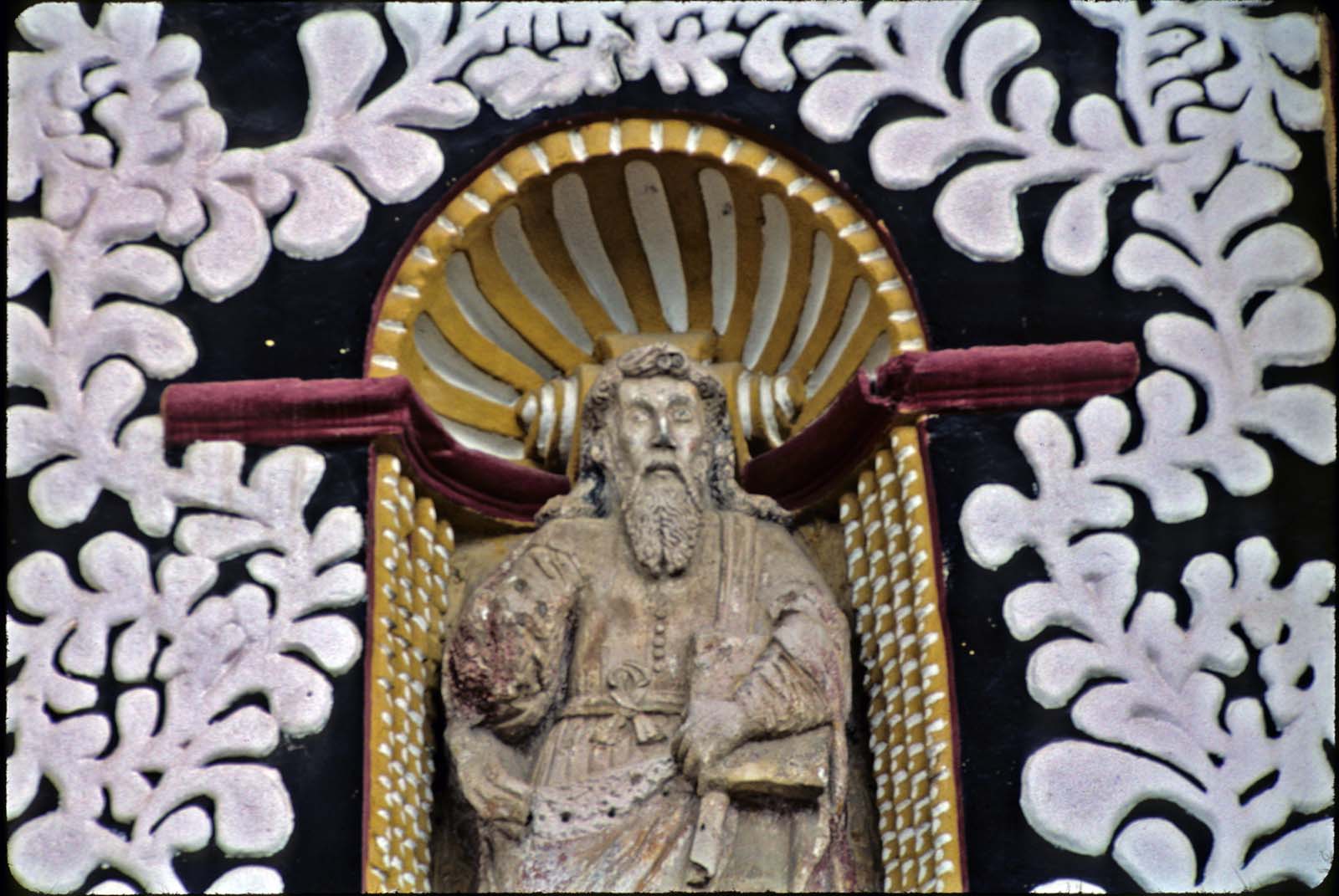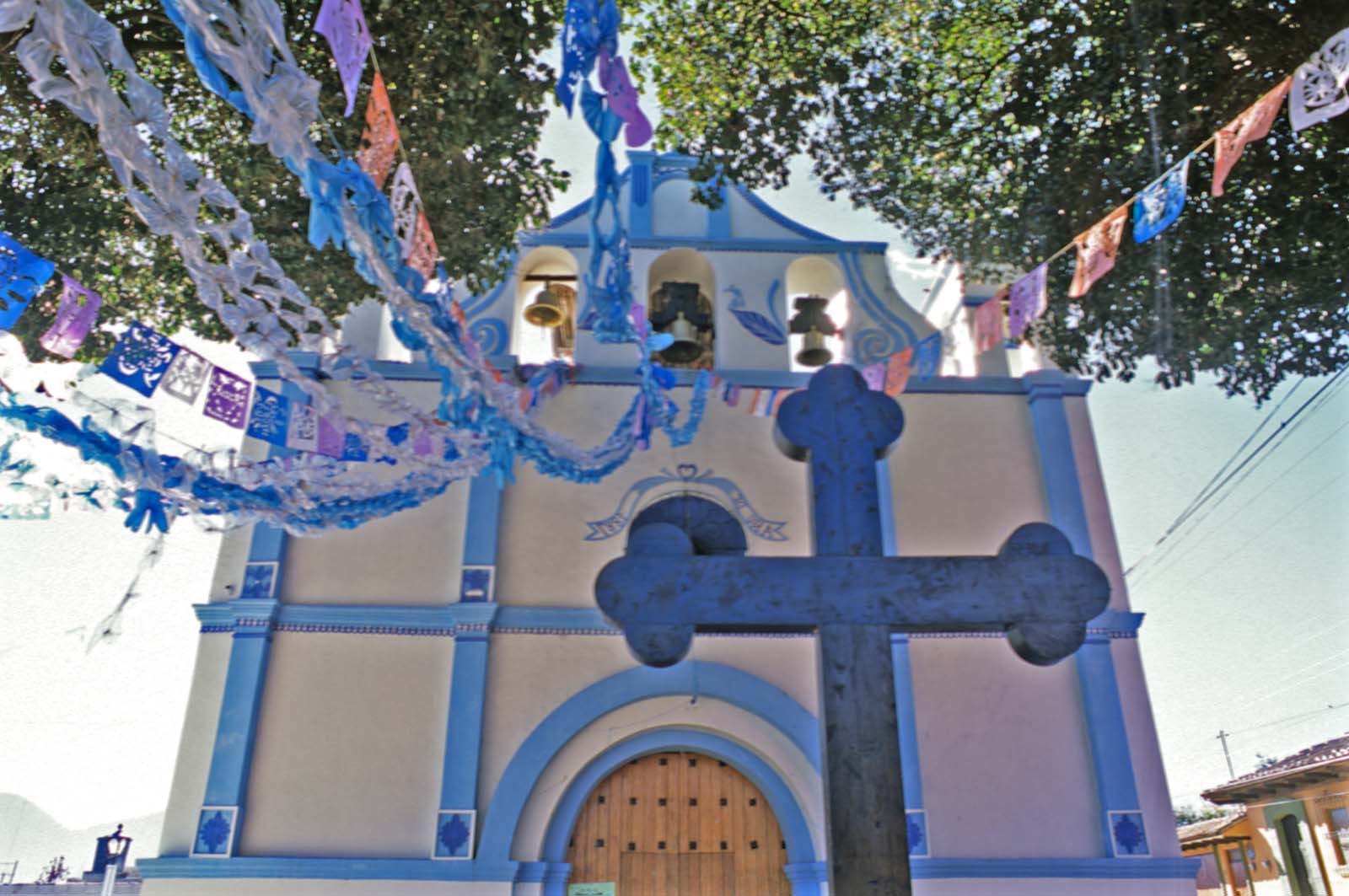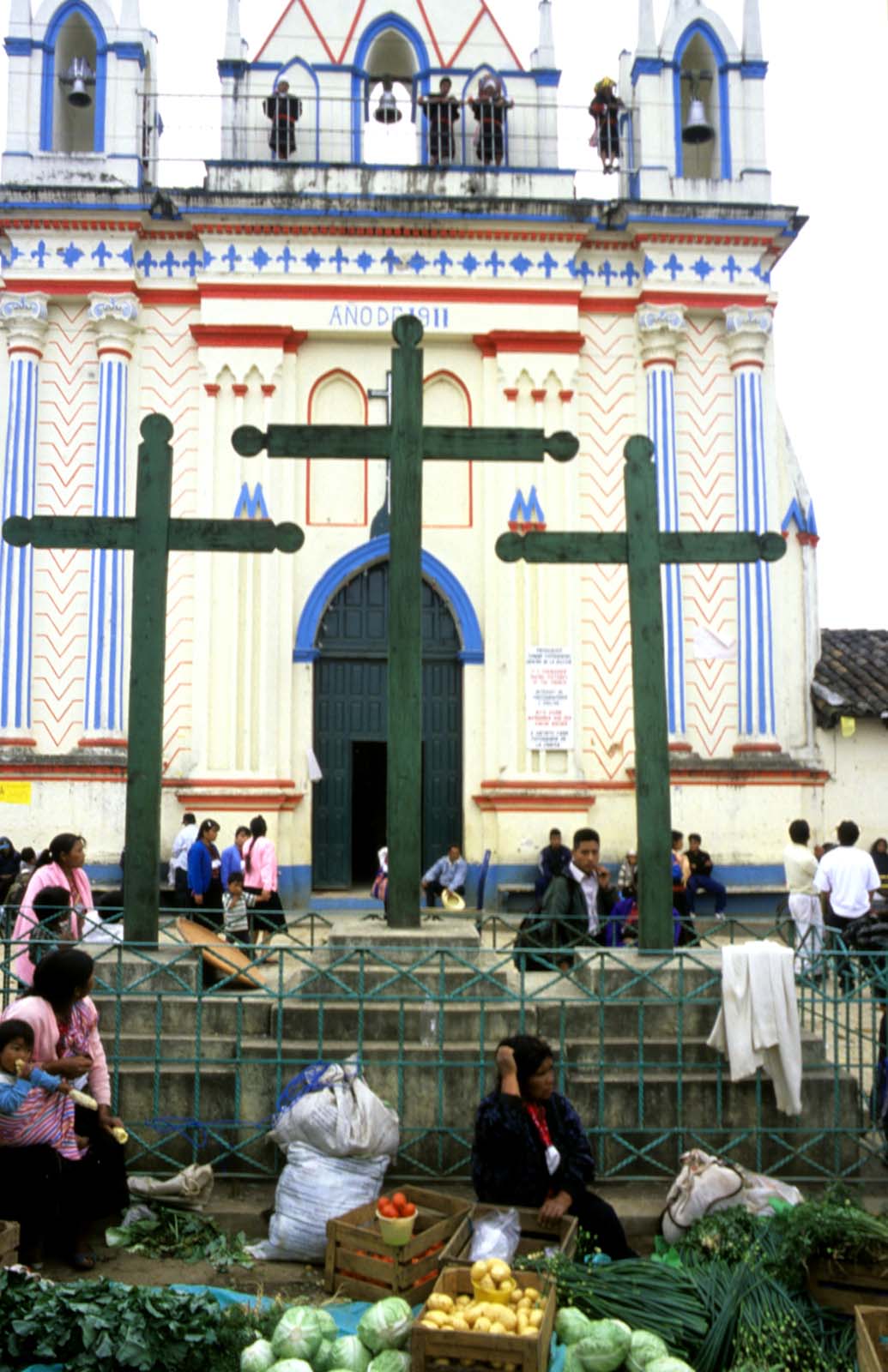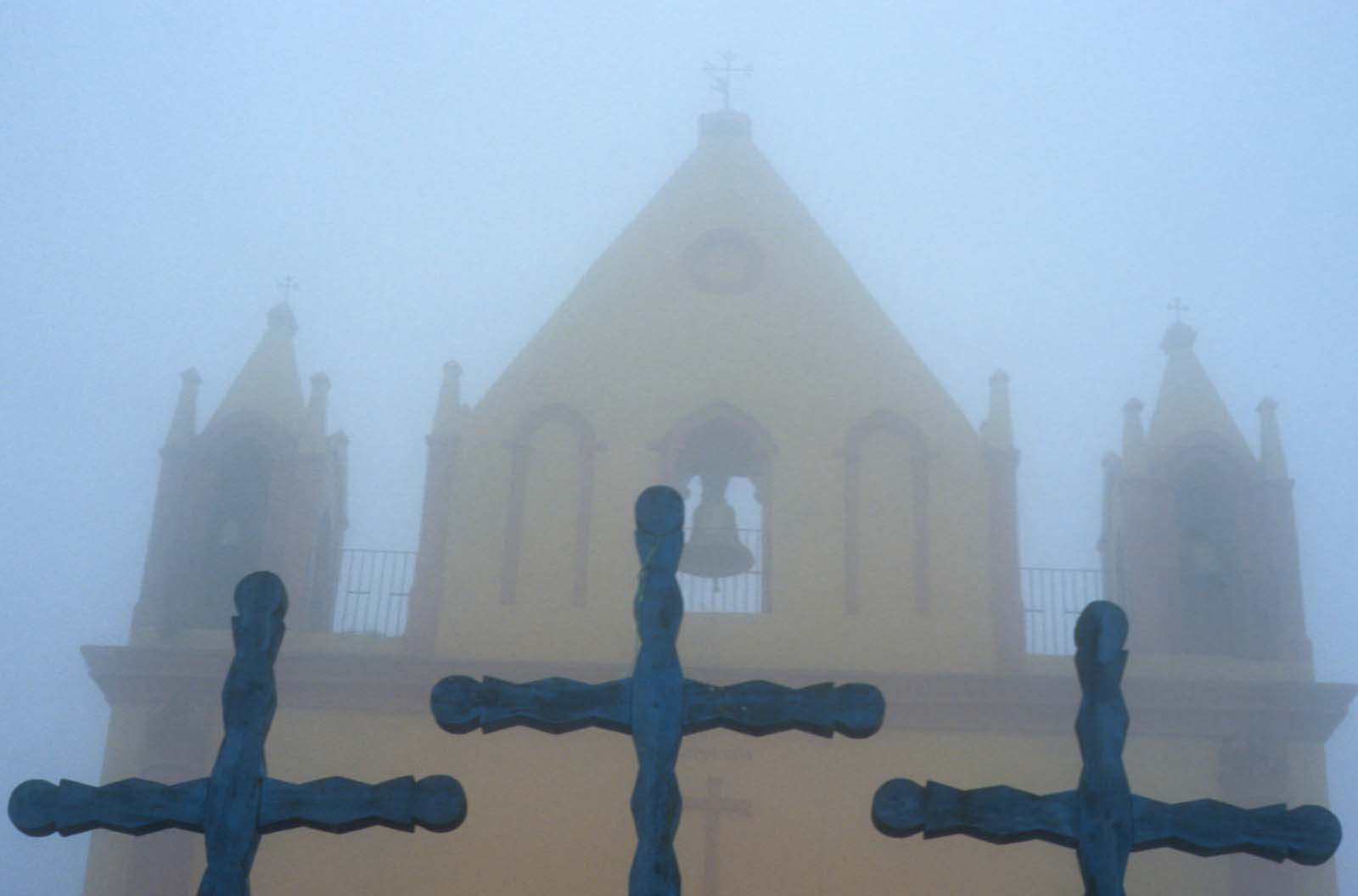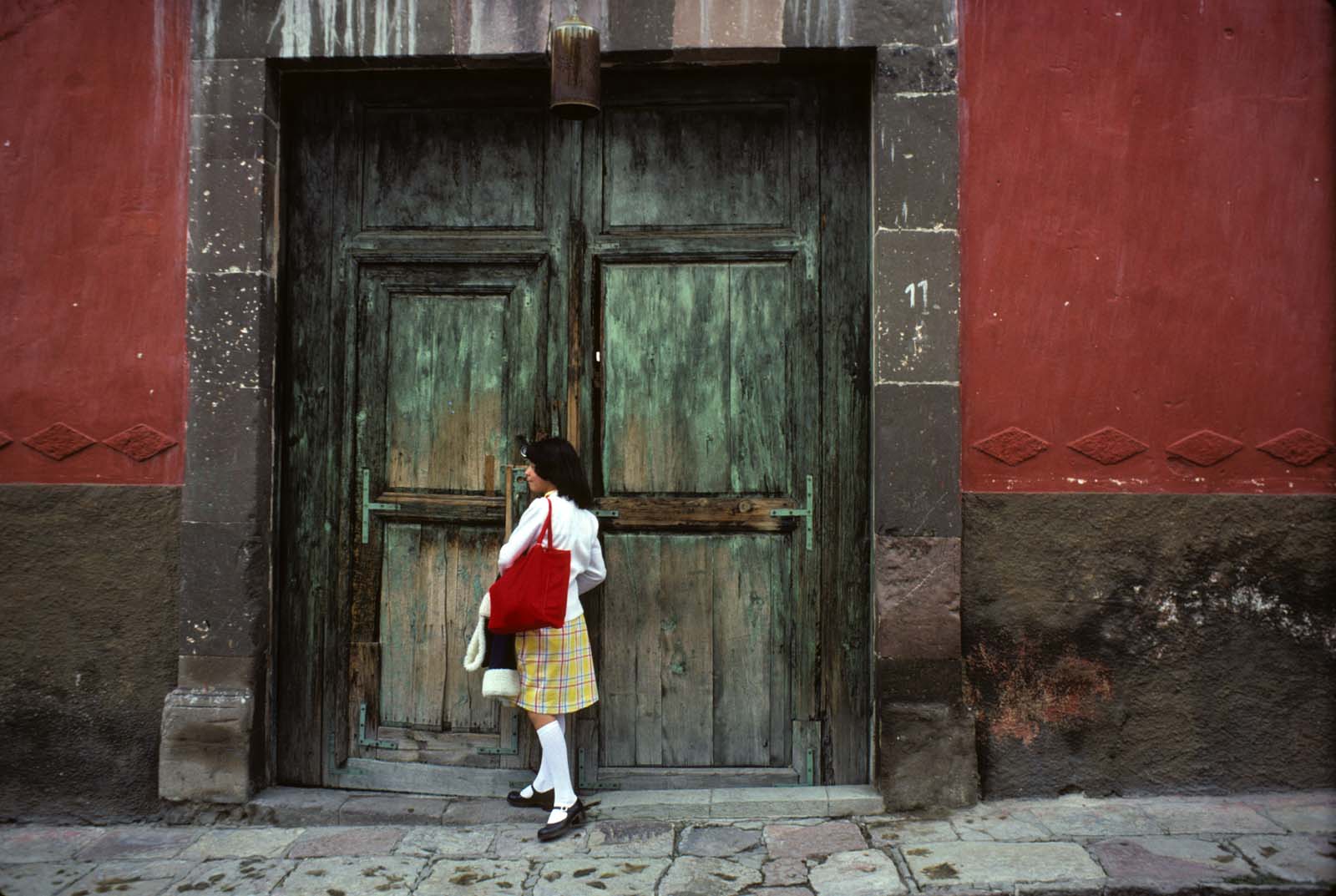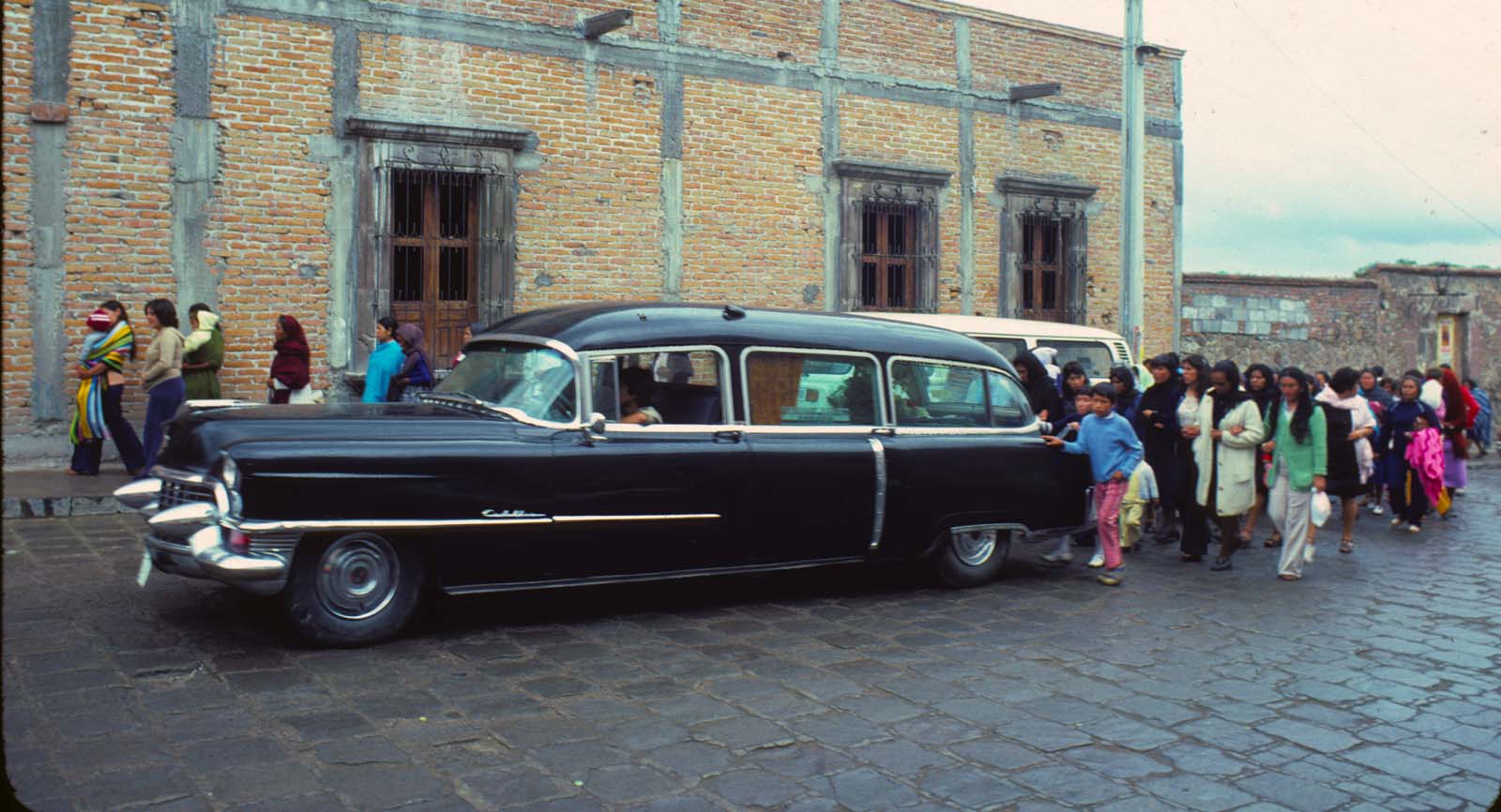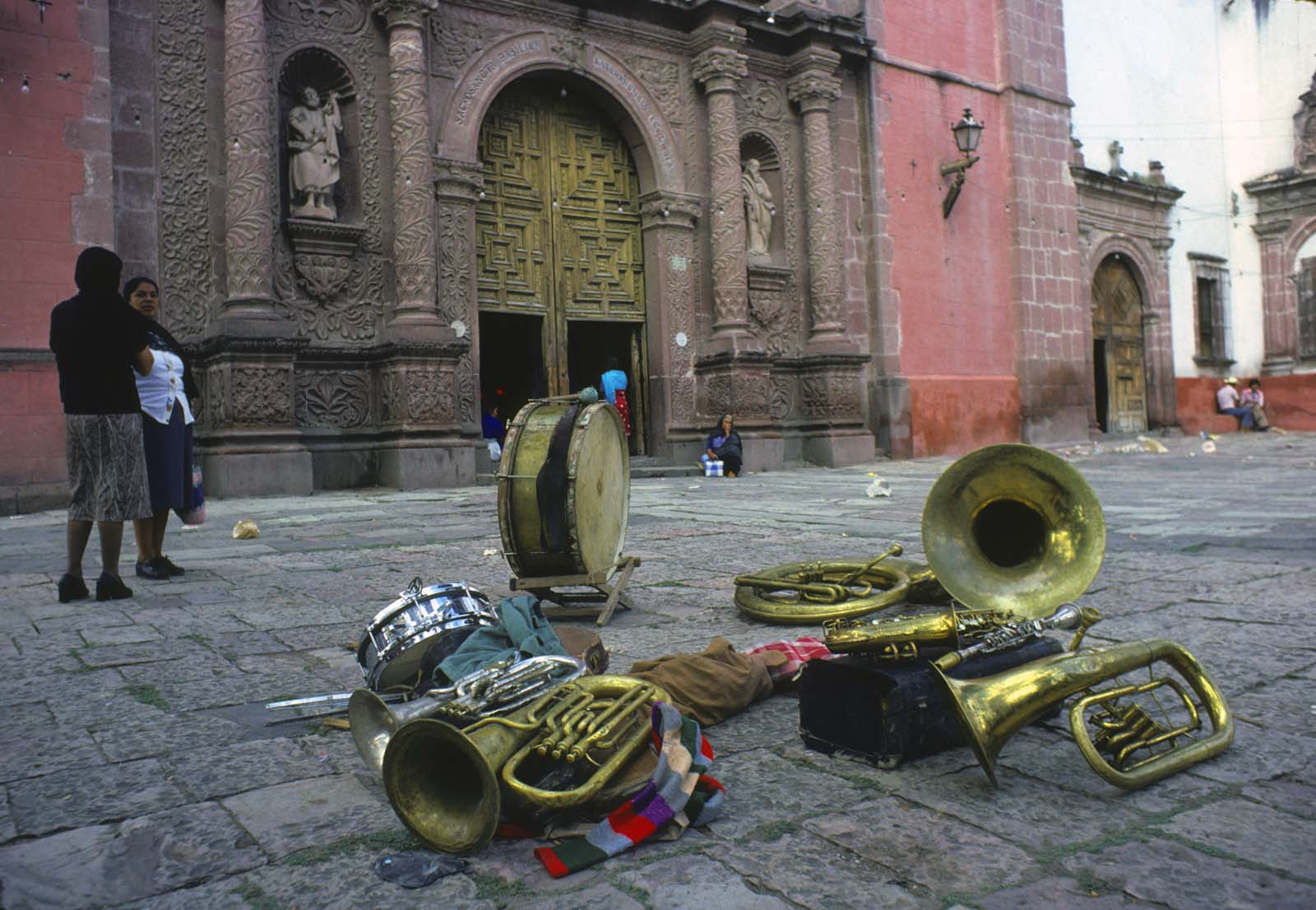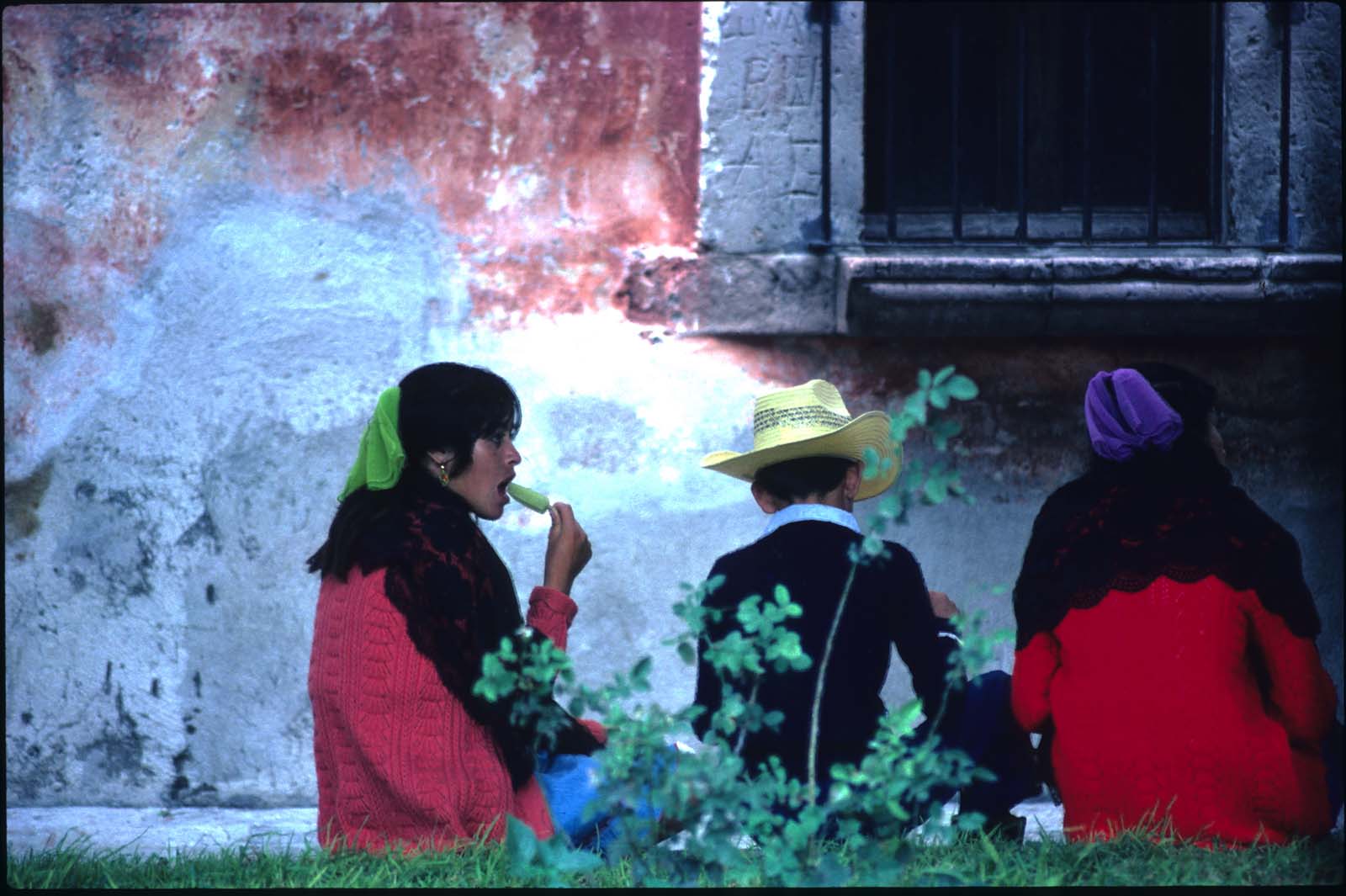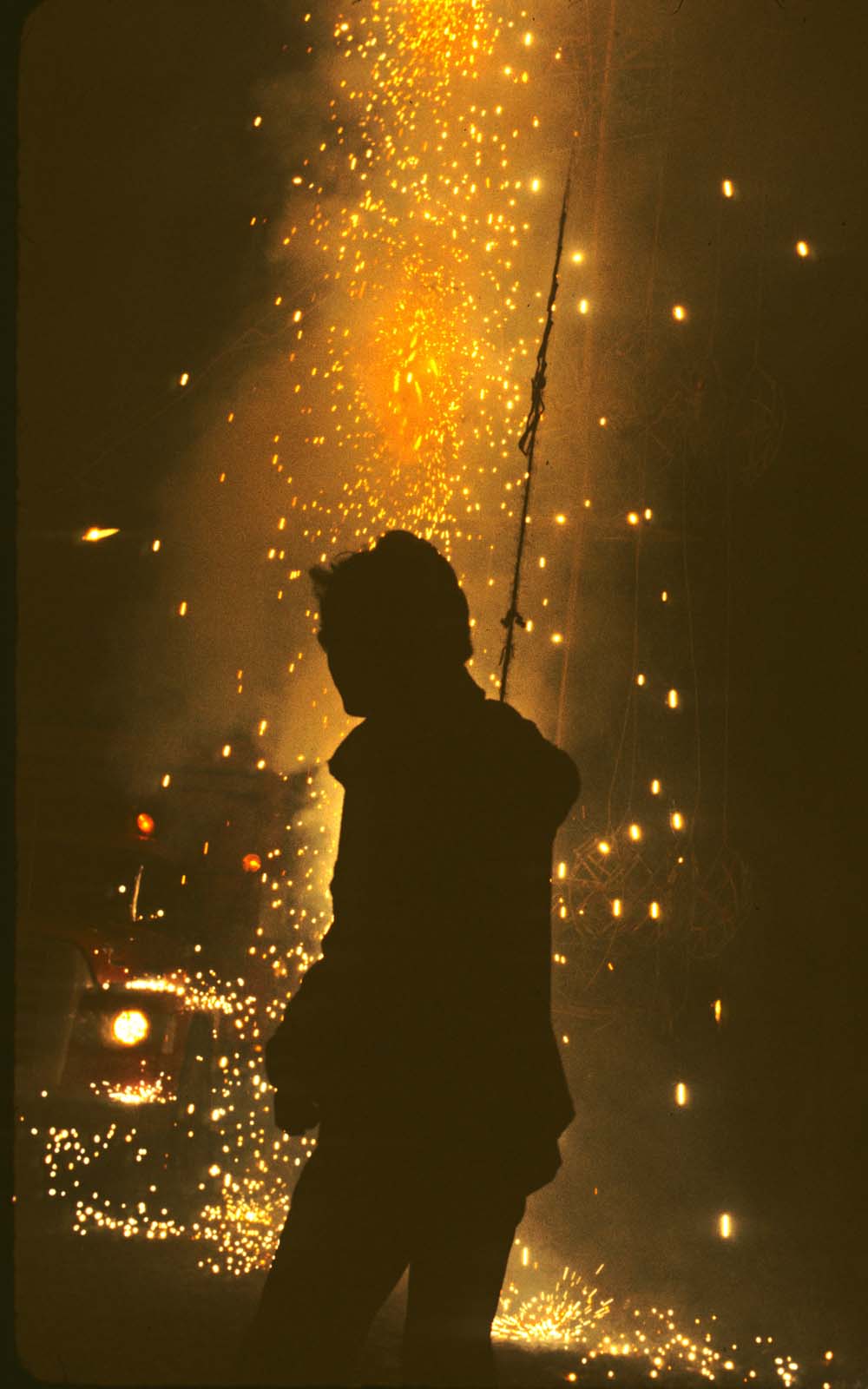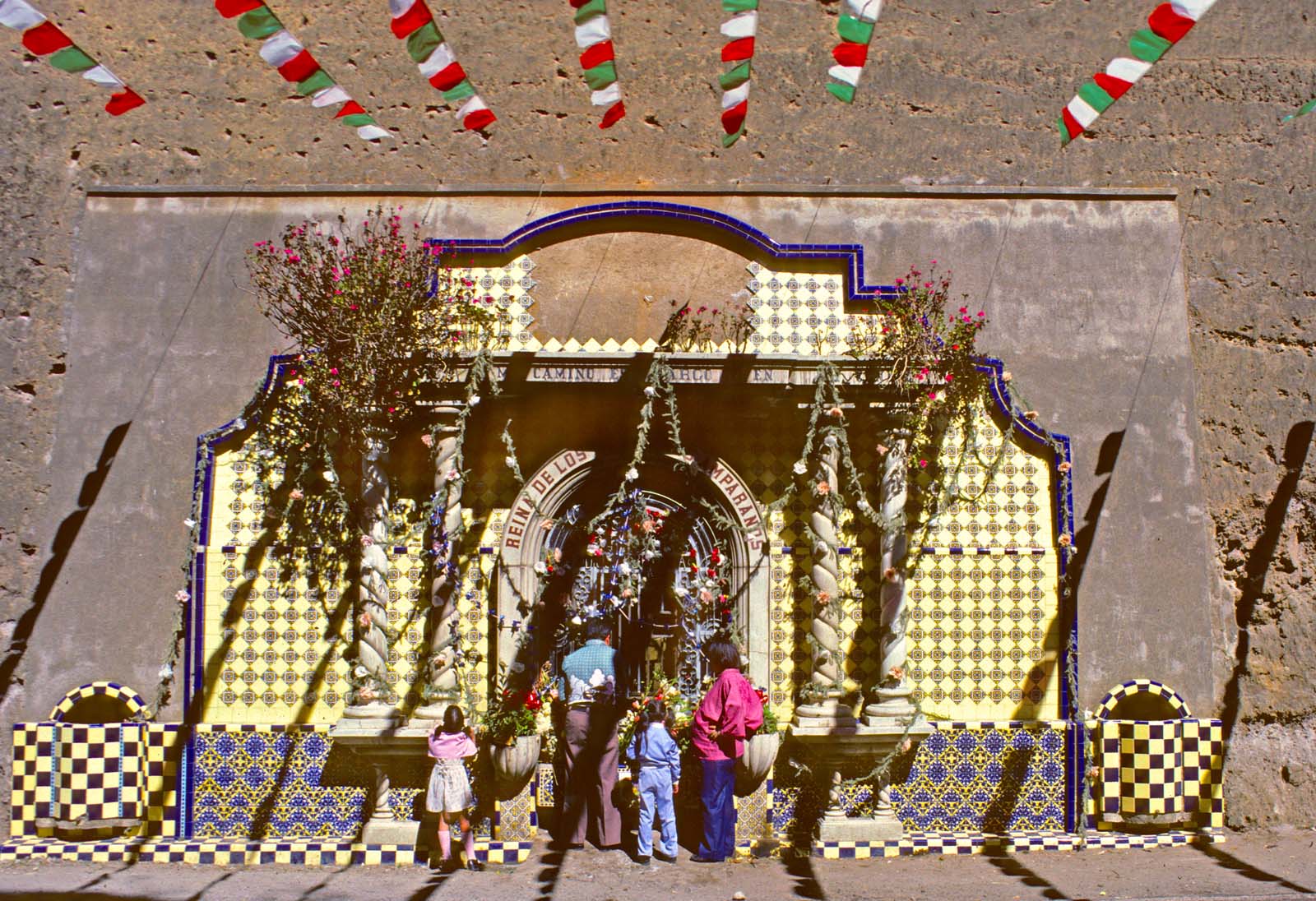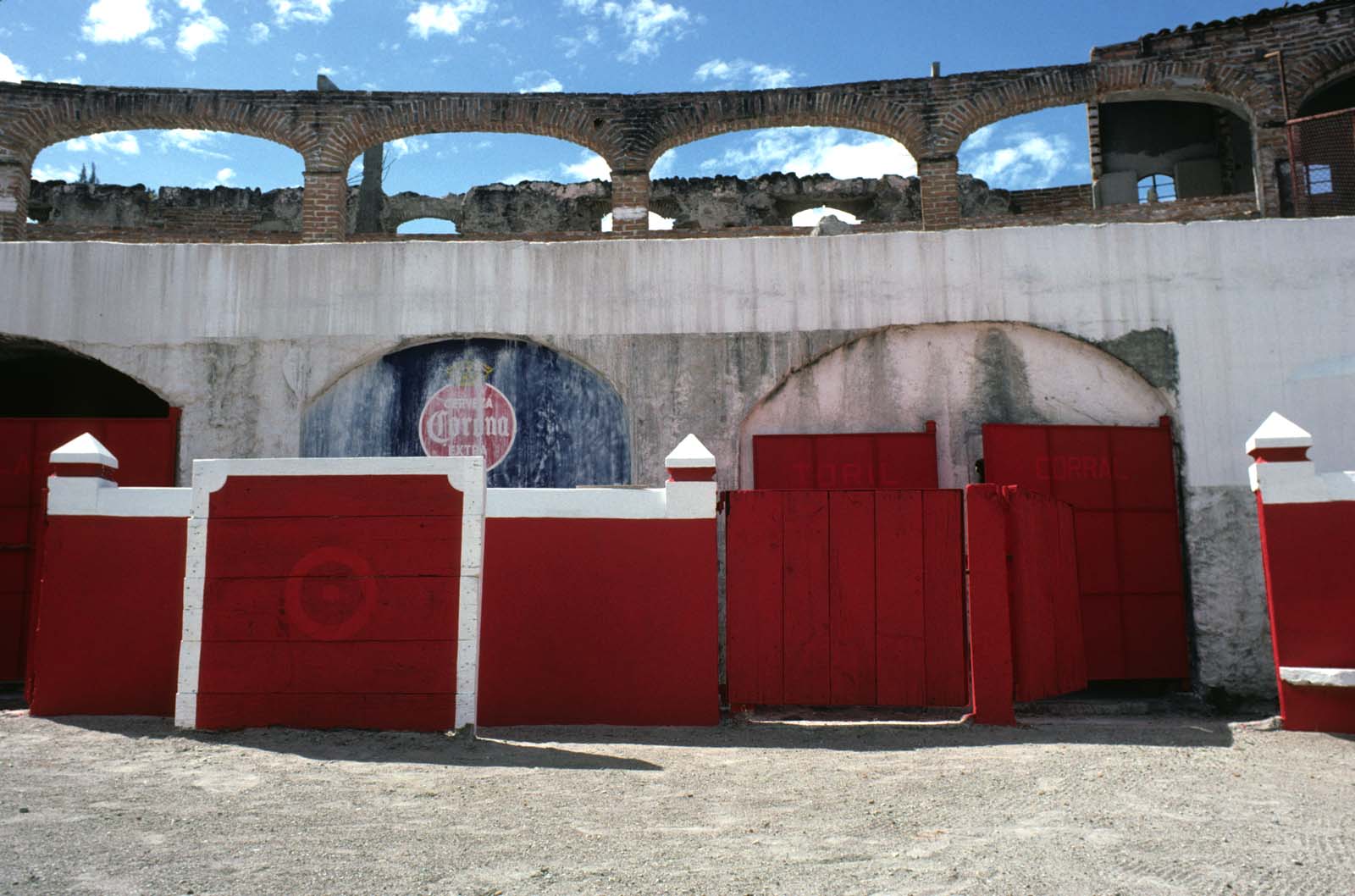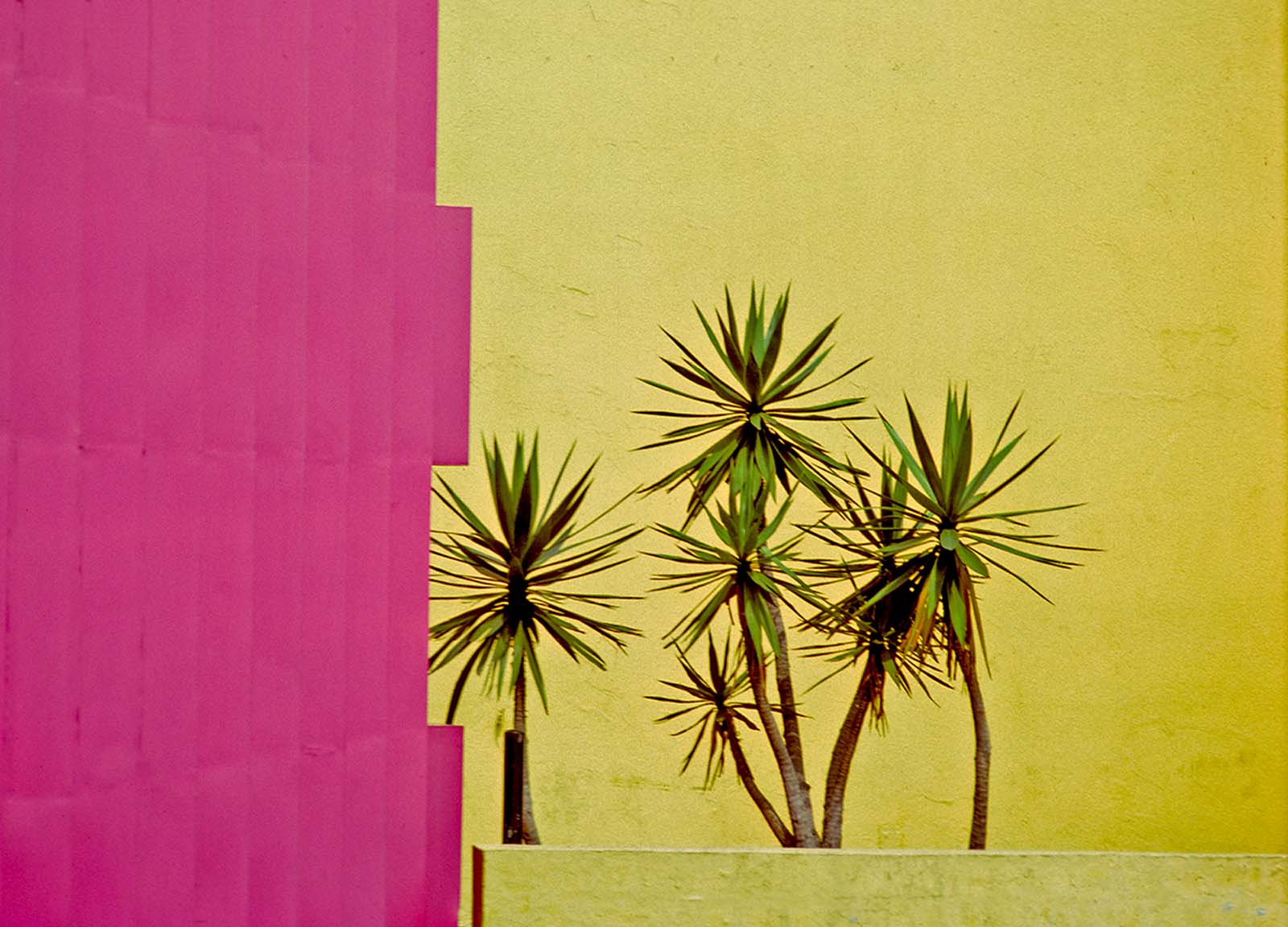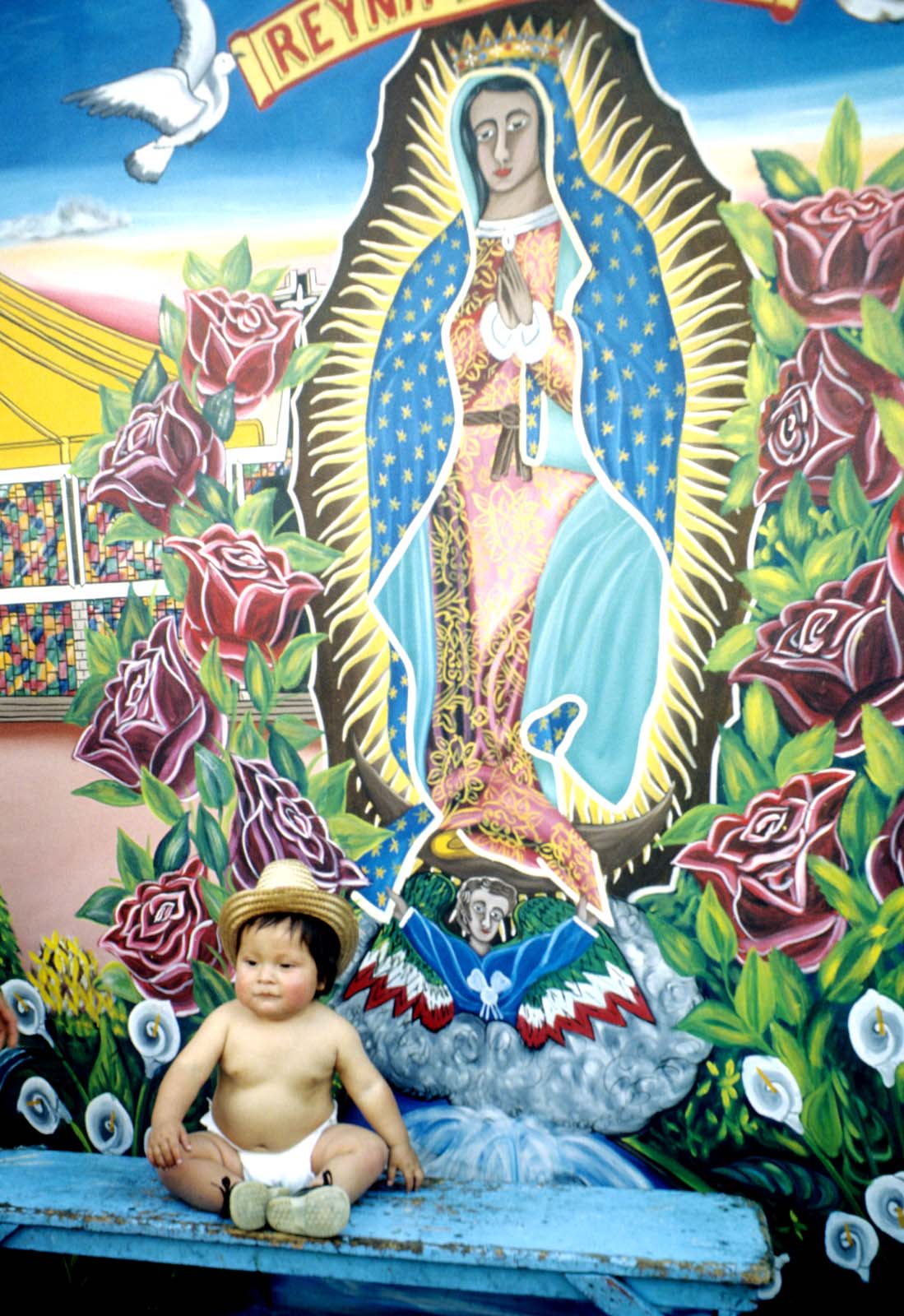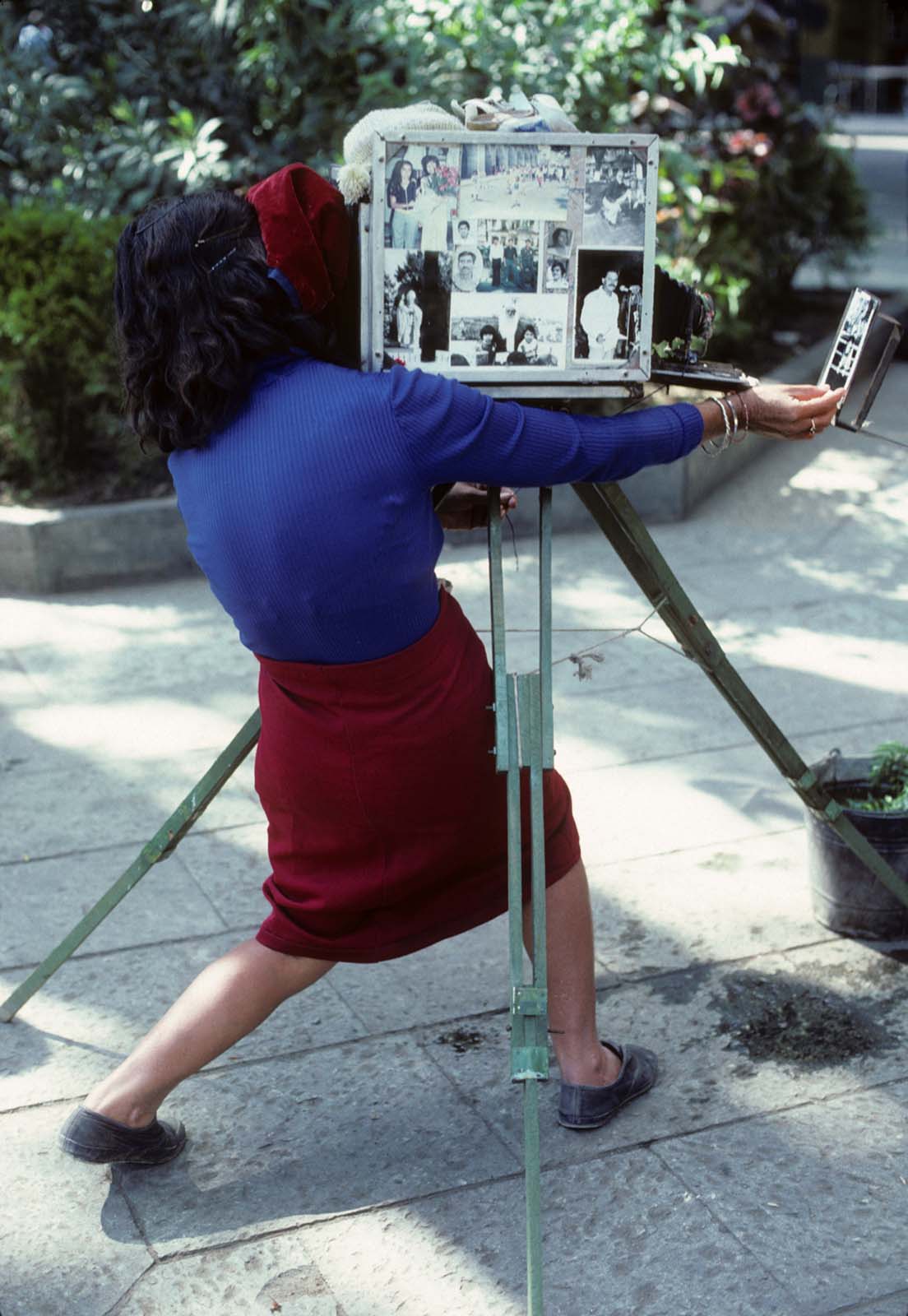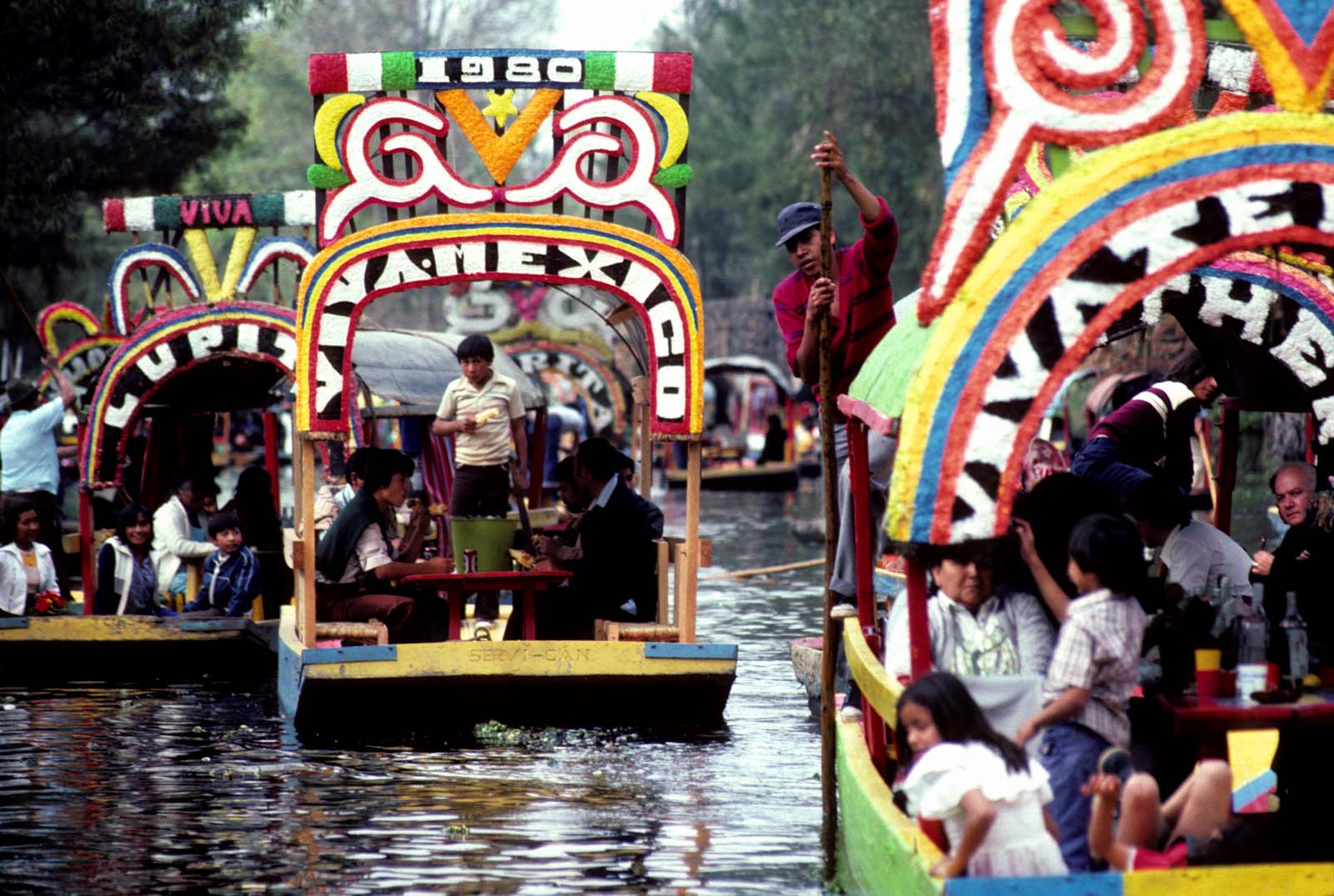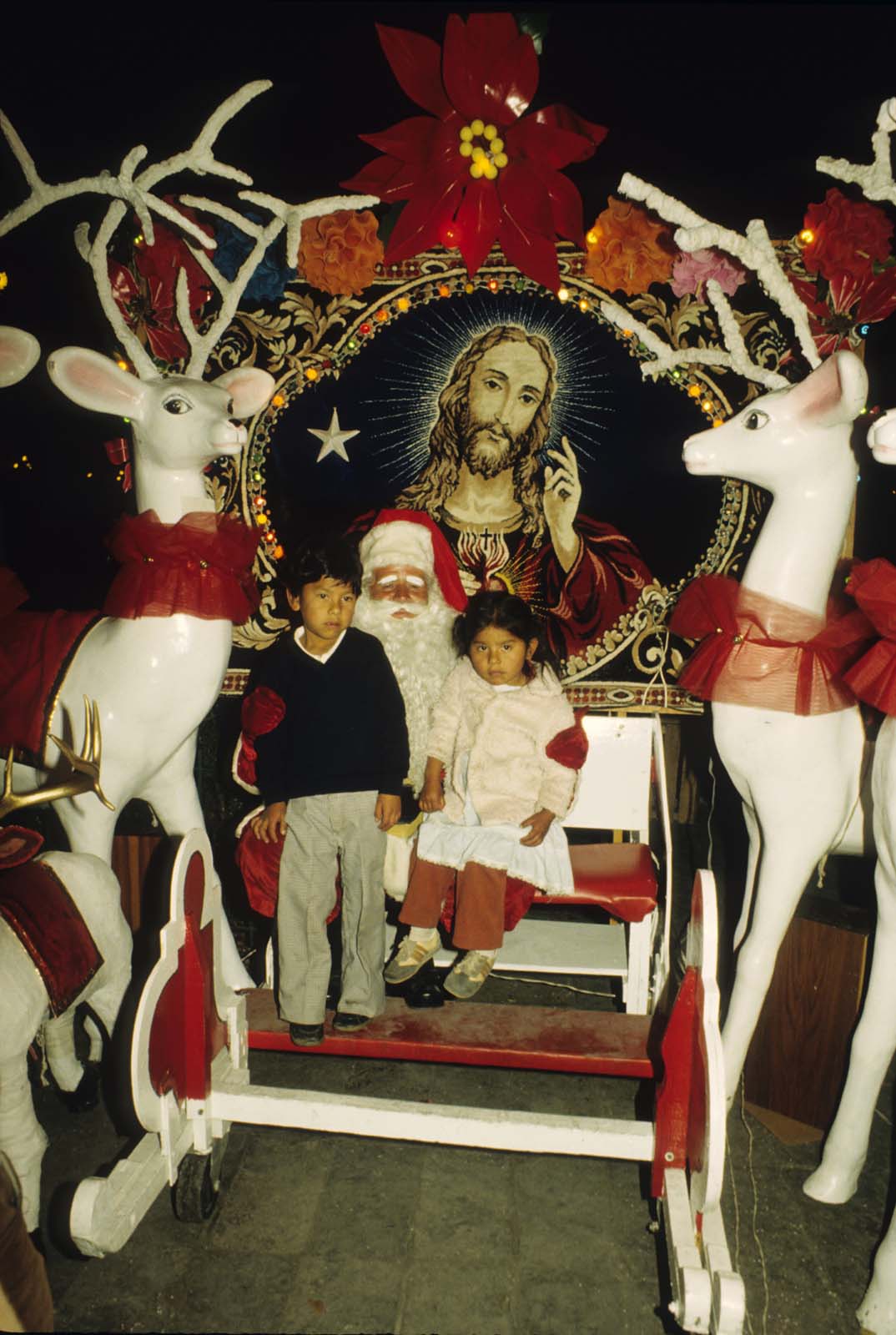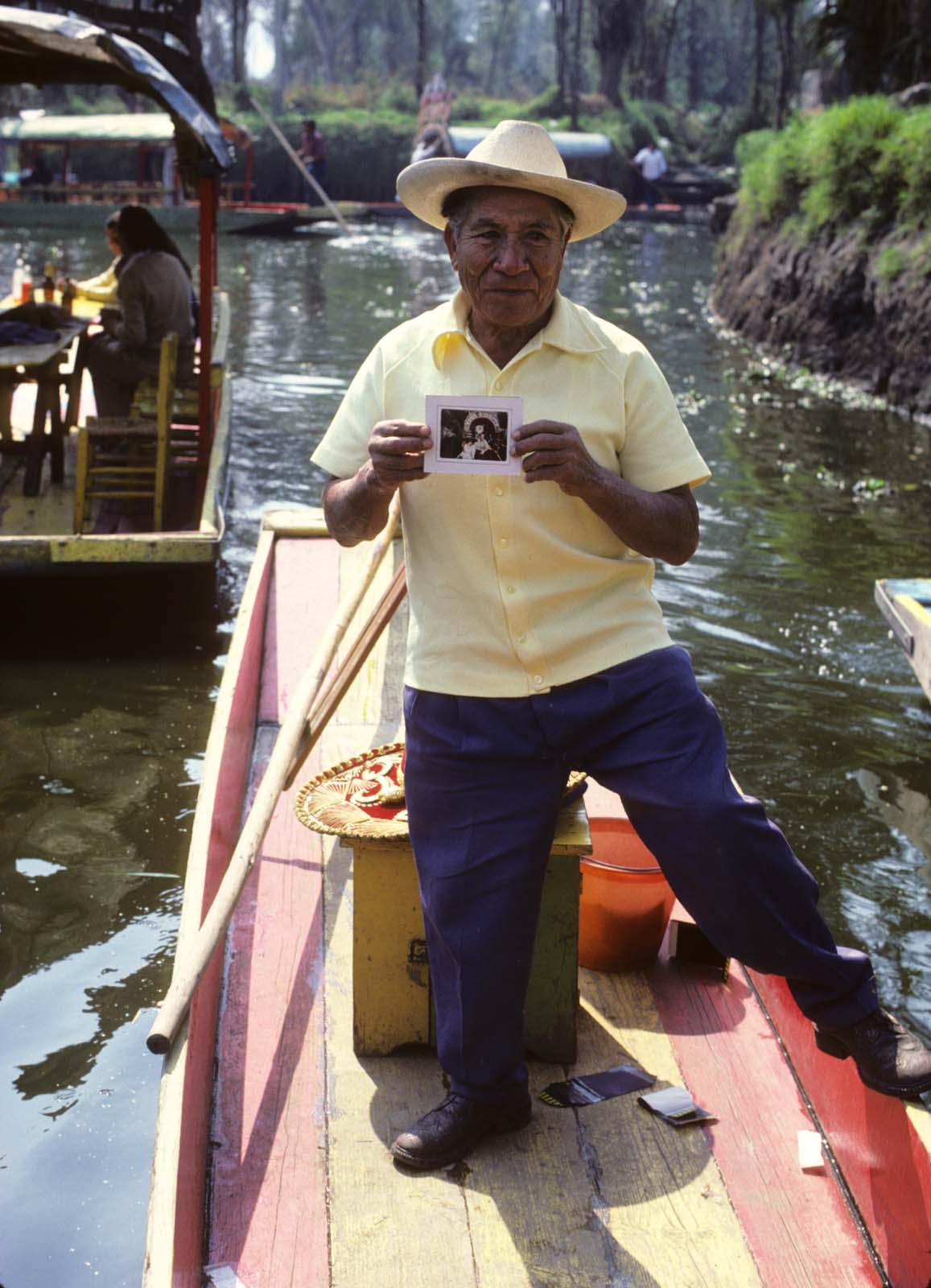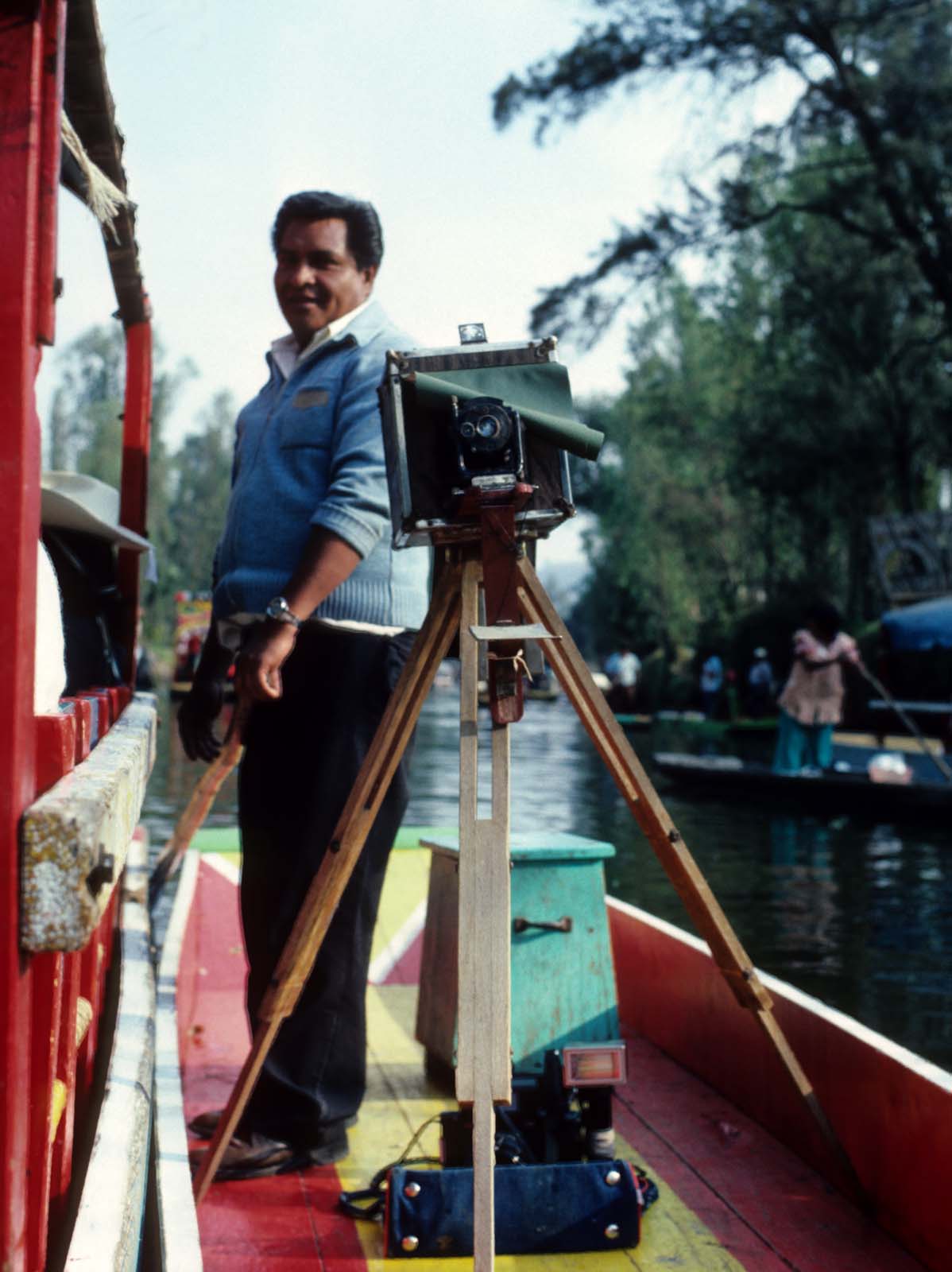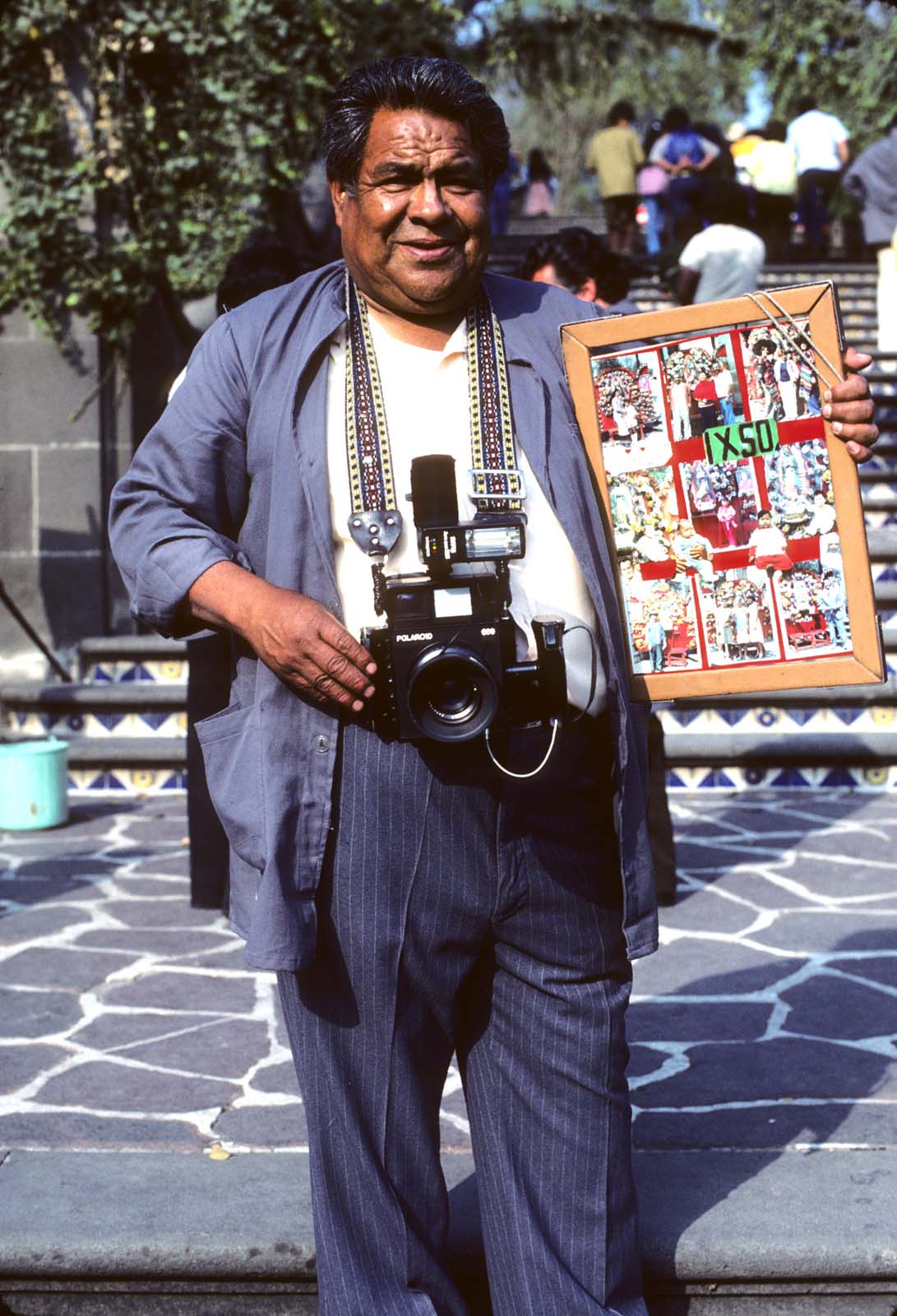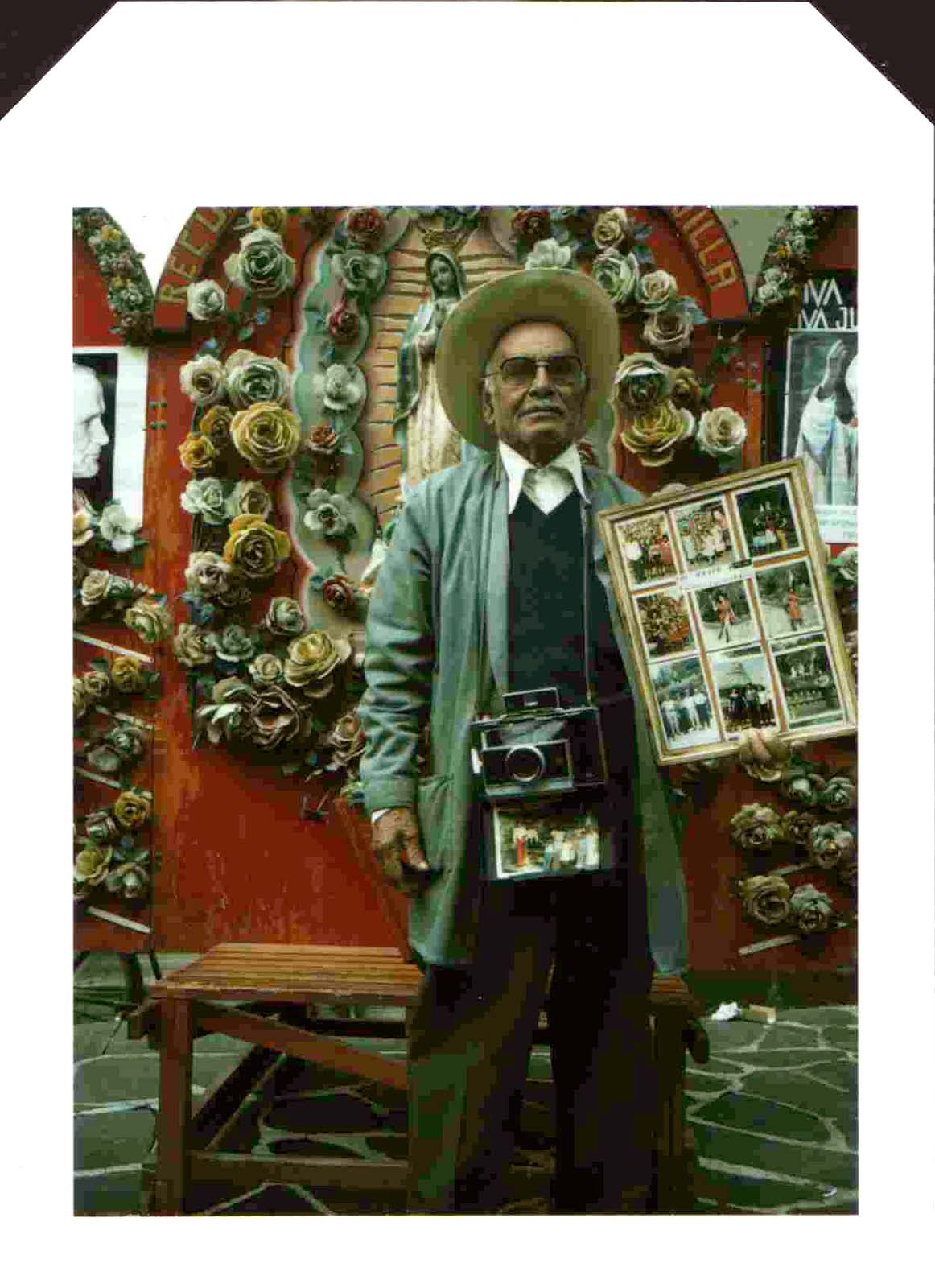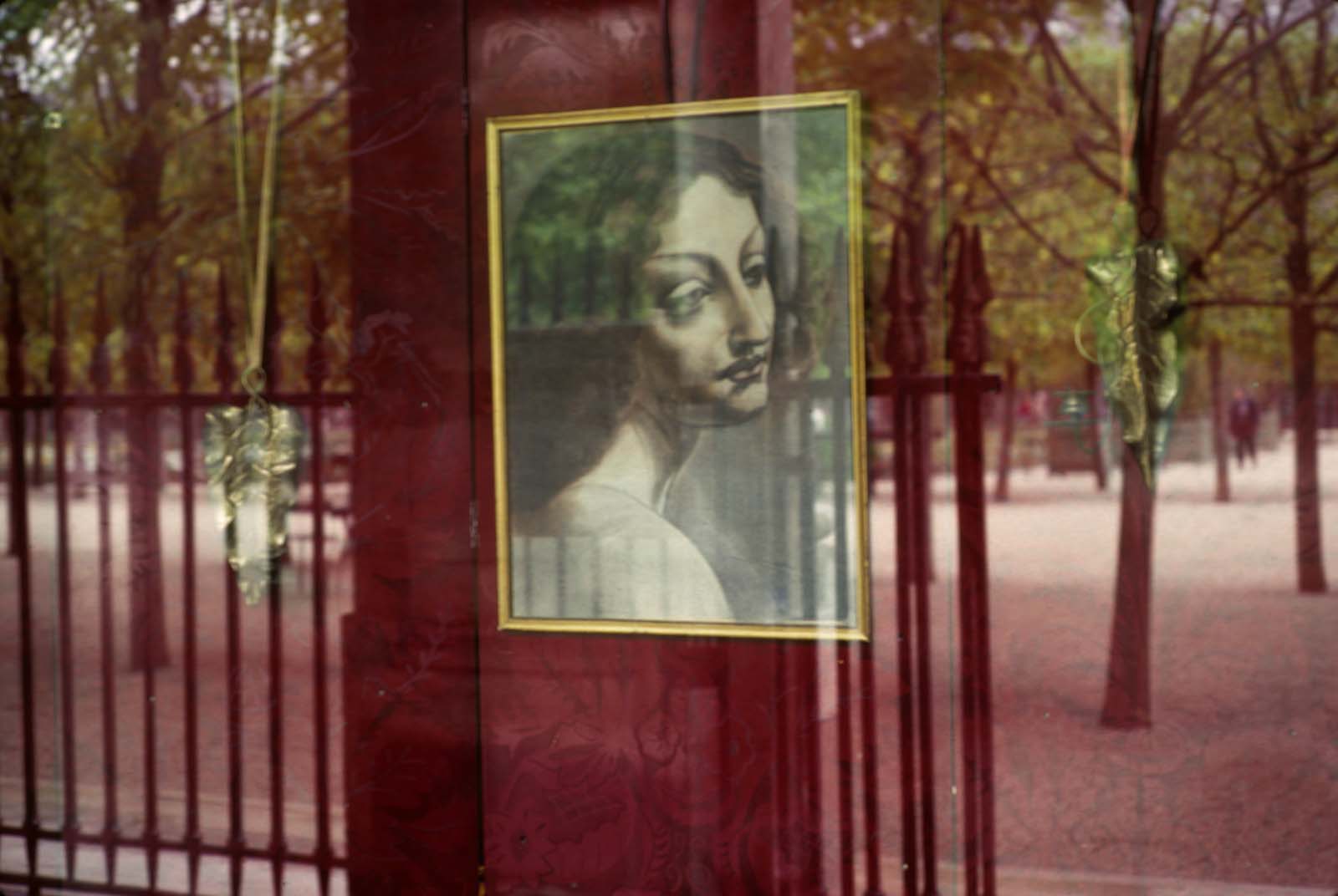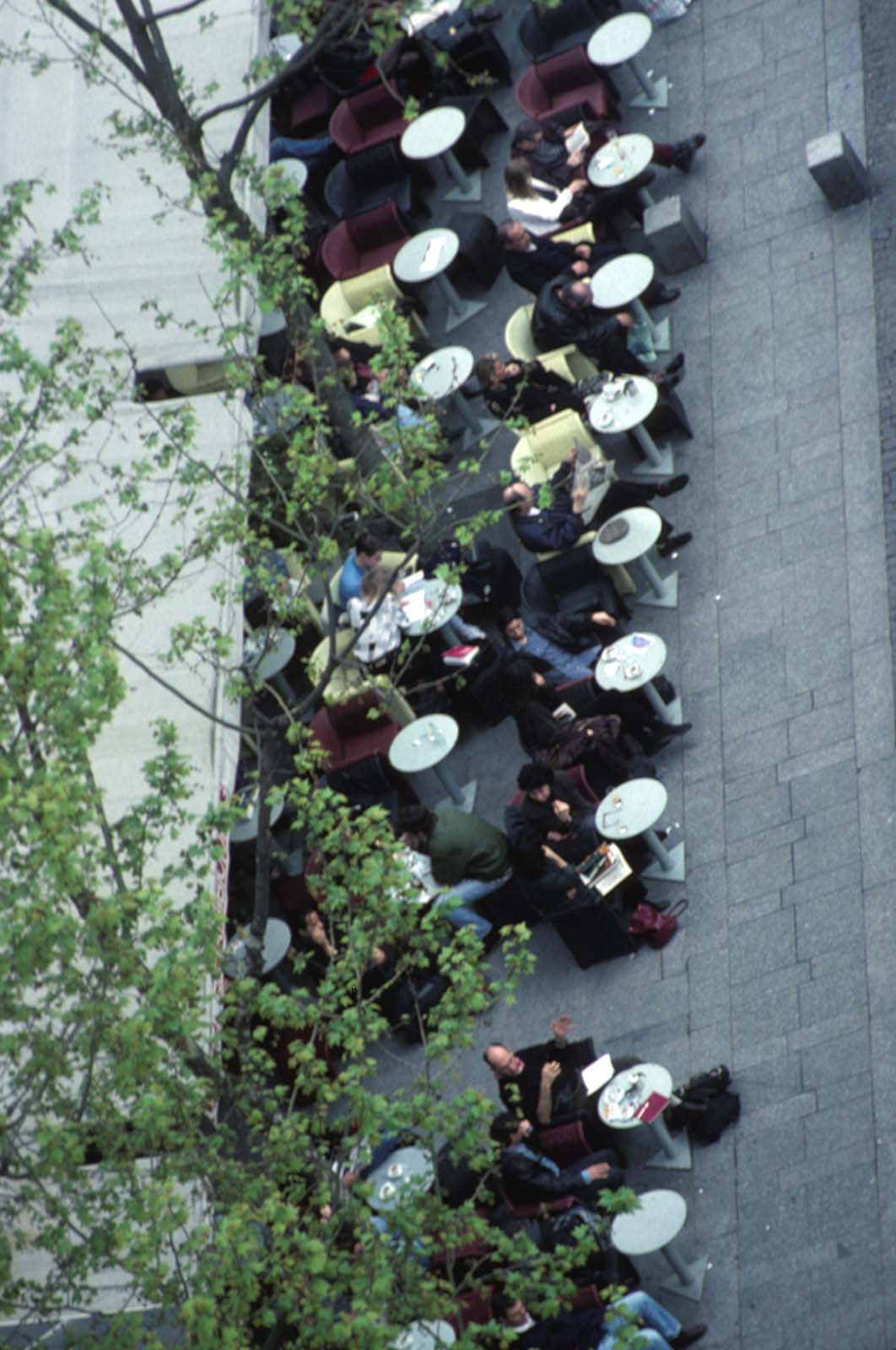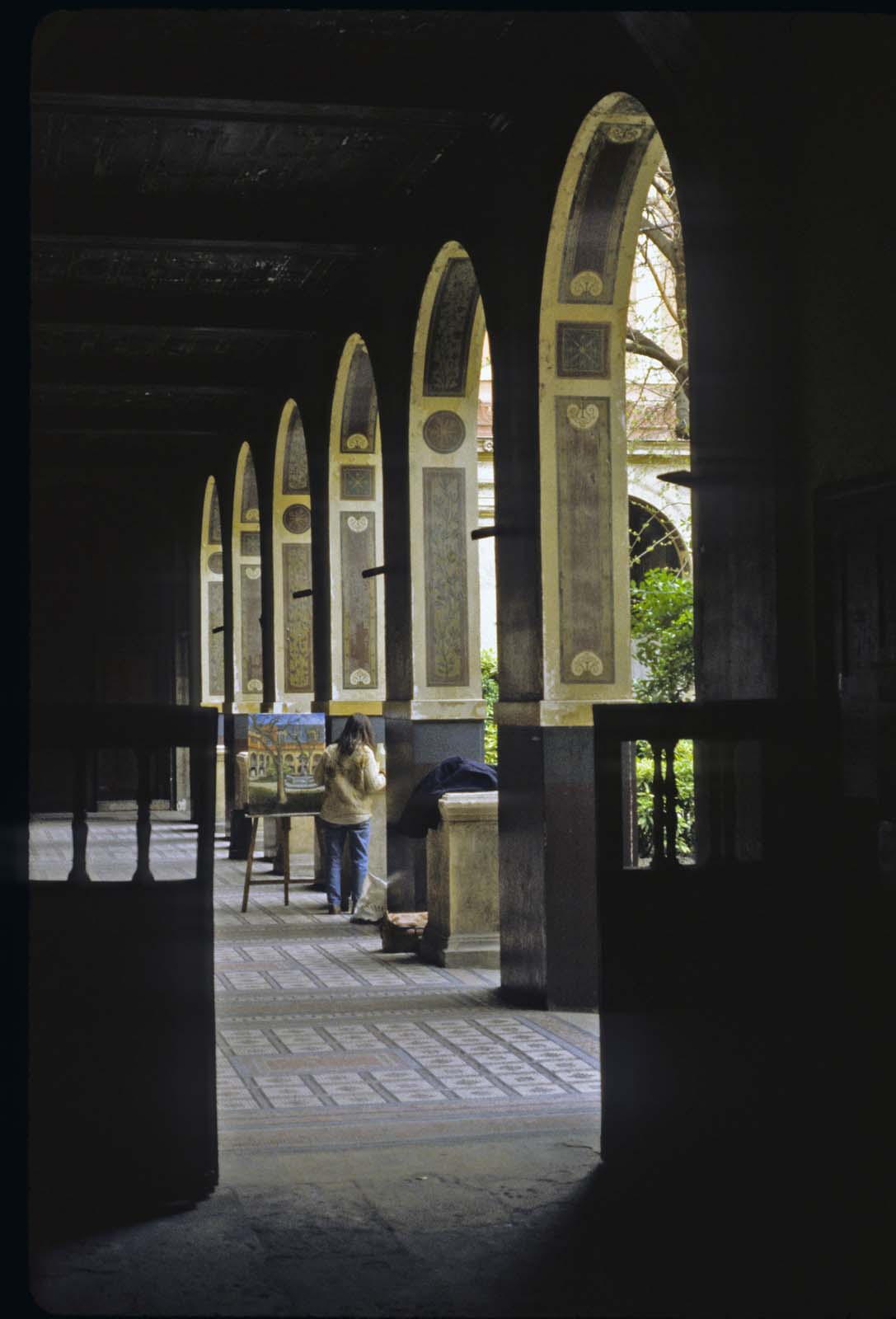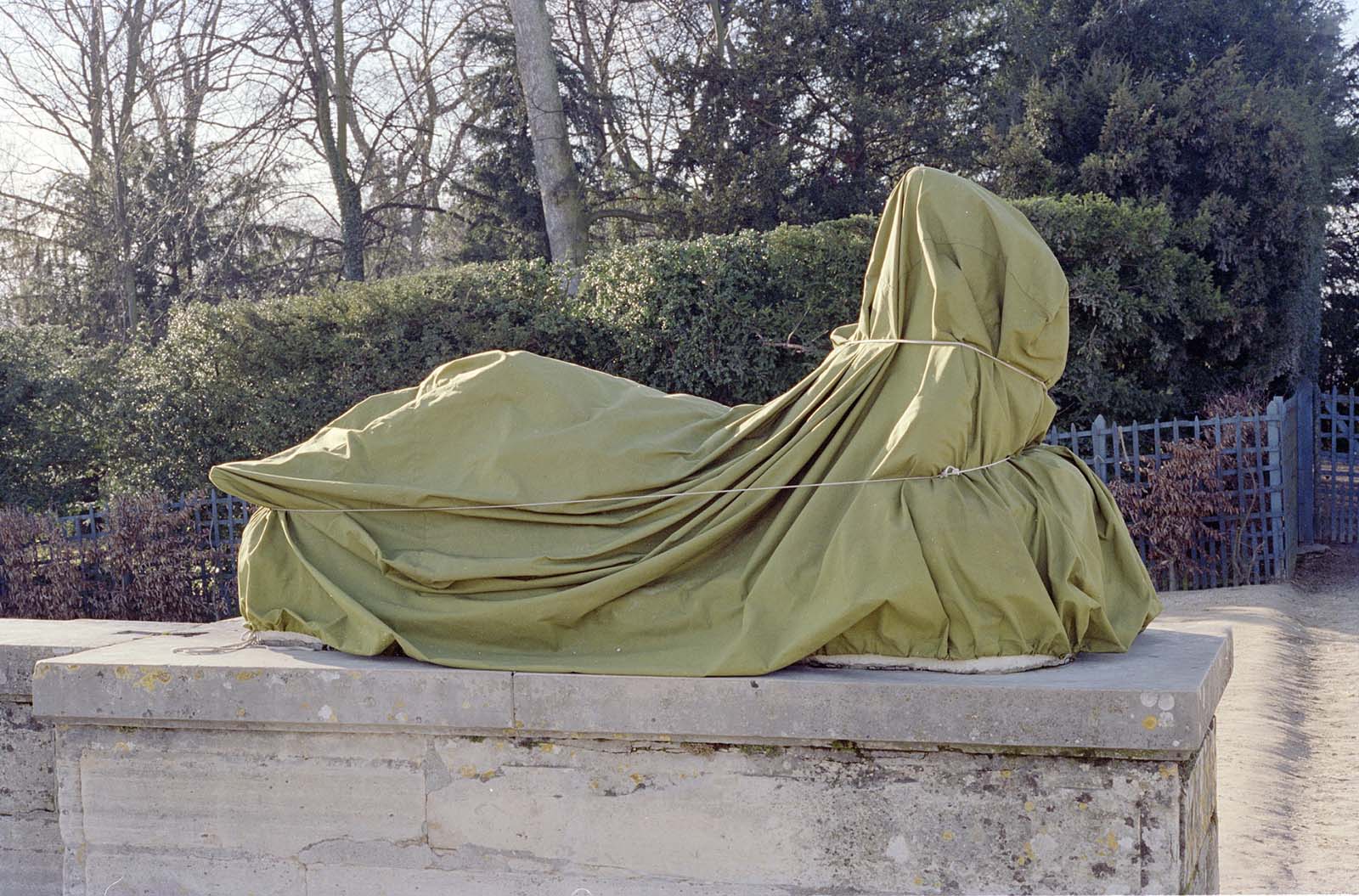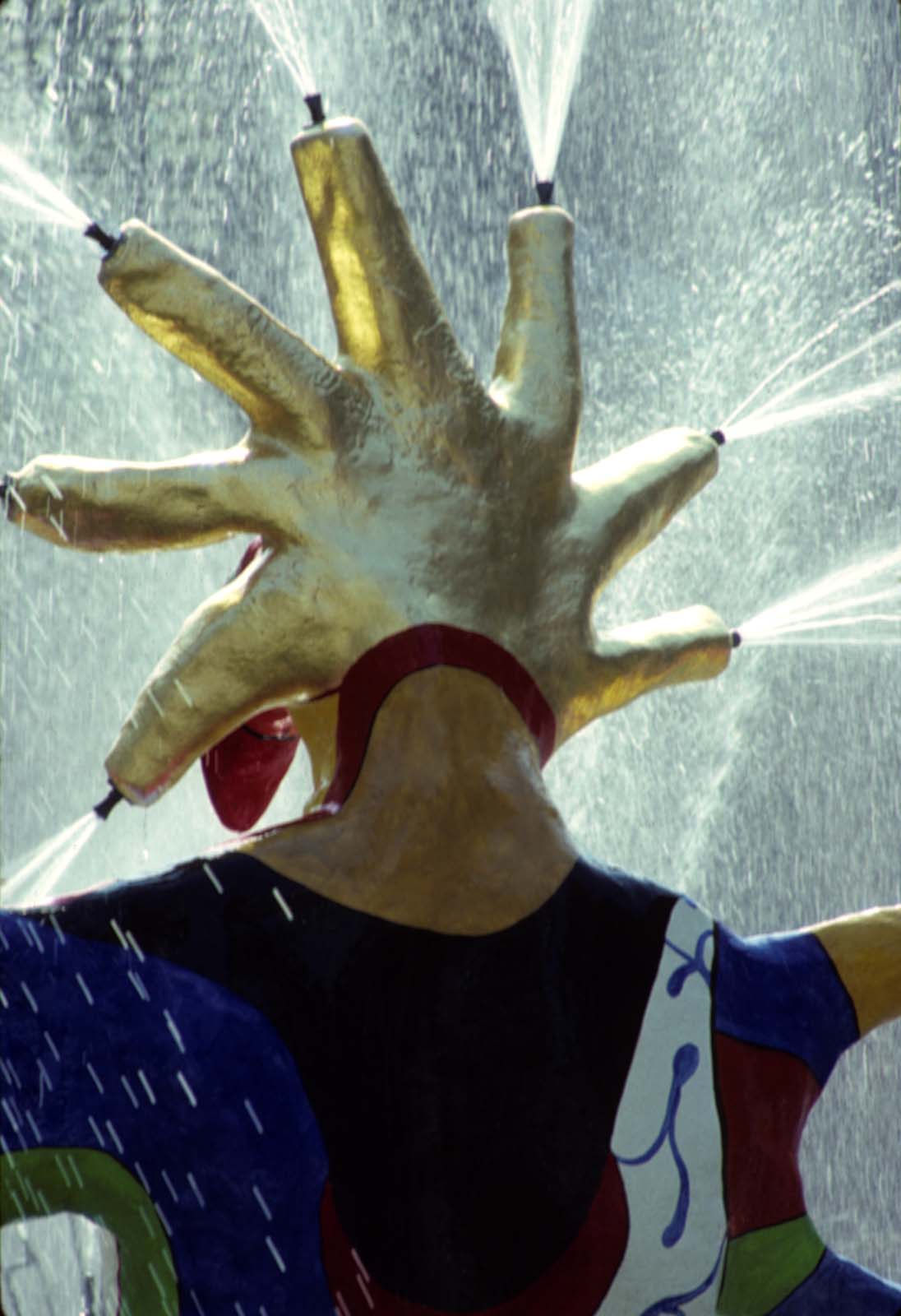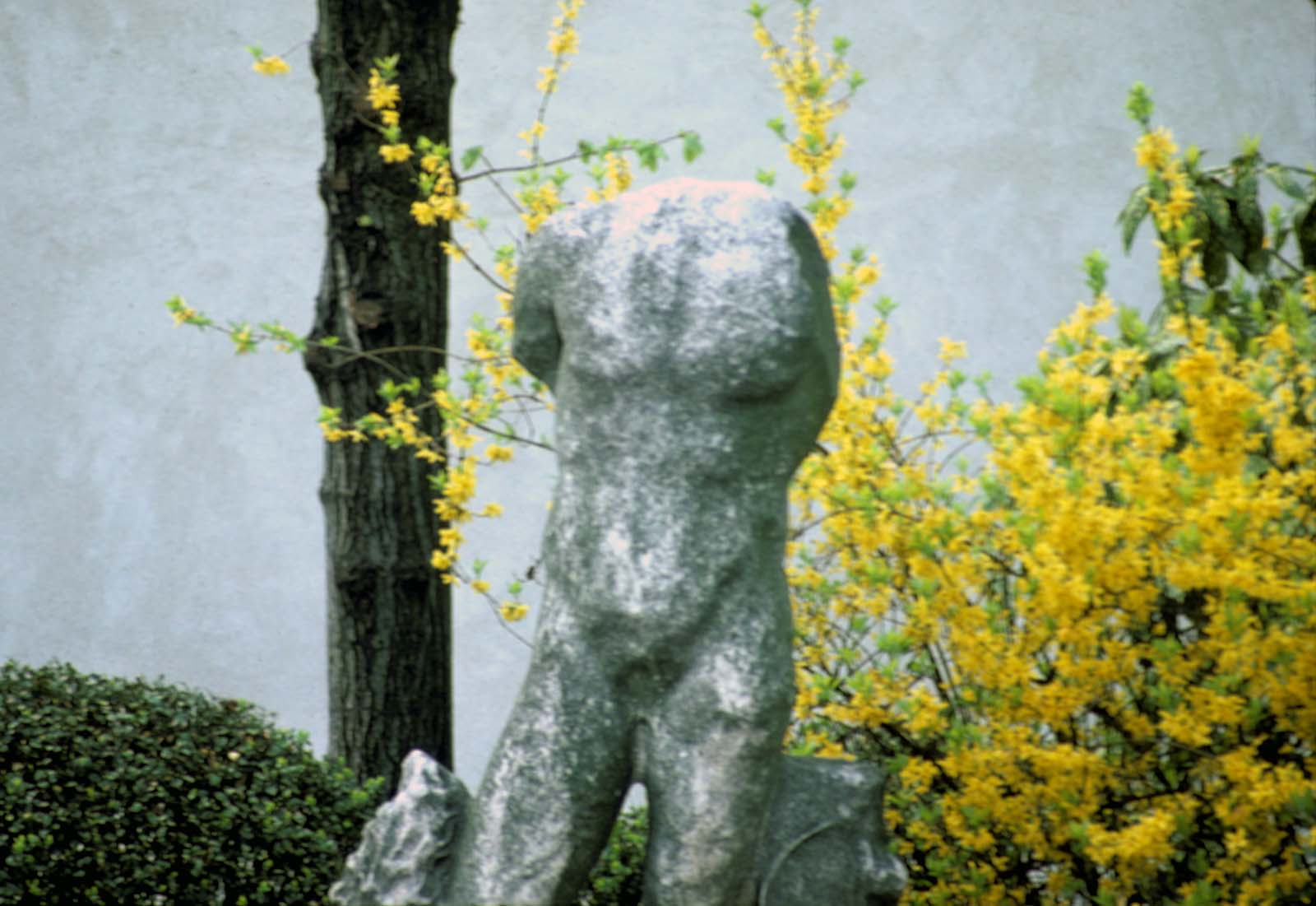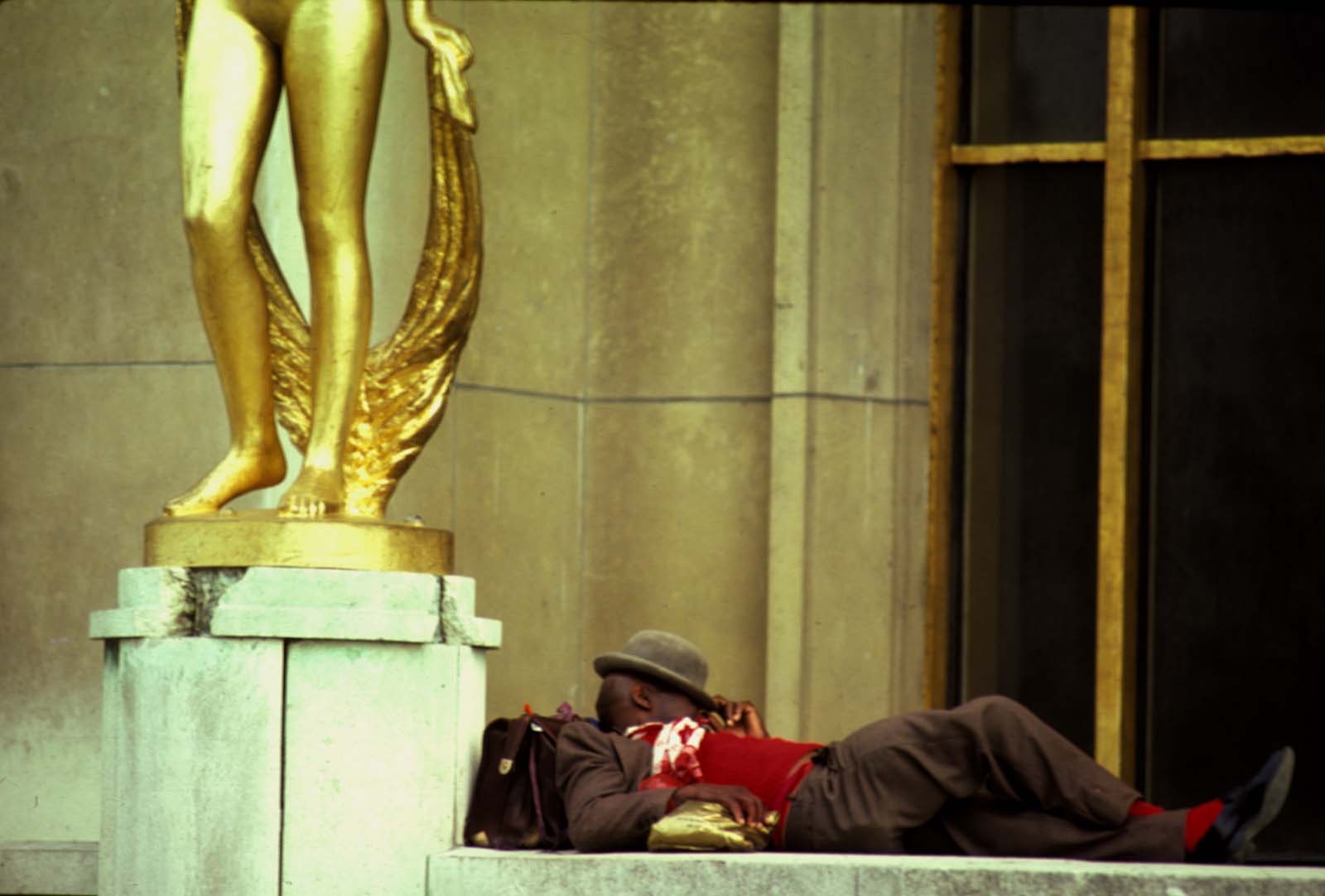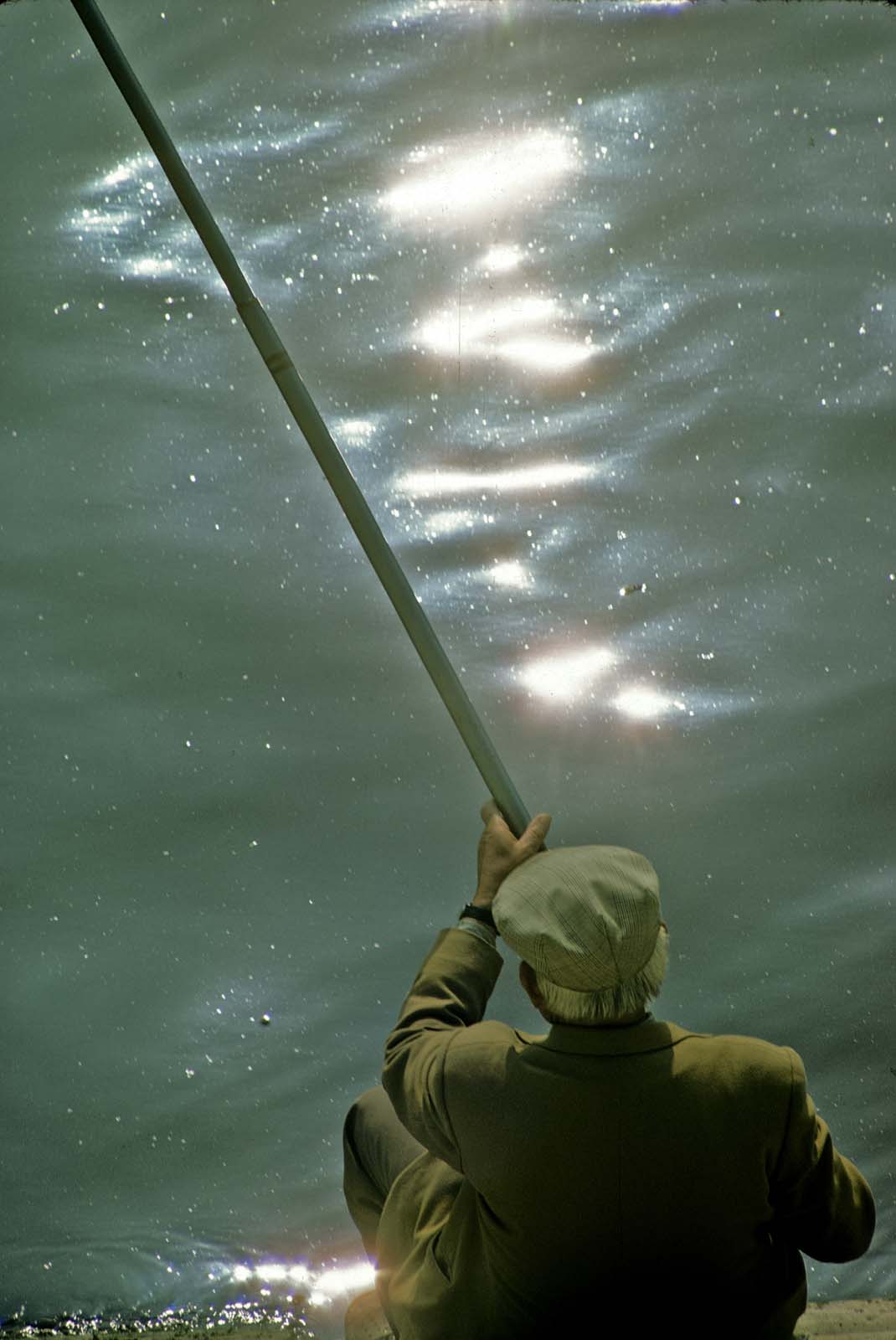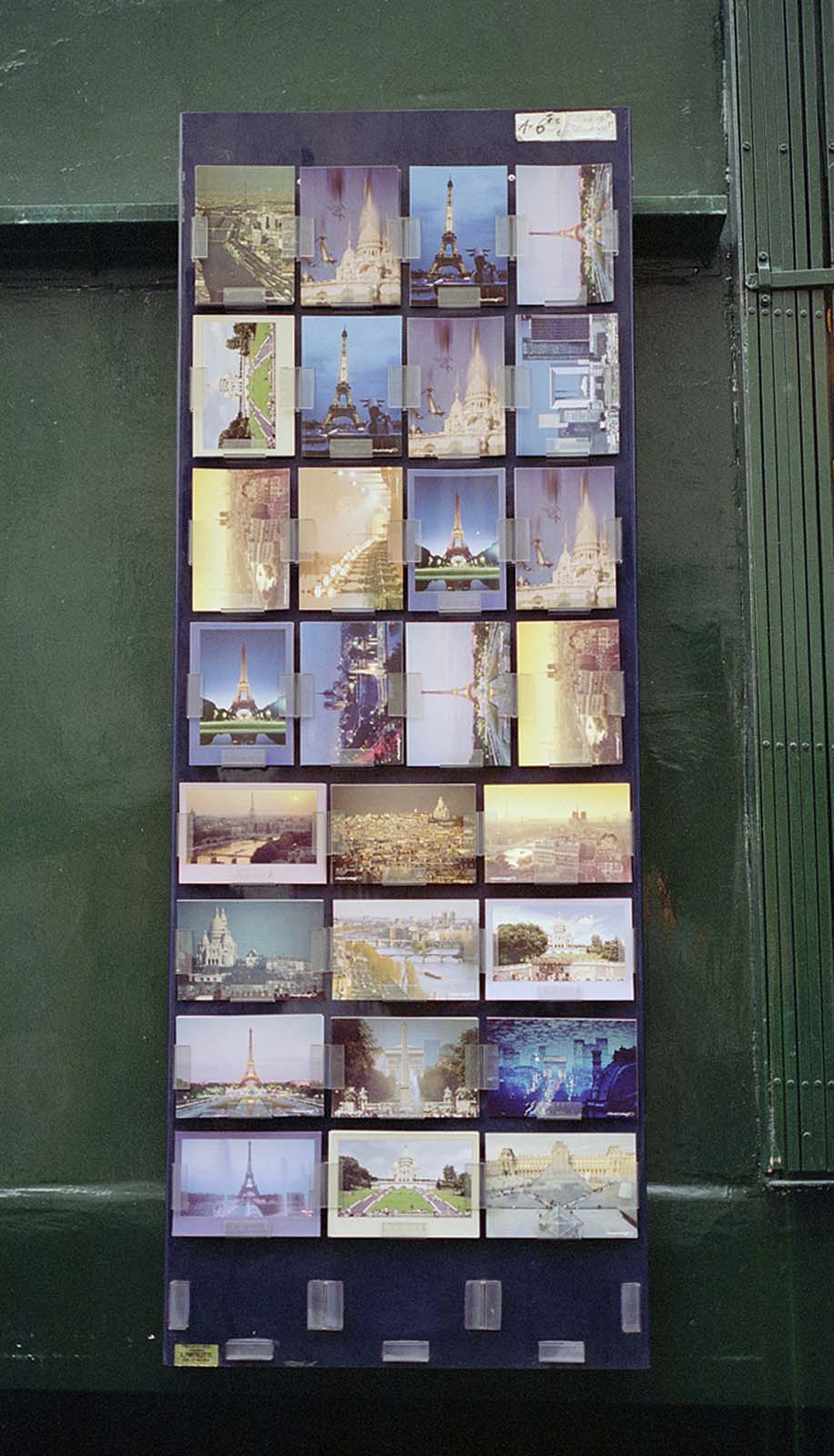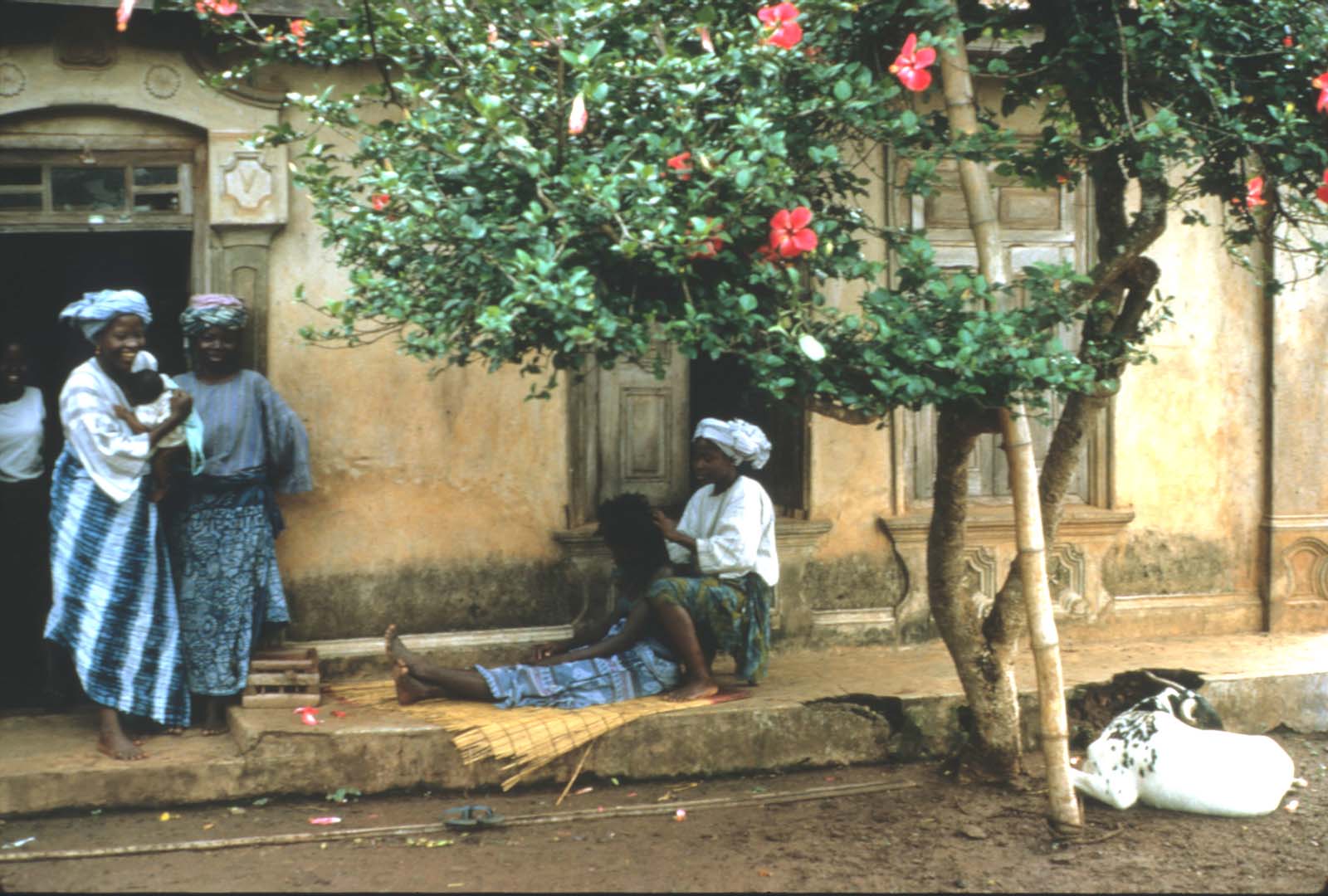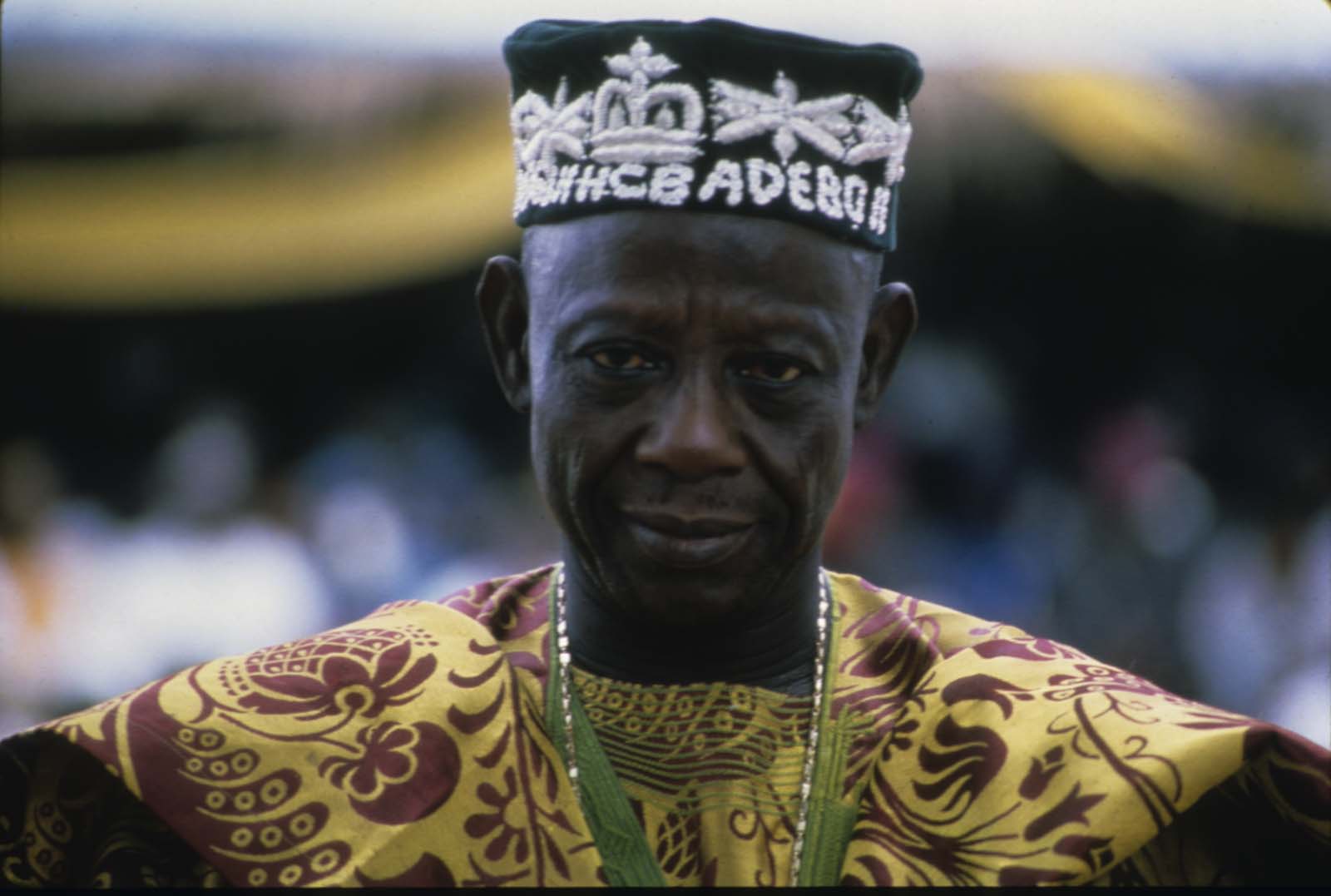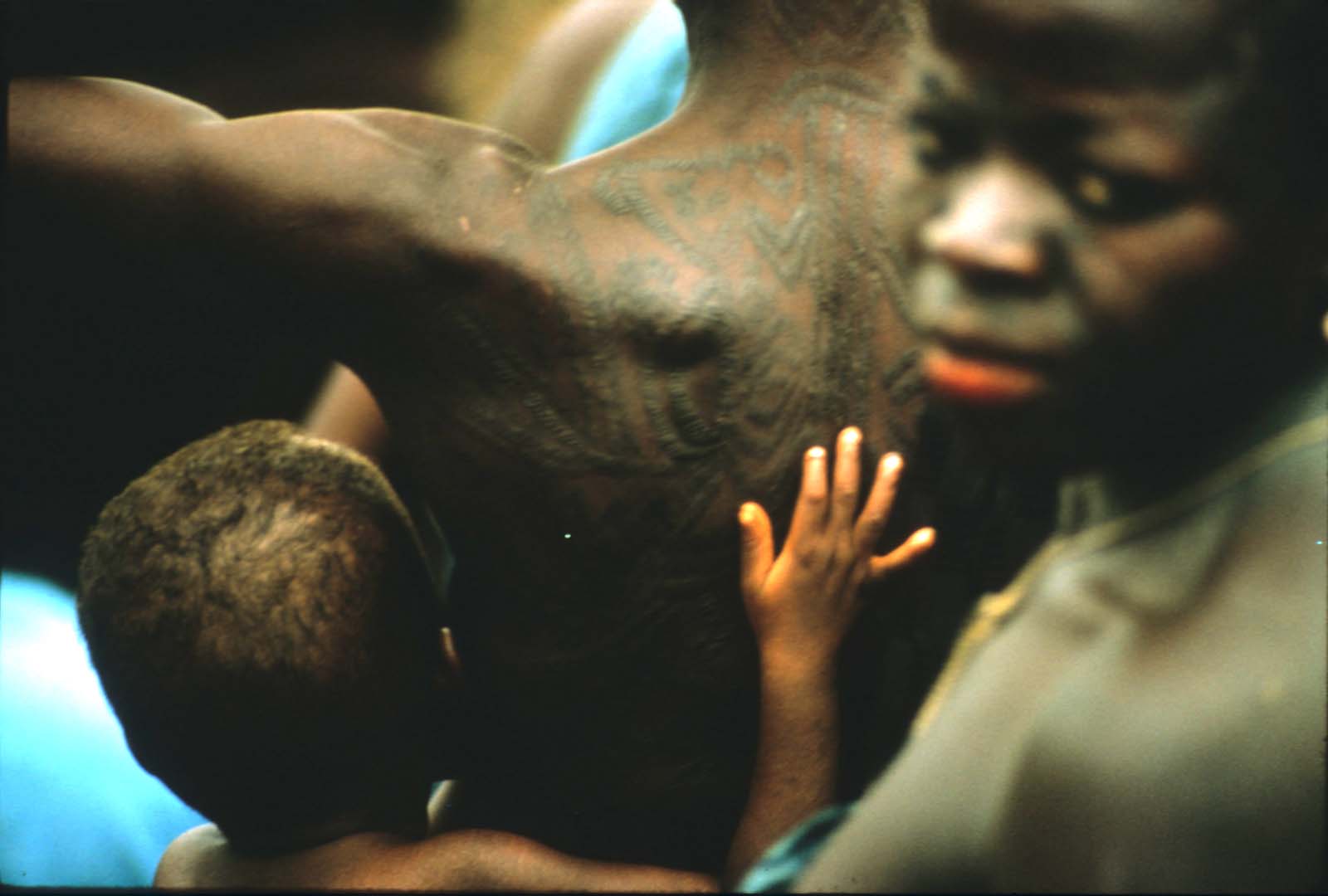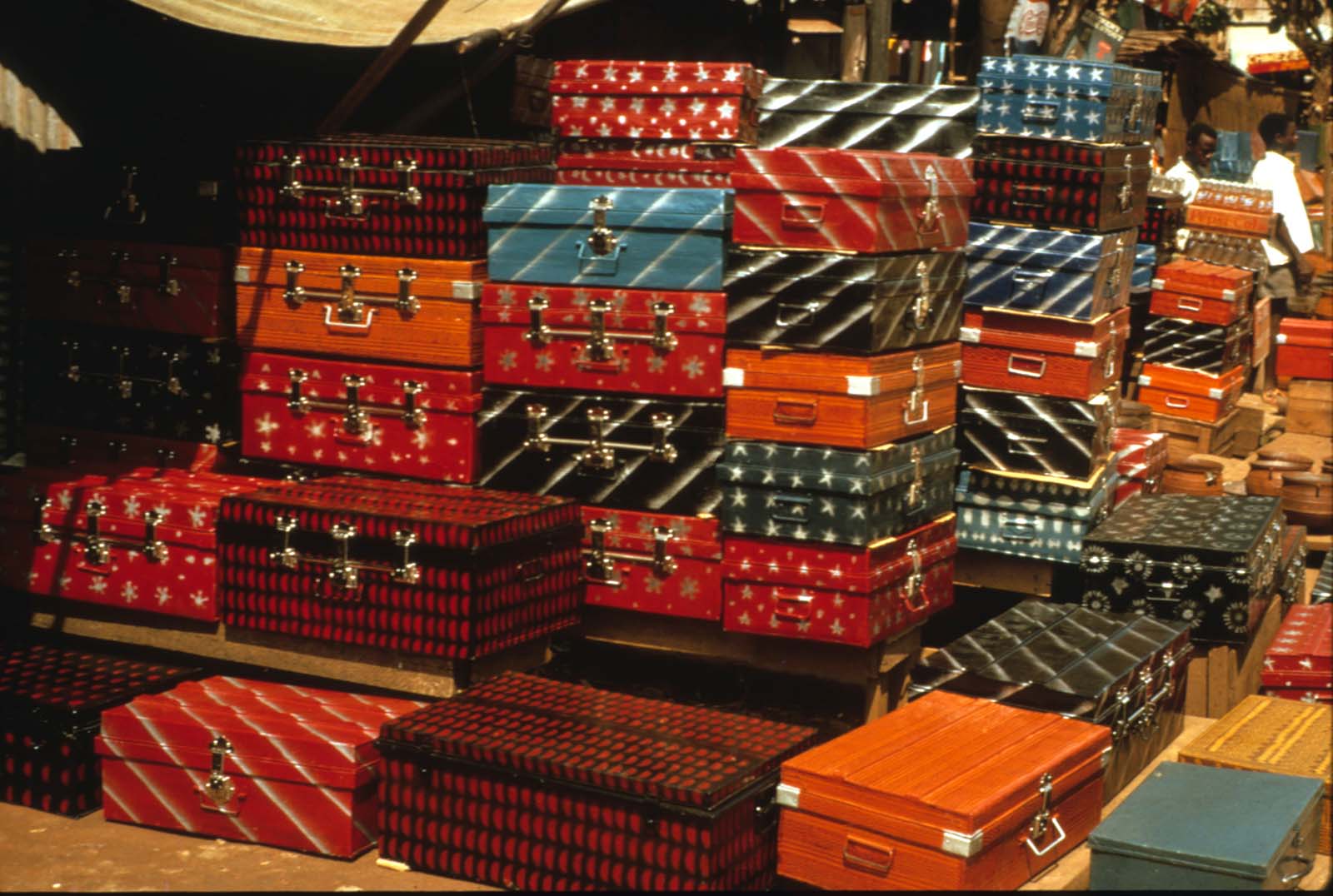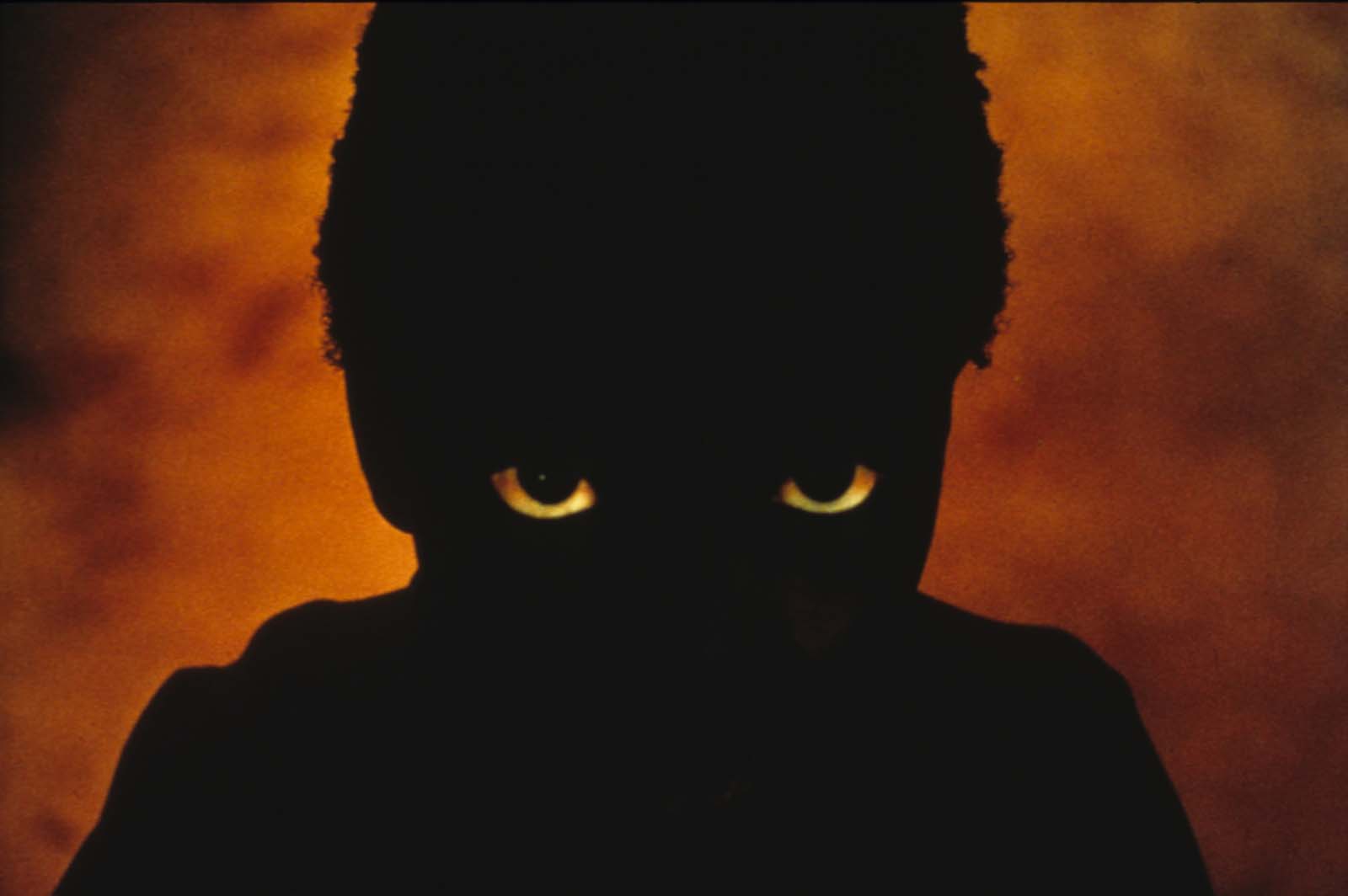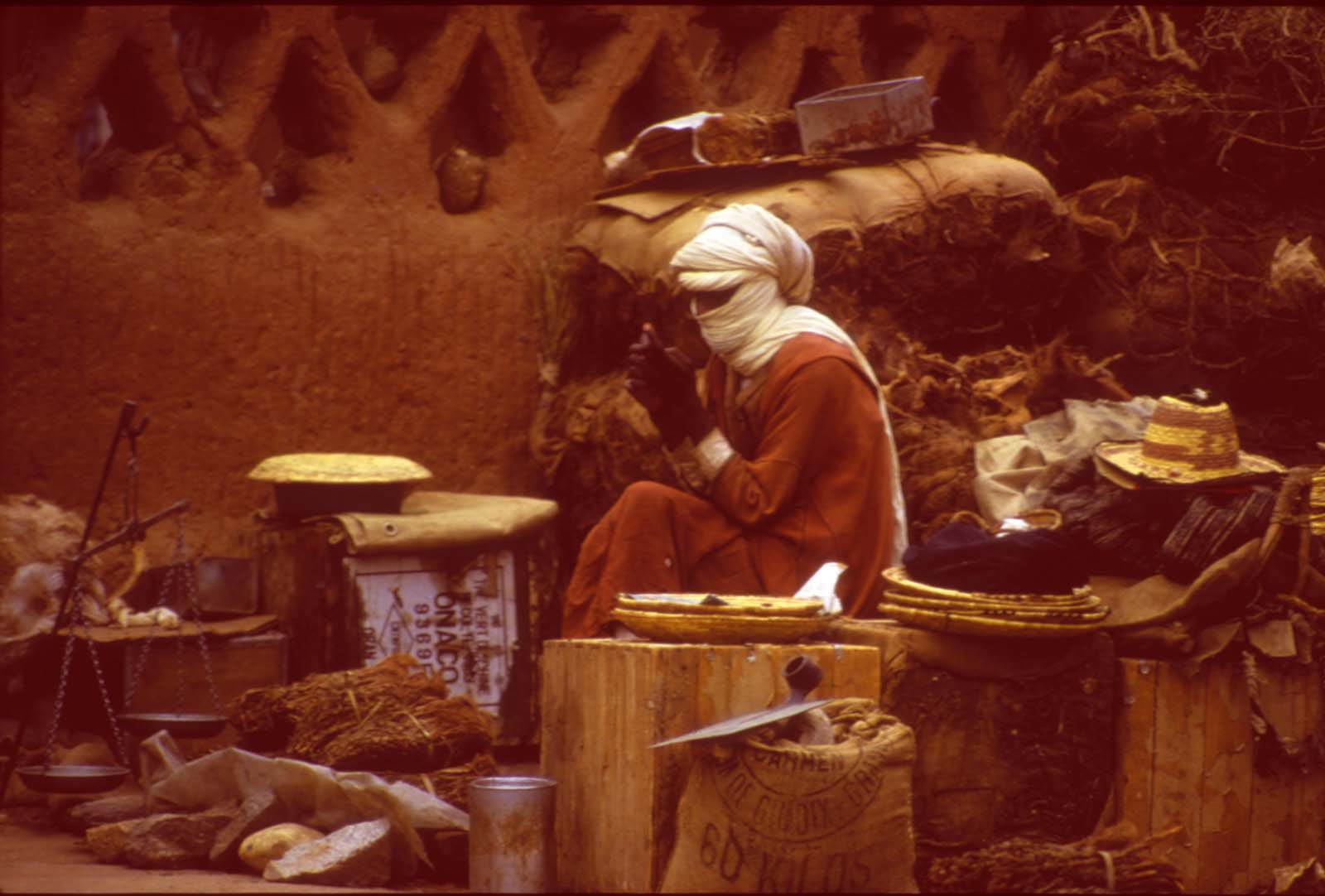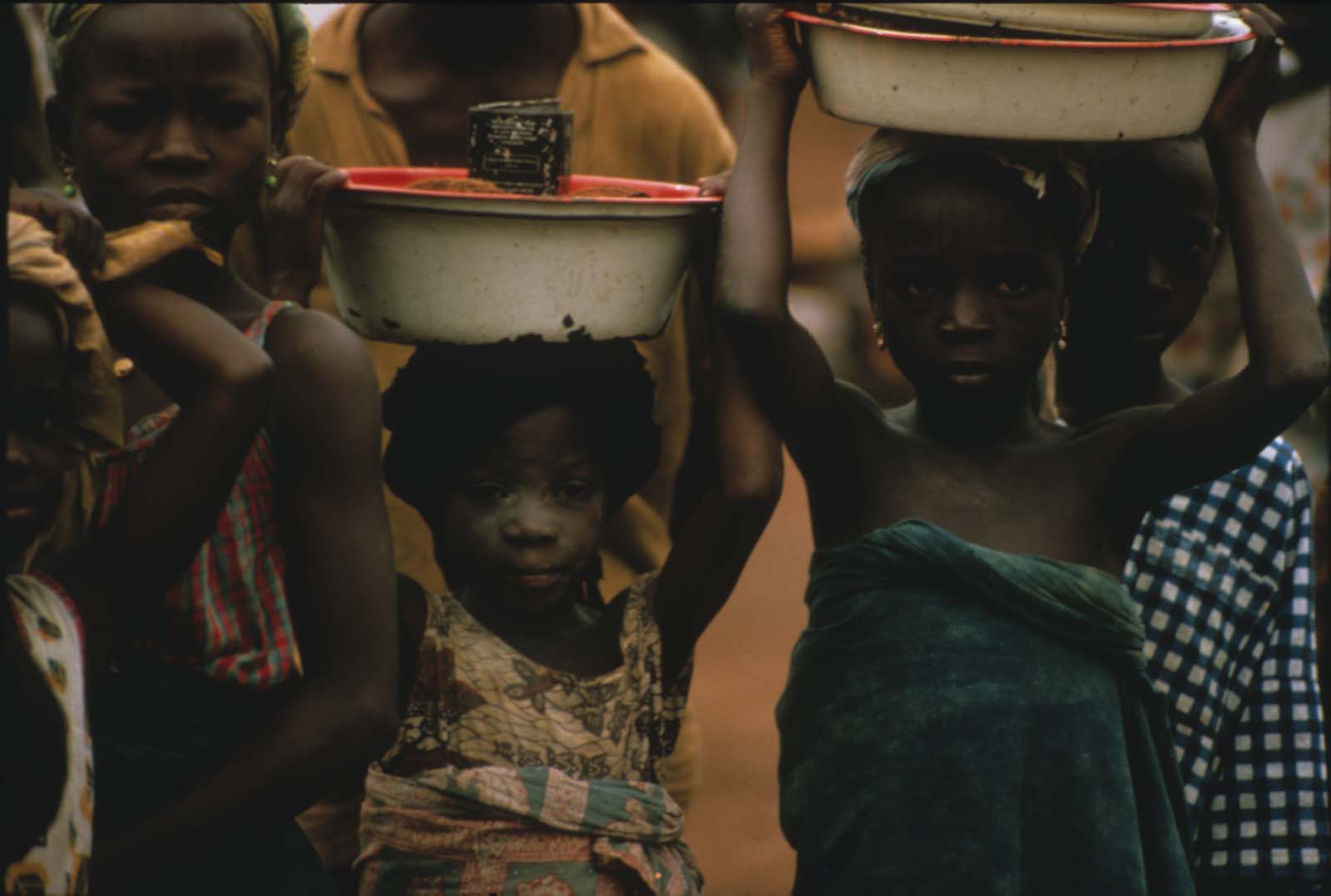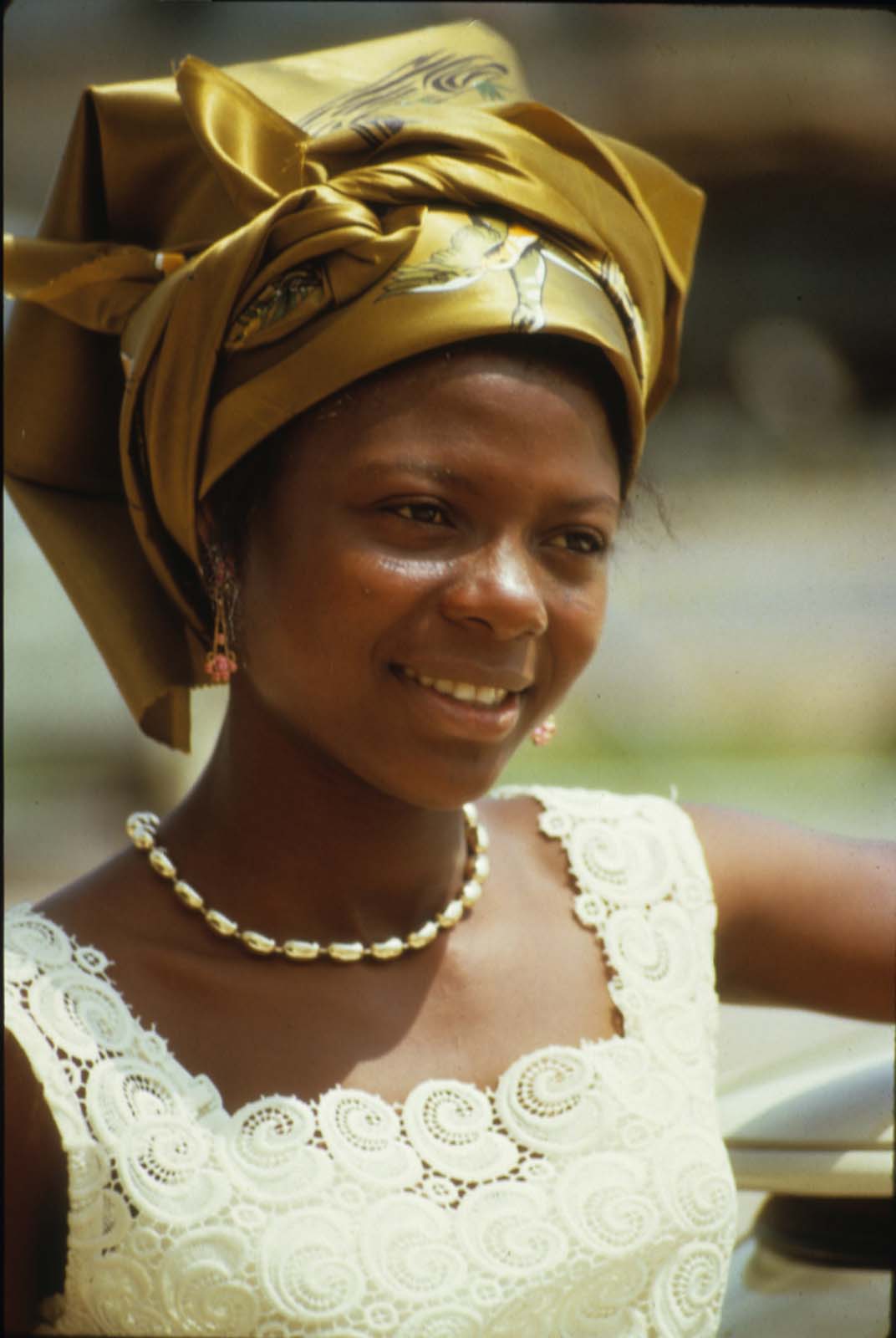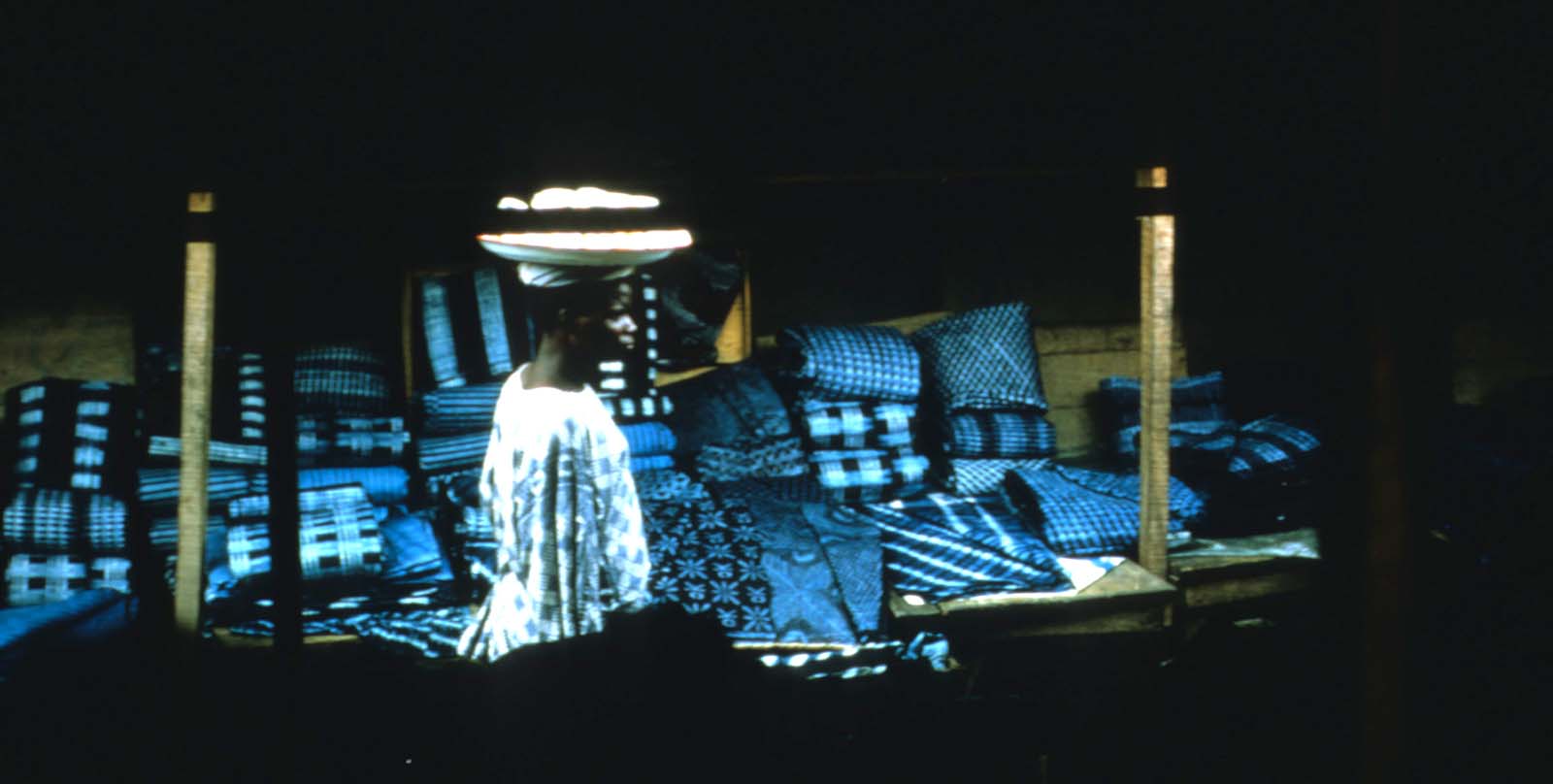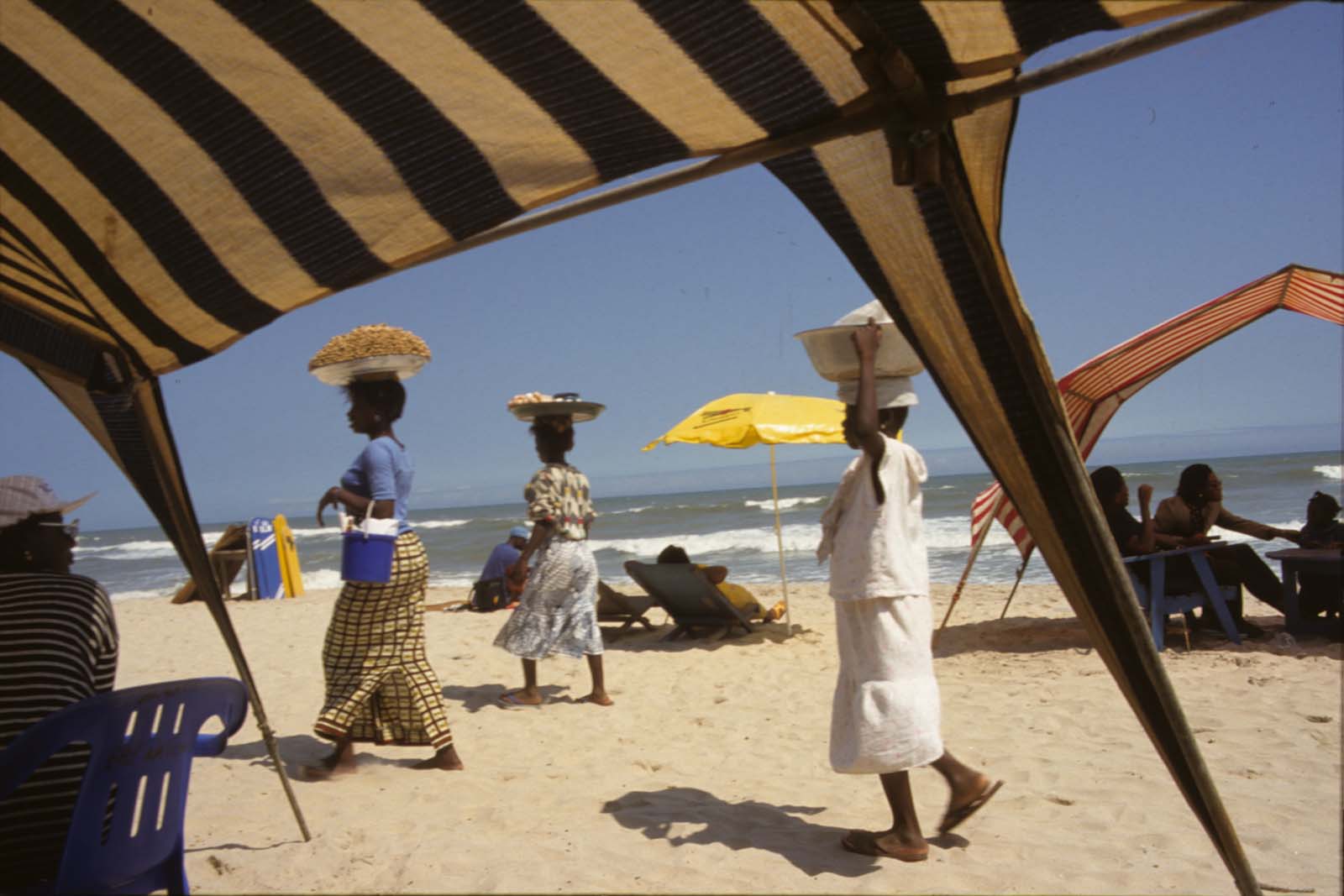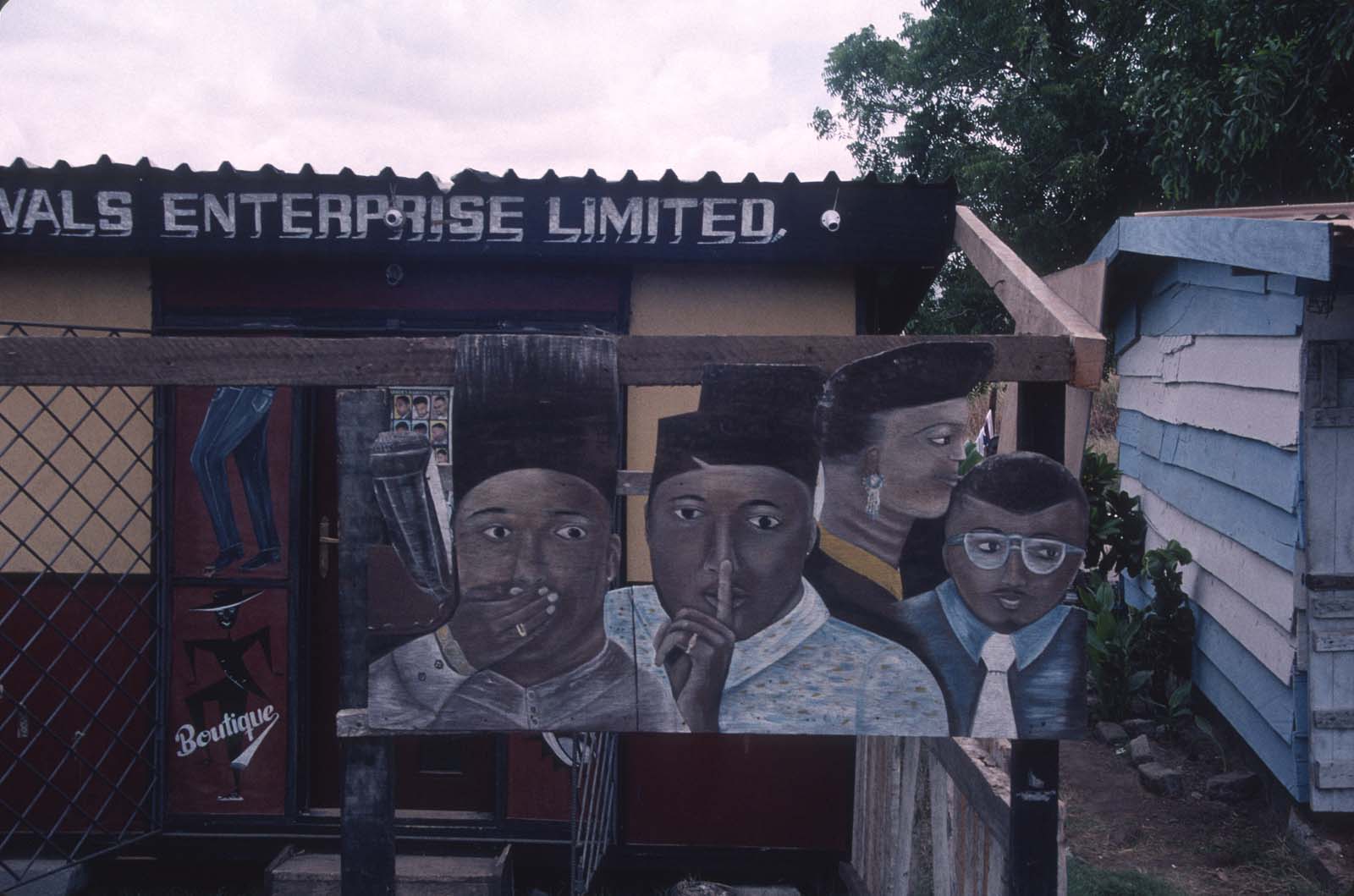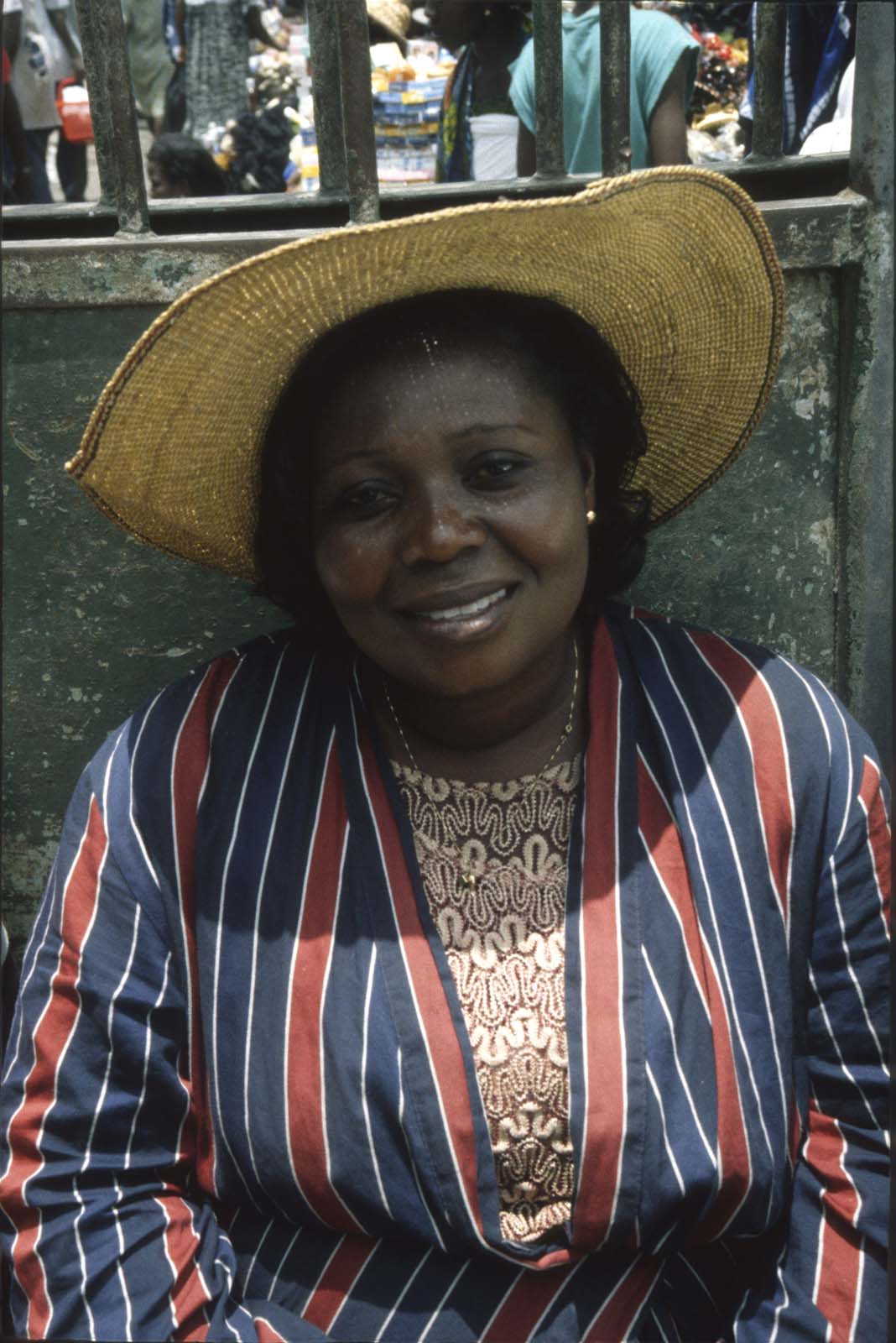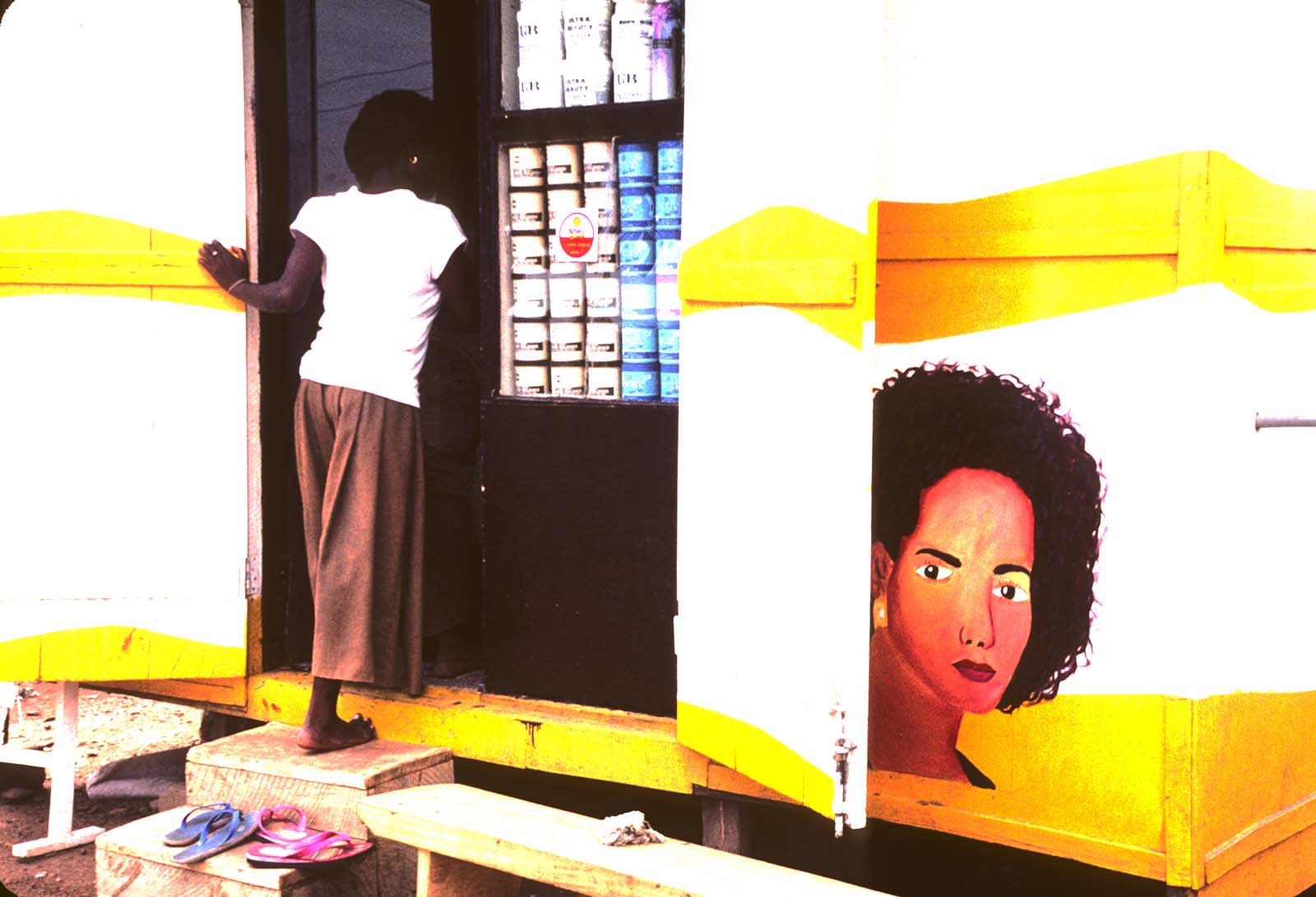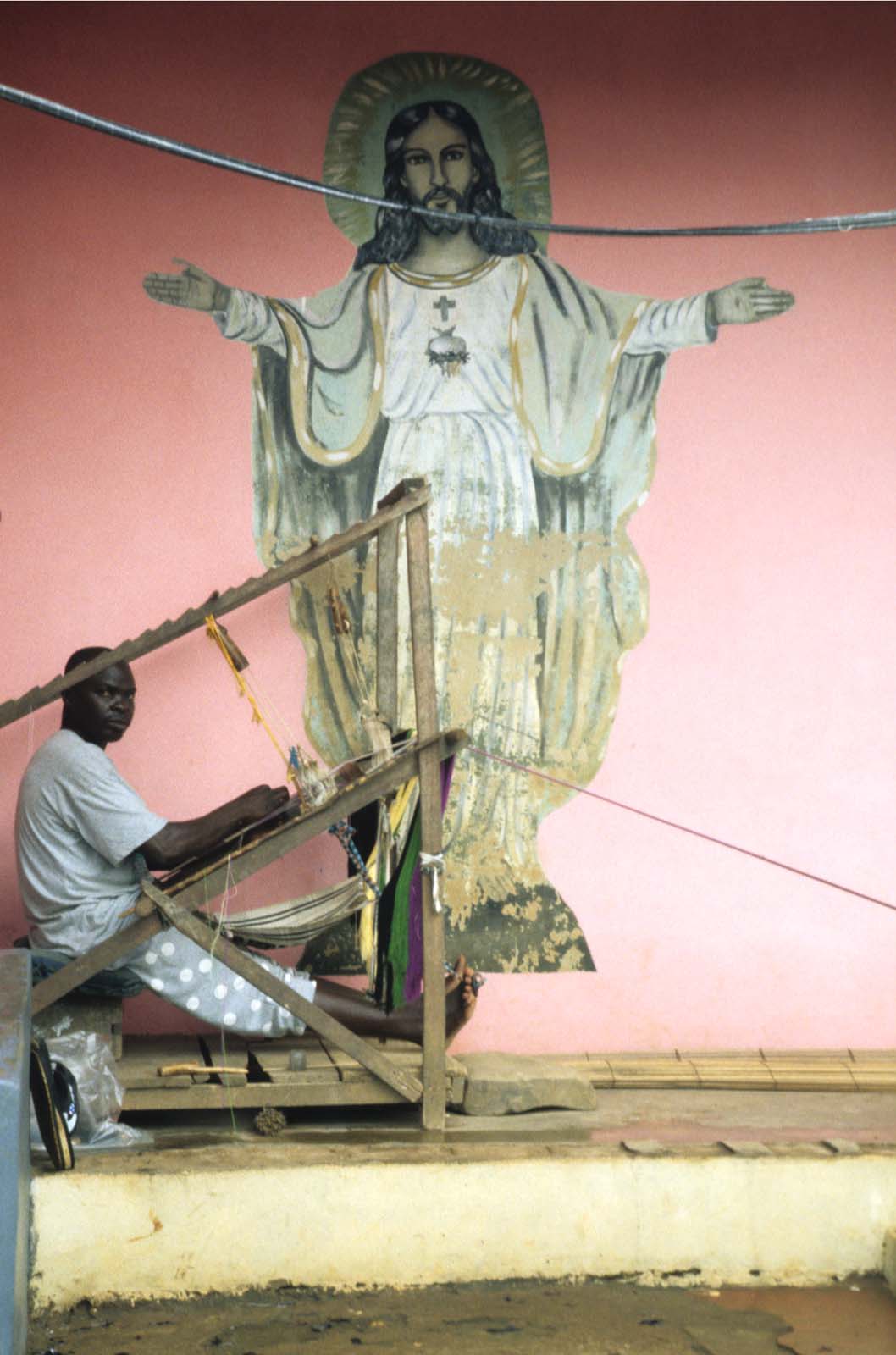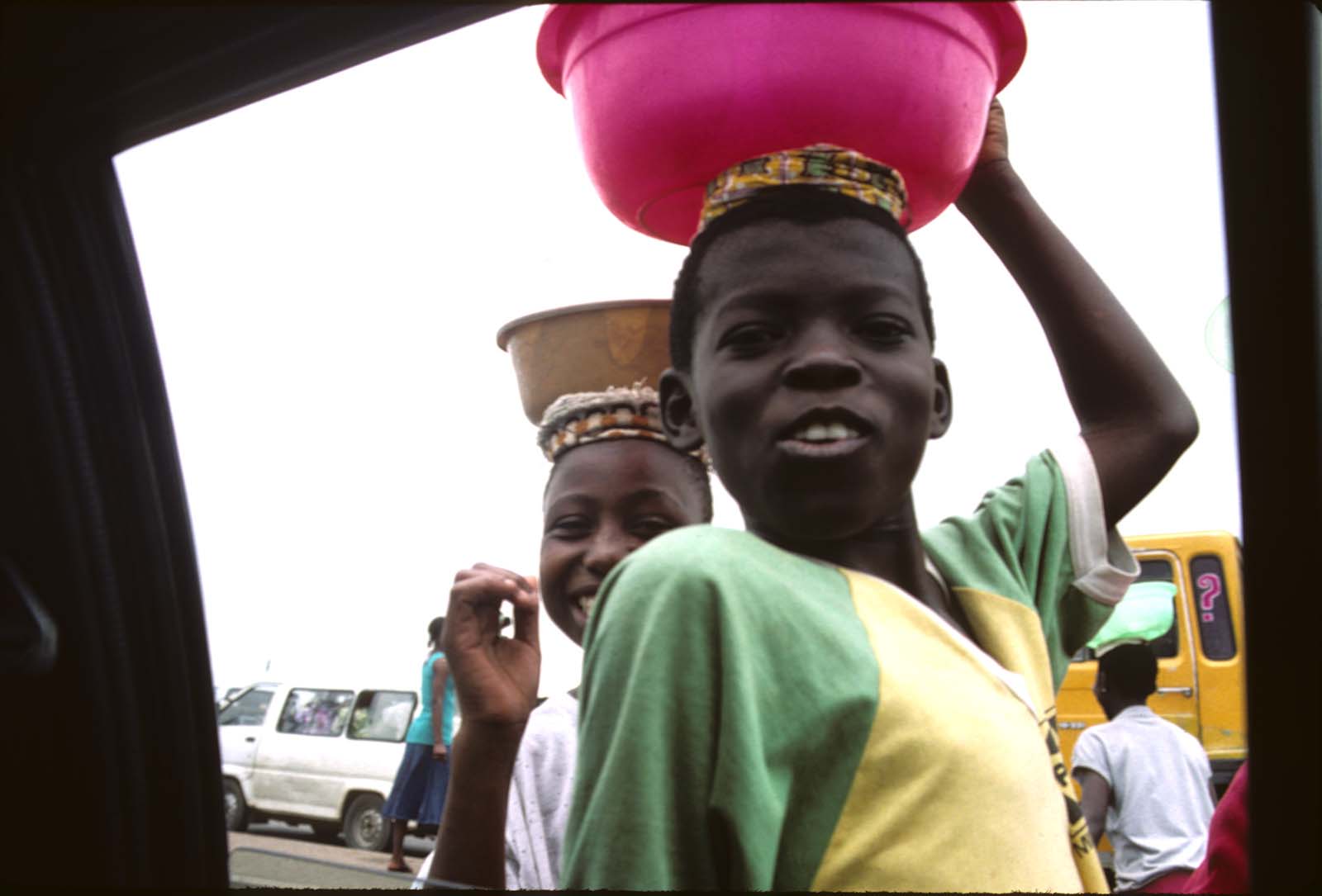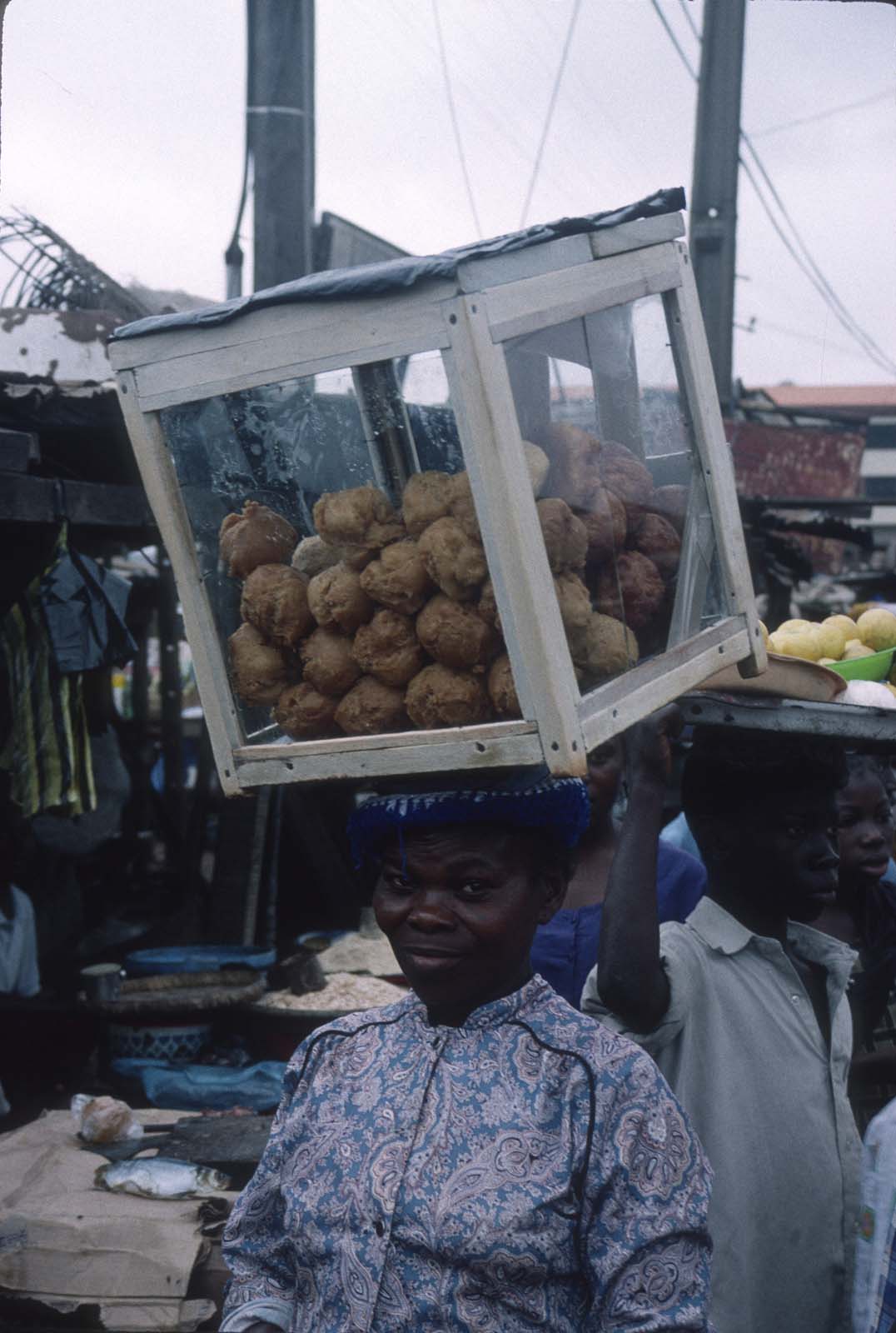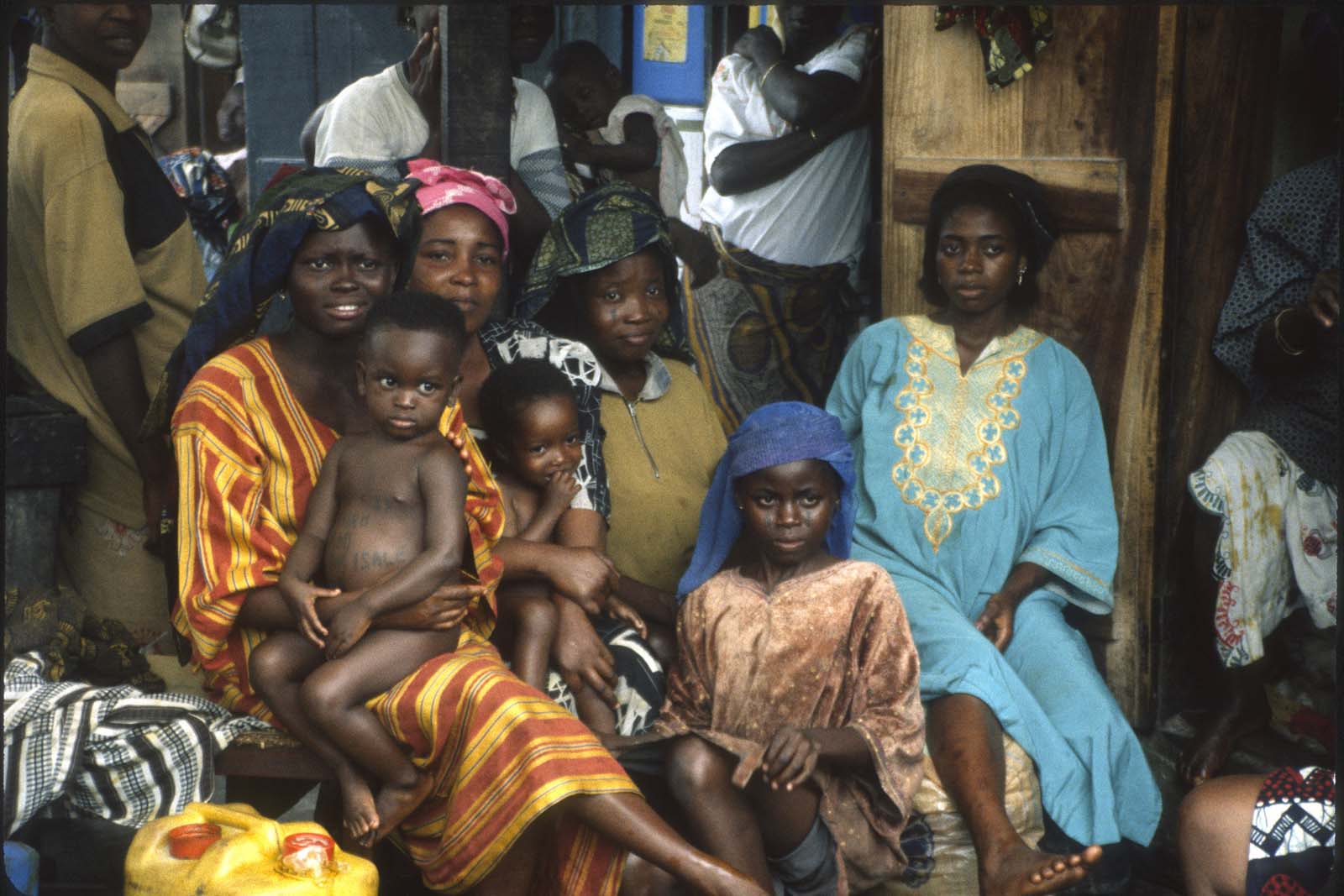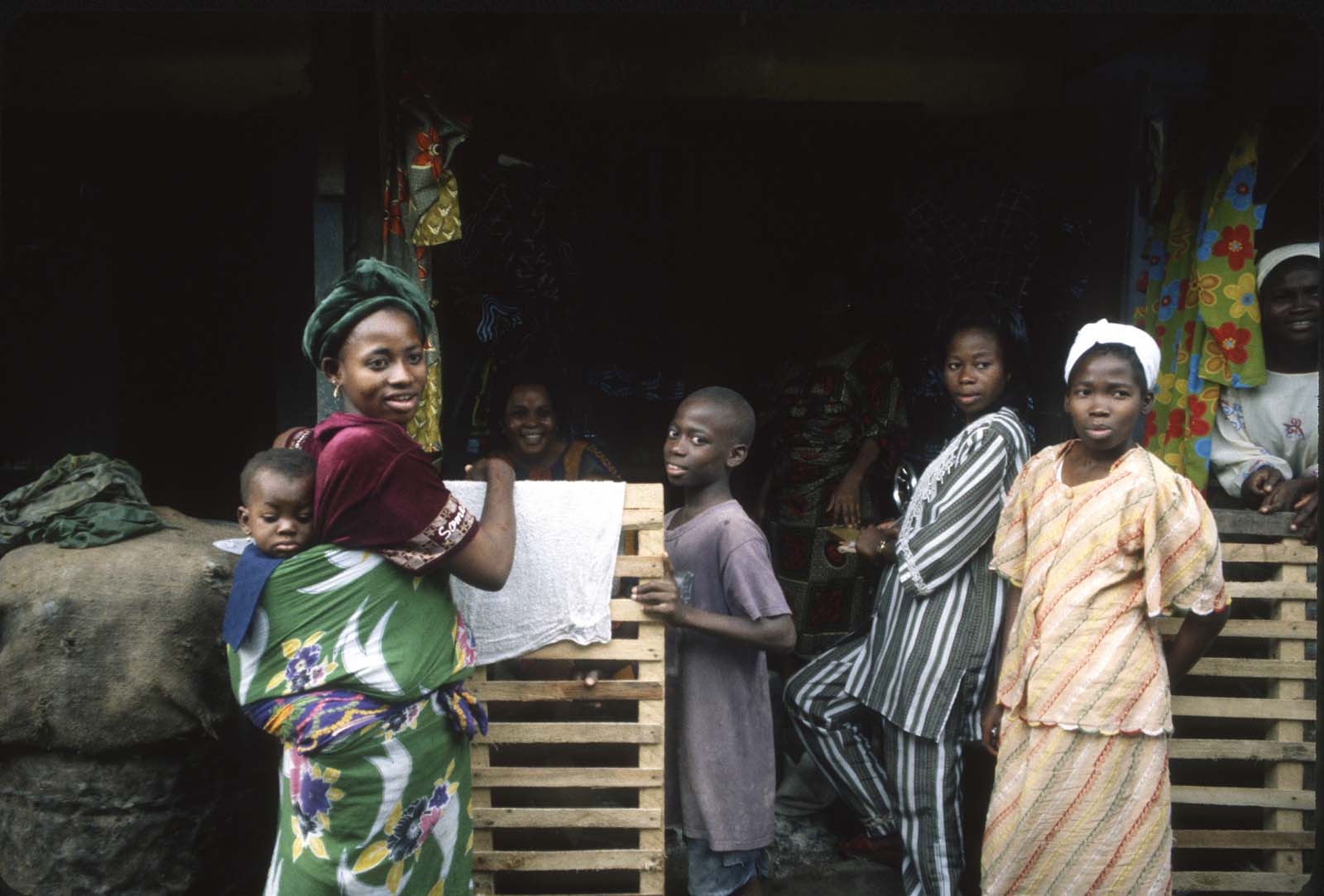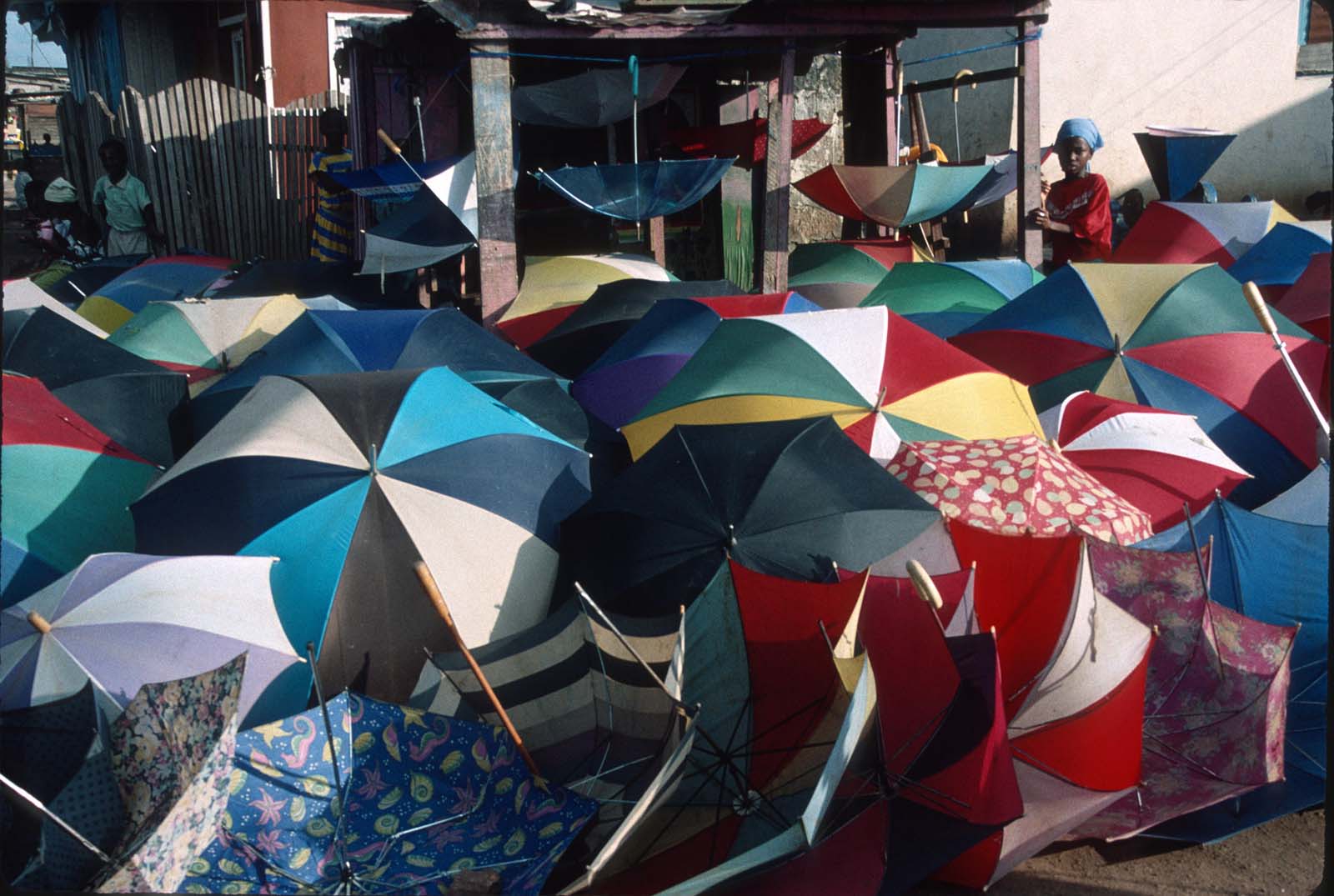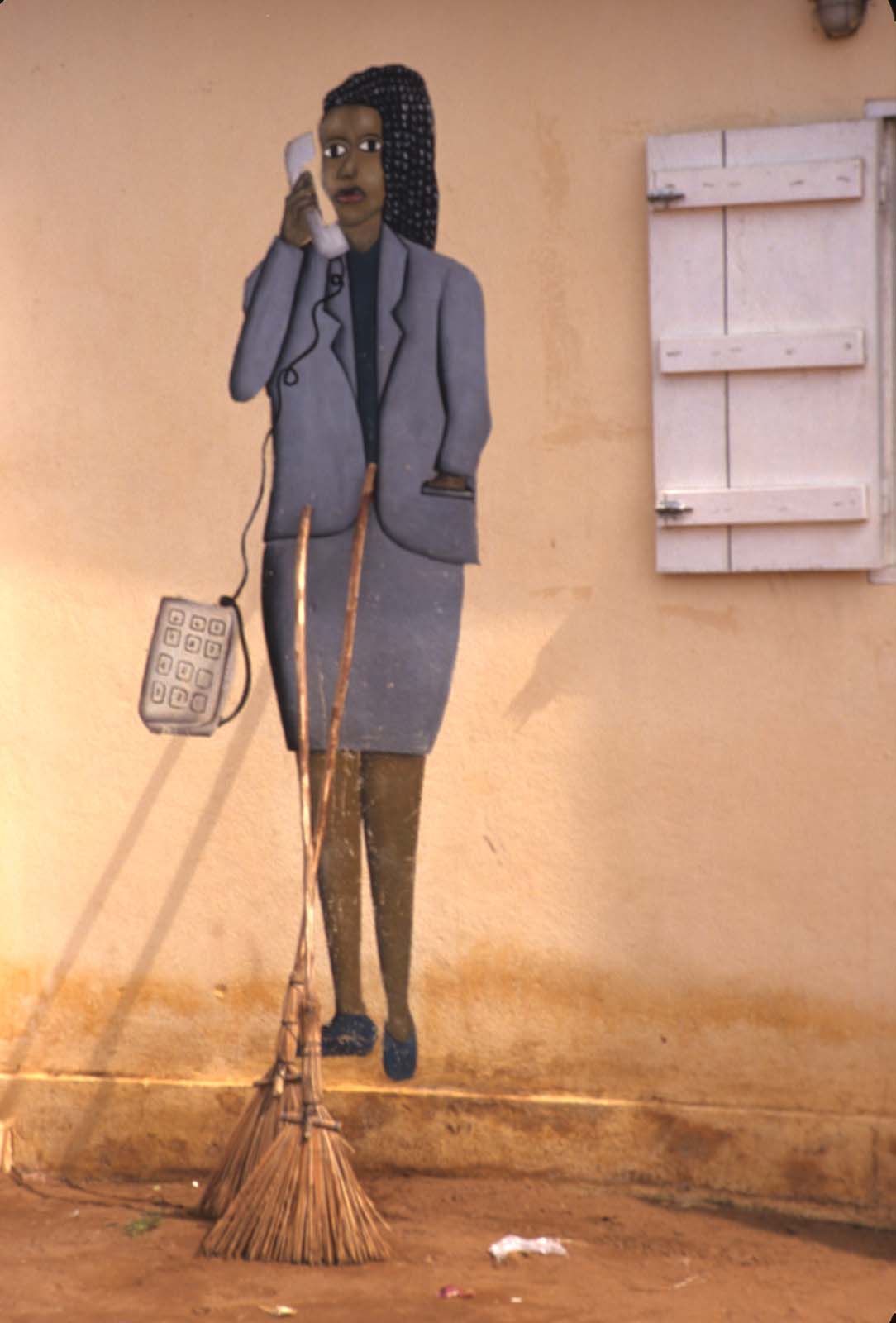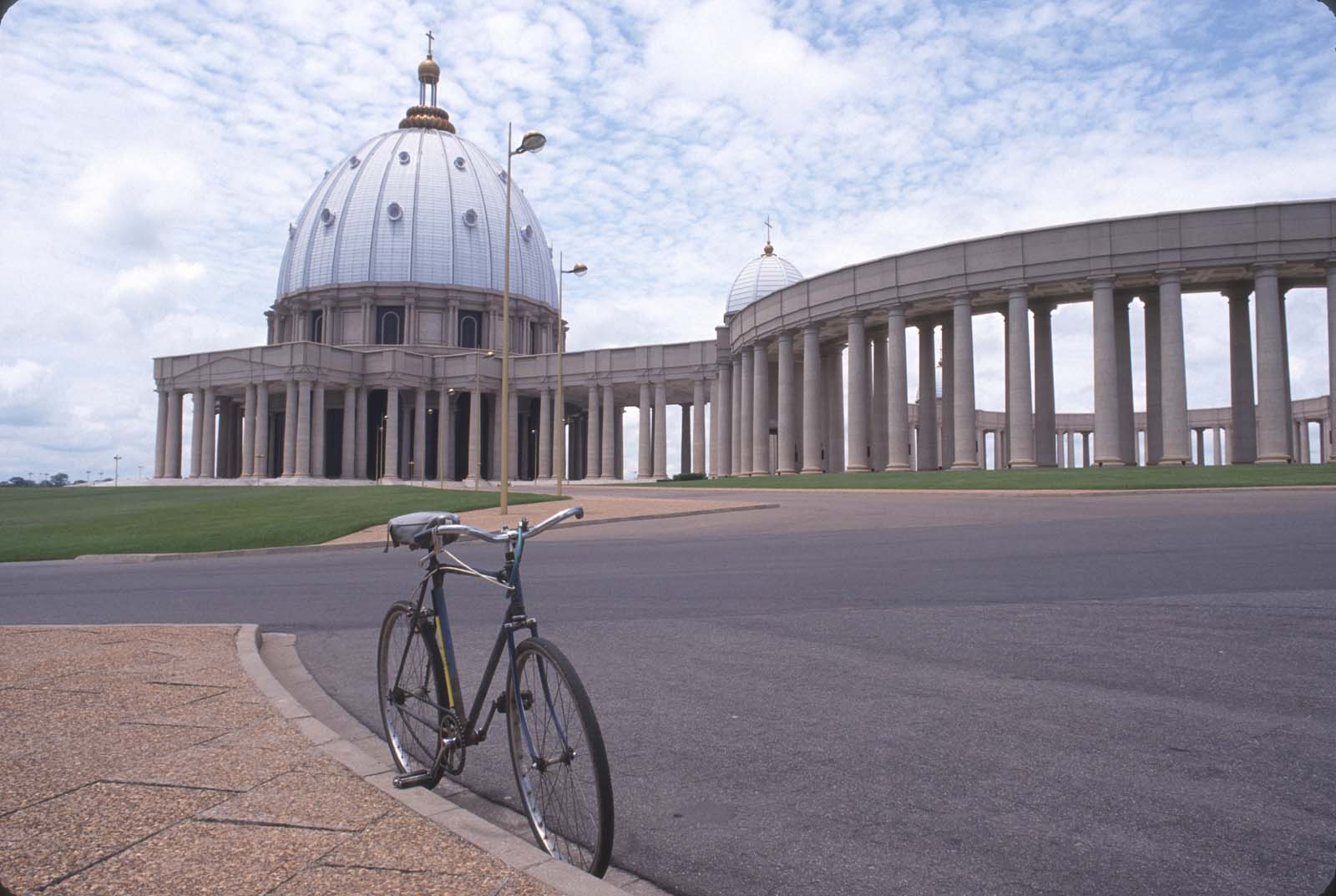Cuba
I went to Cuba twice in 1999, the second time to escape Y2K and to welcome the new century. I guessed that the doom and gloom and predicted worldwide disruption would not affect Cuba. I was right, and aside from festivities to welcome the new year 2000, Cuban life went on as before. Both my trips were sponsored by the Ludwig Foundation, an arts and cultural organization where I was invited to lecture on my second trip. Transportation within Havana was by foot or bicycle rickshaw, both providing closeups to daily life in the city. I also went to the cities of Trinidad and Santiago.
Cuba
I went to Cuba twice in 1999, the second time to escape Y2K and to welcome the new century. I guessed that the doom and gloom and predicted worldwide disruption would not affect Cuba. I was right, and aside from festivities to welcome the new year 2000, Cuban life went on as before. Both my trips were sponsored by the Ludwig Foundation, an arts and cultural organization where I was invited to lecture on my second trip. Transportation within Havana was by foot or bicycle rickshaw, both providing closeups to daily life in the city. I also went to the cities of Trinidad and Santiago.
My experience with India began in 2008, and I have been twice since. In my travels, I have discovered that you cannot summarize a country with photographs; you can only trace experiences. My interactions with India have been positive; I respond to the colors, the constant bustle of activity, the behavior of the people, all the shapes and forms of life. The myriad configurations of India’s religious devotions are ubiquitous, and I am drawn to the outward forms of worship, whether Hindu, Christian, Moslem, Jain, or Sikh, albeit without pretending to understand. This could be a sacrilege, but Indians I’ve encountered welcome photography, or at least don’t mind it, even in reverent moments. That is a great gift to a photographer.
India Particular was self-published in 2022 with Blurb.com.
My experience with India began in 2008, and I have been twice since. In my travels, I have discovered that you cannot summarize a country with photographs; you can only trace experiences. My interactions with India have been positive; I respond to the colors, the constant bustle of activity, the behavior of the people, all the shapes and forms of life. The myriad configurations of India’s religious devotions are ubiquitous, and I am drawn to the outward forms of worship, whether Hindu, Christian, Moslem, Jain, or Sikh, albeit without pretending to understand. This could be a sacrilege, but Indians I’ve encountered welcome photography, or at least don’t mind it, even in reverent moments. That is a great gift to a photographer.
India Particular was self-published in 2022 with Blurb.com.
I fell in love with Italy way back in 1960 living in Naples and traveling throughout Calabria and Sicily. I wasn’t a photographer then, but I when I returned to Italy in 1972 as a photographer for an exhibition of my yoga series, I began photographing places I already knew and loved. I have returned frequently, more than 20 times, traveled extensively, and have built an extensive body of Italian photographs. Italy rewards the aesthetic mind, a friend once said, and I was rewarded with discovering treasures everywhere. But I leave the photographing monuments to others; I’m looking for less.
Almost all my conceptual and experimental photographs have had their origins or early trials in Italy — eg. Reflections, Sight, Line & Light, La Spiagia.
My photos are like quick notes about what I notice and what I am thinking as I walk along. This is a personal journey — one taken mostly on foot. Wherever I walked, whether the back streets of Rome or along the canals of Venice or in some small village, I was on heightened alert for the flickering details of light, texture, human gesture, irony — things that others could‚ but probably wouldn’t, notice. I value the spontaneous and unexpected event more than the pre-visualized. So nothing is ever posed or planned; I’m too impatient to wait for the right light or perfect moment. I photograph for myself — my own “audience of one” — creating my own dream world, Italia mia.
I fell in love with Italy way back in 1960 living in Naples and traveling throughout Calabria and Sicily. I wasn’t a photographer then, but I when I returned to Italy in 1972 as a photographer for an exhibition of my yoga series, I began photographing places I already knew and loved. I have returned frequently, more than 20 times, traveled extensively, and have built an extensive body of Italian photographs. Italy rewards the aesthetic mind, a friend once said, and I was rewarded with discovering treasures everywhere. But I leave the photographing monuments to others; I’m looking for less.
Almost all my conceptual and experimental photographs have had their origins or early trials in Italy — eg. Reflections, Sight, Line & Light, La Spiagia.
My photos are like quick notes about what I notice and what I am thinking as I walk along. This is a personal journey — one taken mostly on foot. Wherever I walked, whether the back streets of Rome or along the canals of Venice or in some small village, I was on heightened alert for the flickering details of light, texture, human gesture, irony — things that others could‚ but probably wouldn’t, notice. I value the spontaneous and unexpected event more than the pre-visualized. So nothing is ever posed or planned; I’m too impatient to wait for the right light or perfect moment. I photograph for myself — my own “audience of one” — creating my own dream world, Italia mia.
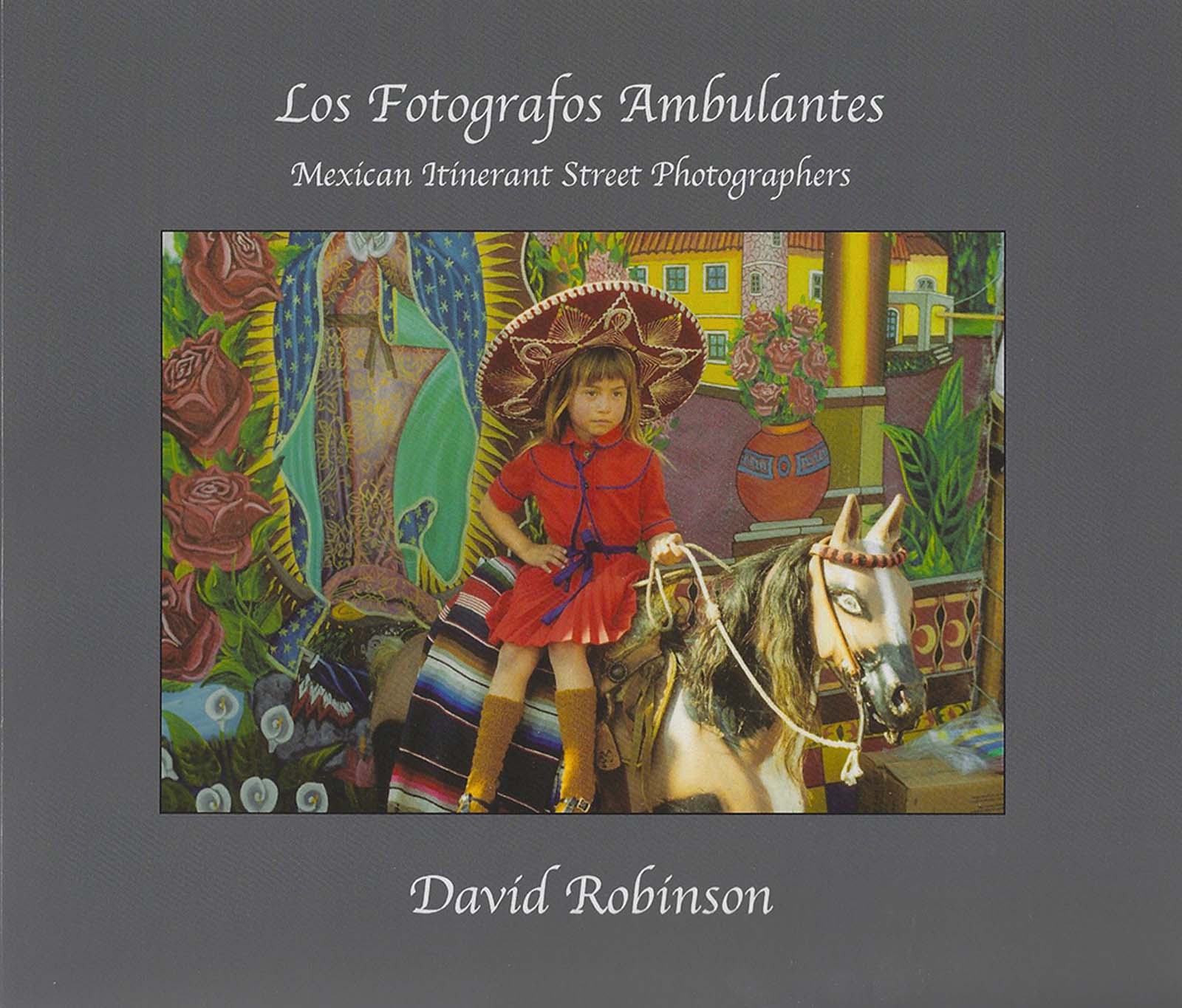
Los Ambulantes
“Recuerdos; We sell memories.” Mexican Fotografos Ambulantes are itinerant photographers operating without studios who solicit portraiture customers on the street or in public places. With a clientele that is overwhelmingly indigenous, this is photography of, for, and by the common man.
In Mexico City, thanks to a well-run union and clever marketing, street photography has long been a thriving enterprise, dating back to 1915. The union runs all the street photography in Mexico City and has some 400 photographers as active members. Even in the midst of rapid social change, they retained strong association with religion, with the family and with the Mexican custom of celebration. In recent years, due to the ubiquity of digital photography and cell phones, traditional street photography is in decline.
Los Ambulantes was self-published in 2013 with Blurb.com. The book documents the time when Mexican street photography transitioned from the old wooden box camera and paper negative Polaroid instant film expanding the use of street photography for average Mexican citizens.

Transporting the Virgin
“Death to the Spaniards and Long Live the Virgin of Guadalupe!” (Emiliano Zapata, leading the Mexican peasant revolt). The Virgin of Guadalupe is the patron saint of Mexico and the symbol of Mexican identity; her appearance before an indigenous peasant in December 1531 is said to be one of the major forces creating the state and idea of Mexico. The image of the Virgin is ubiquitous, found in churches and homes all over Mexico — and throughout Central America and the USA as well.
The “Basilica de Nuestra Señora de Guadalupe” (La Villa), which can accommodate 10,000 people, has been a pilgrimage site for centuries. The complex is the most visited Catholic pilgrimage site in the world, visited by millions of pilgrims annually. December 12 is the Feast Day of the Virgin of Guadalupe, and every year on that day several hundred thousand make their pilgrimage to La Villa.
Transporting the Virgin records the pilgrims coming to La Villa for the Virgin’s feast day reverently carrying images of the Virgin — statues, framed paintings large and small, flags and banners. Many families sleep over in the plaza where groups of Aztec dancers celebrate.

Los Ambulantes
“Recuerdos; We sell memories.” Mexican Fotografos Ambulantes are itinerant photographers operating without studios who solicit portraiture customers on the street or in public places. With a clientele that is overwhelmingly indigenous, this is photography of, for, and by the common man.
In Mexico City, thanks to a well-run union and clever marketing, street photography has long been a thriving enterprise, dating back to 1915. The union runs all the street photography in Mexico City and has some 400 photographers as active members. Even in the midst of rapid social change, they retained strong association with religion, with the family and with the Mexican custom of celebration. In recent years, due to the ubiquity of digital photography and cell phones, traditional street photography is in decline.
Los Ambulantes was self-published in 2013 with Blurb.com. The book documents the time when Mexican street photography transitioned from the old wooden box camera and paper negative Polaroid instant film expanding the use of street photography for average Mexican citizens.

Transporting the Virgin
“Death to the Spaniards and Long Live the Virgin of Guadalupe!” (Emiliano Zapata, leading the Mexican peasant revolt). The Virgin of Guadalupe is the patron saint of Mexico and the symbol of Mexican identity; her appearance before an indigenous peasant in December 1531 is said to be one of the major forces creating the state and idea of Mexico. The image of the Virgin is ubiquitous, found in churches and homes all over Mexico — and throughout Central America and the USA as well.
The “Basilica de Nuestra Señora de Guadalupe” (La Villa), which can accommodate 10,000 people, has been a pilgrimage site for centuries. The complex is the most visited Catholic pilgrimage site in the world, visited by millions of pilgrims annually. December 12 is the Feast Day of the Virgin of Guadalupe, and every year on that day several hundred thousand make their pilgrimage to La Villa.
Transporting the Virgin records the pilgrims coming to La Villa for the Virgin’s feast day reverently carrying images of the Virgin — statues, framed paintings large and small, flags and banners. Many families sleep over in the plaza where groups of Aztec dancers celebrate.
Over the years, I have made several trips to Paris, and I lived there for two years, so I am familiar with the city. As usual, I am more interested in the small moments and gestures rather than the monuments.
I photograph Paris in the spirit of Henry Miller, as described by Anais Nin. “I never looked at a street as Henry does: every doorway, every window, every lamp, every courtyard, every shop, every object in the shop, every cafe, every hidden-away book shop, hidden-away antique shop, every news vendor, every lottery ticket vendor, every blind man, every beggar, clock, every church, every whore house, every wine shop, every shop where they sell erotica and transparent underwear, the circus, the nightclub singer, the strip tease, the girlie shows, the penny movies in the arcade, the bal musettes, the artists’ ball, the apache quarters, the flea market, the gypsy cart, the markets in the early morning.”
Over the years, I have made several trips to Paris, and I lived there for two years, so I am familiar with the city. As usual, I am more interested in the small moments and gestures rather than the monuments.
I photograph Paris in the spirit of Henry Miller, as described by Anais Nin. “I never looked at a street as Henry does: every doorway, every window, every lamp, every courtyard, every shop, every object in the shop, every cafe, every hidden-away book shop, hidden-away antique shop, every news vendor, every lottery ticket vendor, every blind man, every beggar, clock, every church, every whore house, every wine shop, every shop where they sell erotica and transparent underwear, the circus, the nightclub singer, the strip tease, the girlie shows, the penny movies in the arcade, the bal musettes, the artists’ ball, the apache quarters, the flea market, the gypsy cart, the markets in the early morning.”
Africa
It was in Africa that I first picked up a camera and began to photograph. By that time, I had already lived a year in Africa, so I felt comfortable with the people and acquainted with their way of life. These photographs are some of my first, taken between 1963 and 1965 in Nigeria, Dahomey (since renamed Benin) and while crossing the Sahara. Africa was familiar to me, but photography was new.
I had flown into Afica blind — with no idea of what to expect — in 1960 to study at the University of Ghana. At that time Ghana was the only country to have gained its freedom from colonialism, but I knew little else about the country or the continent.
During the year that followed, however I was tutored by my professors, most of them African and taken in hand by my fellow students who introduced me to African culture and society. As the only non-African among the 150 students in my dormitory, my education took place not only in the classroom but also through endless late-night conversations, in visits to villages and homes and by traveling throughout West Africa. At the university, in the markets and villages, on the buses and in the nightclubs, my world was exclusively African.
I left Ghana to enter the African Studies Program at Boston University. My year of total immersion had a profound effect on me. Africa had entered my bloodstream. My entire world view, my sense of beauty and aesthetics had been shaped in a way that changed me forever. Studying at B. U. for my M. A. in African history deepened my involvement mentally and spiritually, but I wanted to live in Africa rather than just think it. I was determined to return.
Nearing the end of my course work, I found my way. I was hired by Harvard University to go to the Western Region of Nigeria to help build, teach and administer an experimental American-style high school. It was at this point that I decided to buy a camera, and soon after my arrival in Nigeria, I began to photograph. I had already traveled there—by mammy wagon, train, bus and bicycle—so I knew something of the country. On my return, I spent almost three years at the Comprehensive High School, Aiyetoro, during which time I traveled to all regions of Nigeria and beyond—to neighboring Dahomey (Benin), to South Africa and by Land Rover across the Sahara through Algeria to Morocco. I made many new friends and during my travels saw many new aspects of the vast African mosaic.
As a photographer, I concentrated on what I knew and liked best—the people and how they lived. Africans had taught me to see. Extremely observant, very little escapes their notice—or commentary. I can’t say that I reached the same level of perception. But through their example, I learned to look carefully at my surroundings. My language of study and interpretation became photography.
For me, African beauty was not the exotic African natives of so many coffee table picture books. And in West Africa it certainly wasn’t the animals and breathtaking landscapes of safari brochures. I found my deepest appreciation of Africa in the small gestures of everyday living, watching people go about their daily chores and pleasures. It all became perfectly natural to me. I found that the beauty of Africa was not external but wrapped up in the totality of life.
I had come into Africa and discovered a sympathetic rhythm of life that contained energy and humor and was full of grace. Living right in the middle of it, surrounded by Africa, I felt privileged—and I still do. These photographs are my way of showing my appreciation to the Africans who taught me and to the Africa I knew and loved.
My first exhibition (in July 1970 at the M.I.T. Student Center) was of my photographs from Africa. Now — more than 30 years later — at a time when images of Africa are almost always exotic or tragic — I have reprinted 10 of those photographs for inclusion in this limited edition portfolio. The photographs were scanned and cleaned (but not otherwise changed) and printed from digital files.
Individual prints are numbered in editions of 20. All photographs are numbered, titled and signed on the back. The Into Africa portfolio is an edition of 10 (numbers 1-10 of the print edition). There are also 2 Artists Proofs of the portfolio.
Inside Africa I
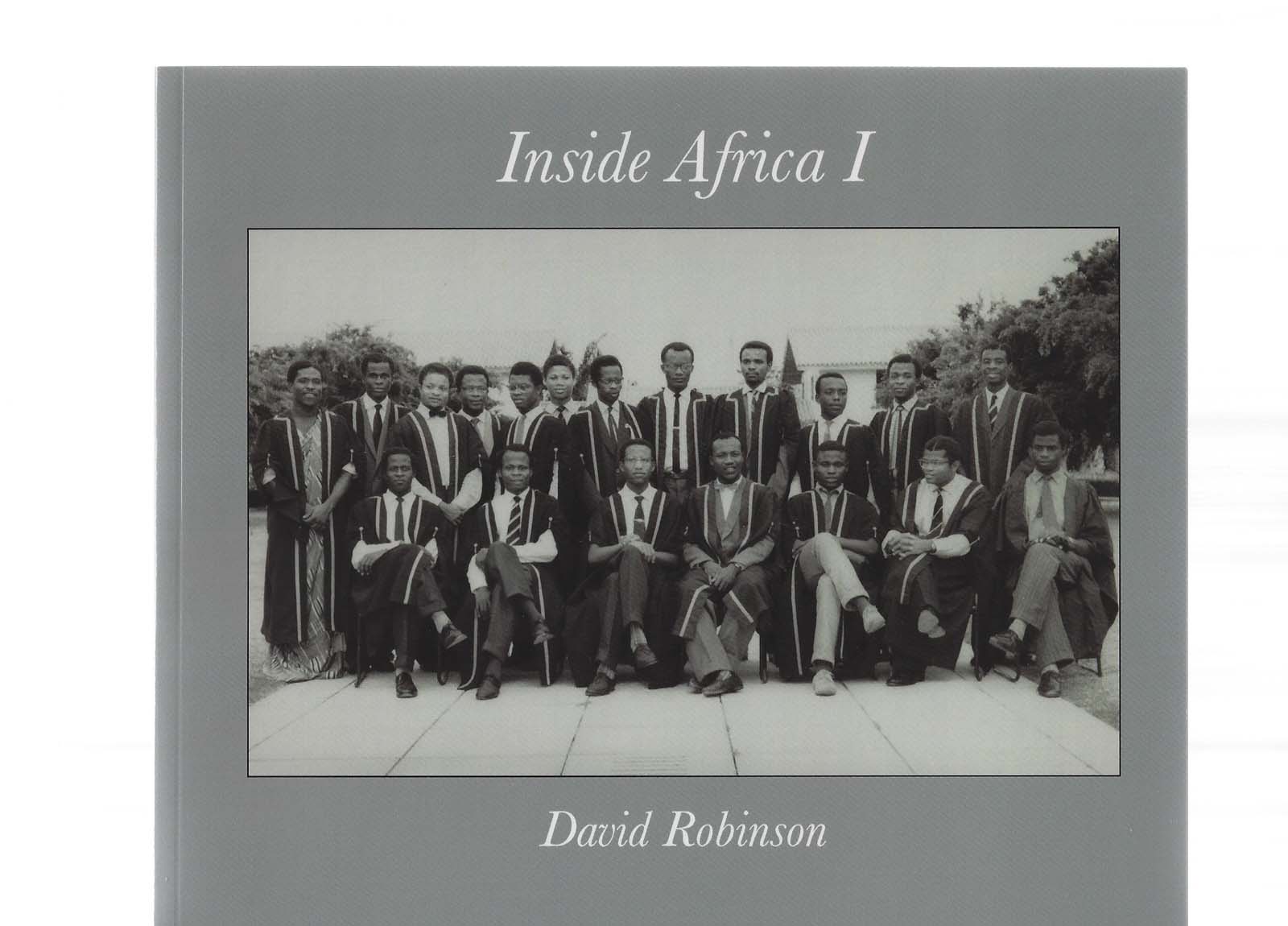
Inside Africa II
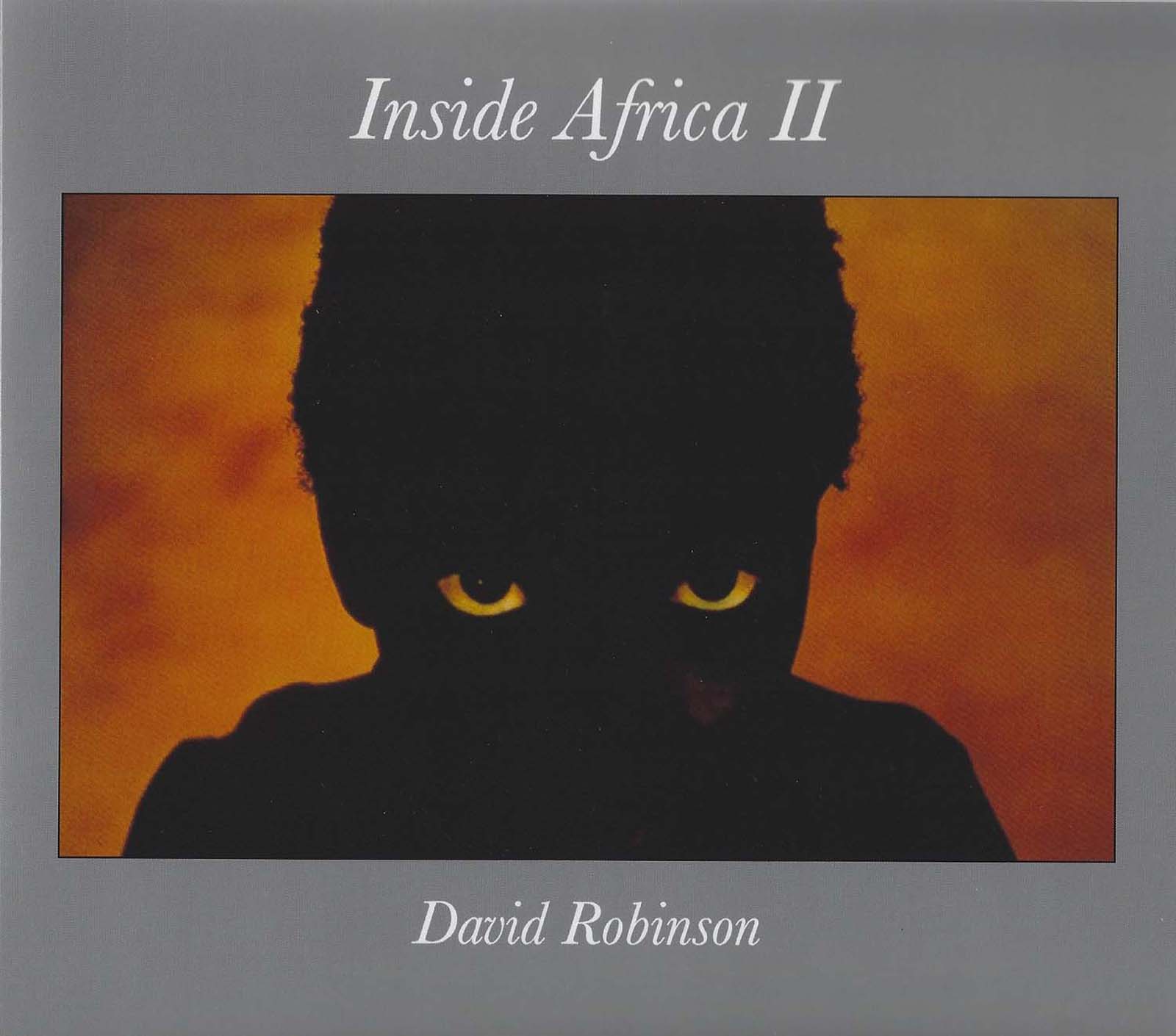
Africa Revisited – the 1990s
After leaving Nigeria in 1965, I returned to Harvard where I earned EDM and EDD degrees and over the years began to build a life in Boston. I switched my academic concentration from Africa to urban education and went to work for the Boston Public Schools, helping plan new schools to alleviate racial imbalance. I bought and renovated a townhouse in the South End of Boston (not to be confused with South Boston) fell in love, got married, and eventually transitioned from academia to photography. Africa grew more remote but never faded from my mind. Increasingly I wondered about what was going on at the University of Ghana and what had happened to the Comprehensive High School, Aiyetoro, that I had helped build. News from Africa in general and Nigeria in particular was mostly depressing.
It took me over 30 years to go back, to actually book and buy a ticket, although I spent much of those intervening years in Boston still thinking of Africa. I had grown up in Ghana and Nigeria — after college, that is — and I had come away part African, unable ever again to feel fully Western, like an immigrant in my own country. Also, Africa was where I had first picked up a camera, and I wanted to return as a photographer, seeking to explore both the familiar and the new. But much time had passed. I was returning in order to revive a dream, to see if it was possible to breathe new life into an old affection.
I made two return trips, first to Ghana in 1998 and then in 1999 to Nigeria, Ghana, Togo, and Ivory Coast. These photographs are a selection of what I found on my return.
I have also self-published two books of photographs and memoirs of my trips to Africa in the 1990s – Inside Africa Vol 3 (1998) and Inside Africa Vol 4 (1999).
Inside Africa III
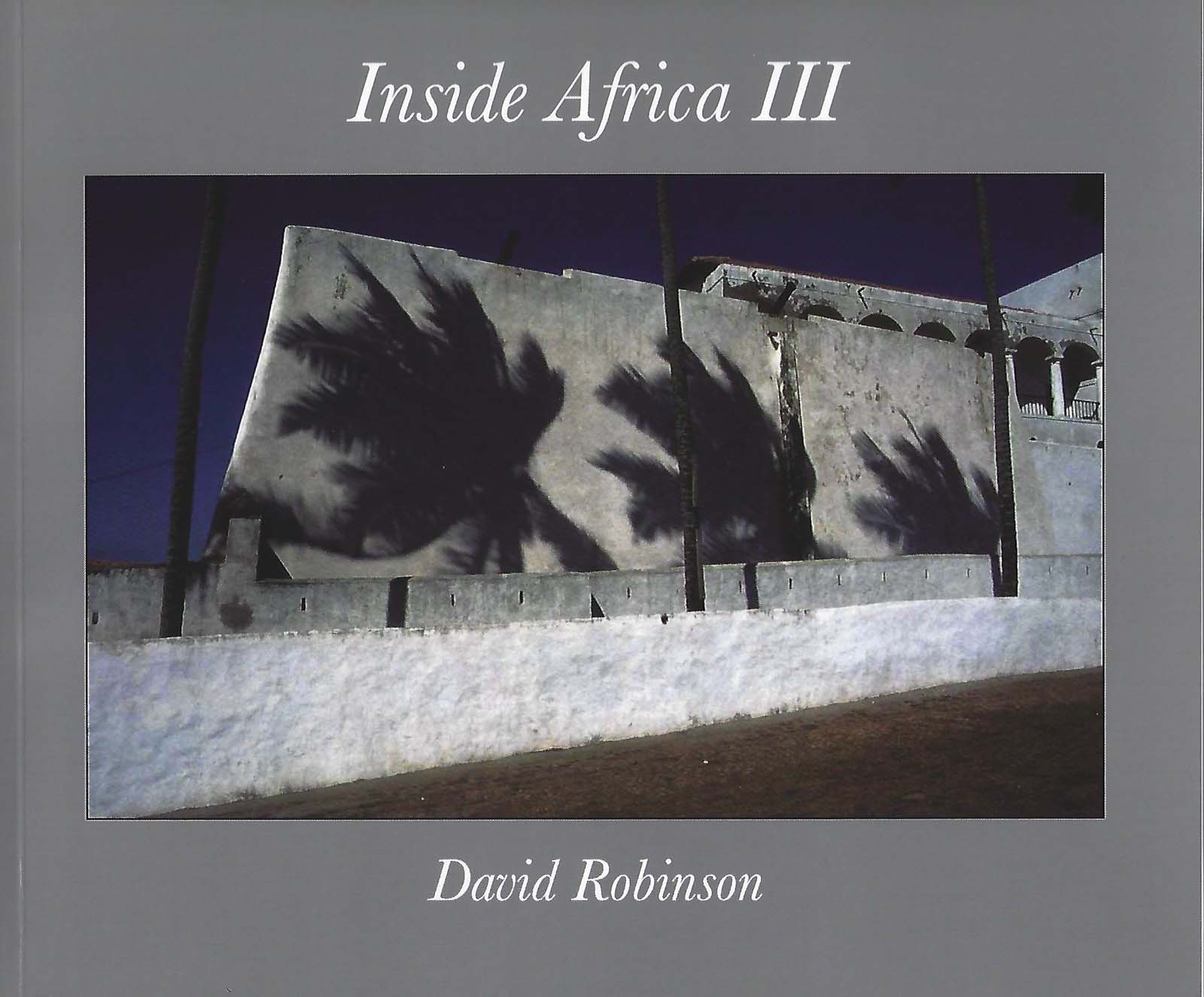
Inside Africa IV
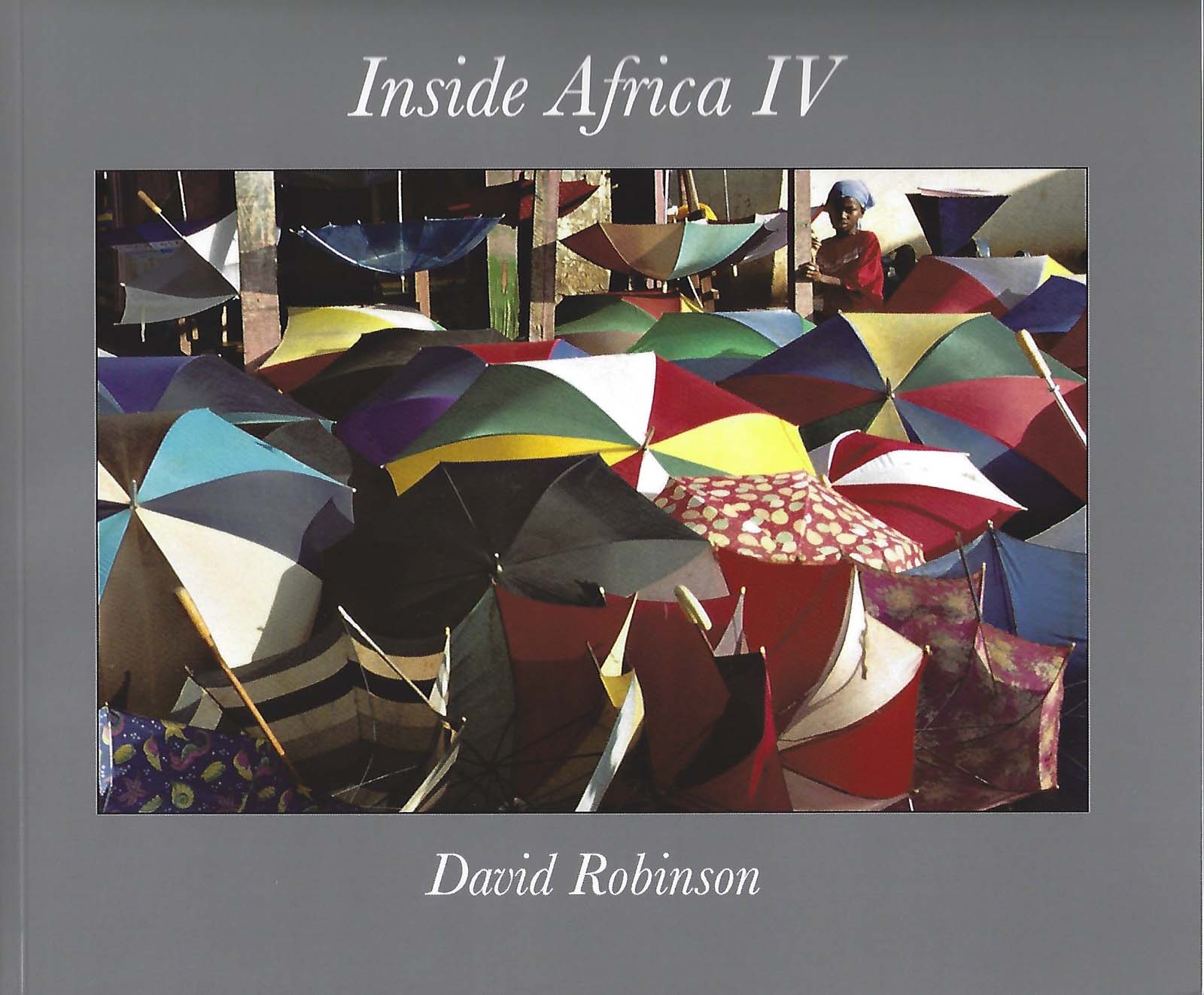
Africa
It was in Africa that I first picked up a camera and began to photograph. By that time, I had already lived a year in Africa, so I felt comfortable with the people and acquainted with their way of life. These photographs are some of my first, taken between 1963 and 1965 in Nigeria, Dahomey (since renamed Benin) and while crossing the Sahara. Africa was familiar to me, but photography was new.
I had flown into Afica blind — with no idea of what to expect — in 1960 to study at the University of Ghana. At that time Ghana was the only country to have gained its freedom from colonialism, but I knew little else about the country or the continent.
During the year that followed, however I was tutored by my professors, most of them African and taken in hand by my fellow students who introduced me to African culture and society. As the only non-African among the 150 students in my dormitory, my education took place not only in the classroom but also through endless late-night conversations, in visits to villages and homes and by traveling throughout West Africa. At the university, in the markets and villages, on the buses and in the nightclubs, my world was exclusively African.
I left Ghana to enter the African Studies Program at Boston University. My year of total immersion had a profound effect on me. Africa had entered my bloodstream. My entire world view, my sense of beauty and aesthetics had been shaped in a way that changed me forever. Studying at B. U. for my M. A. in African history deepened my involvement mentally and spiritually, but I wanted to live in Africa rather than just think it. I was determined to return.
Nearing the end of my course work, I found my way. I was hired by Harvard University to go to the Western Region of Nigeria to help build, teach and administer an experimental American-style high school. It was at this point that I decided to buy a camera, and soon after my arrival in Nigeria, I began to photograph. I had already traveled there — by mammy wagon, train, bus and bicycle — so I knew something of the country. On my return, I spent almost three years at the Comprehensive High School, Aiyetoro, during which time I traveled to all regions of Nigeria and beyond — to neighboring Dahomey (Benin), to South Africa and by Land Rover across the Sahara through Algeria to Morocco. I made many new friends and during my travels saw many new aspects of the vast African mosaic.
As a photographer, I concentrated on what I knew and liked best — the people and how they lived. Africans had taught me to see. Extremely observant, very little escapes their notice — or commentary. I can’t say that I reached the same level of perception. But through their example, I learned to look carefully at my surroundings. My language of study and interpretation became photography.
For me, African beauty was not the exotic African natives of so many coffee table picture books. And in West Africa it certainly wasn’t the animals and breathtaking landscapes of safari brochures. I found my deepest appreciation of Africa in the small gestures of everyday living, watching people go about their daily chores and pleasures. It all became perfectly natural to me. I found that the beauty of Africa was not external but wrapped up in the totality of life.
I had come into Africa and discovered a sympathetic rhythm of life that contained energy and humor and was full of grace. Living right in the middle of it, surrounded by Africa, I felt privileged — and I still do. These photographs are my way of showing my appreciation to the Africans who taught me and to the Africa I knew and loved.
My first exhibition (in July `1970 at the M.I.T. Student Center) was of my photographs from Africa. Now — more than 30 years later — at a time when images of Africa are almost always exotic or tragic — I have reprinted 10 of those photographs for inclusion in this limited edition portfolio. The photographs were scanned and cleaned (but not otherwise changed) and printed from digital files.
Individual prints are numbered in editions of 20. All photographs are numbered, titled and signed on the back. The Into Africa portfolio is an edition of 10 (numbers 1-10 of the print edition). There are also 2 Artists Proofs of the portfolio.
Inside Africa I

Inside Africa II

Africa Revisited – the 1990s
After leaving Nigeria in 1965, I returned to Harvard where I earned EDM and EDD degrees and over the years began to build a life in Boston. I switched my academic concentration from Africa to urban education and went to work for the Boston Public Schools, helping plan new schools to alleviate racial imbalance. I bought and renovated a townhouse in the South End of Boston (not to be confused with South Boston) fell in love, got married, and eventually transitioned from academia to photography. Africa grew more remote but never faded from my mind. Increasingly I wondered about what was going on at the University of Ghana and what had happened to the Comprehensive High School, Aiyetoro, that I had helped build. News from Africa in general and Nigeria in particular was mostly depressing.
It took me over 30 years to go back, to actually book and buy a ticket, although I spent much of those intervening years in Boston still thinking of Africa. I had grown up in Ghana and Nigeria — after college, that is — and I had come away part African, unable ever again to feel fully Western, like an immigrant in my own country. Also, Africa was where I had first picked up a camera, and I wanted to return as a photographer, seeking to explore both the familiar and the new. But much time had passed. I was returning in order to revive a dream, to see if it was possible to breathe new life into an old affection.
I made two return trips, first to Ghana in 1998 and then in 1999 to Nigeria, Ghana, Togo, and Ivory Coast. These photographs are a selection of what I found on my return.
I have also self-published two books of photographs and memoirs of my trips to Africa in the 1990s – Inside Africa Vol 3 (1998) and Inside Africa Vol 4 (1999).
Inside Africa III

Inside Africa IV

